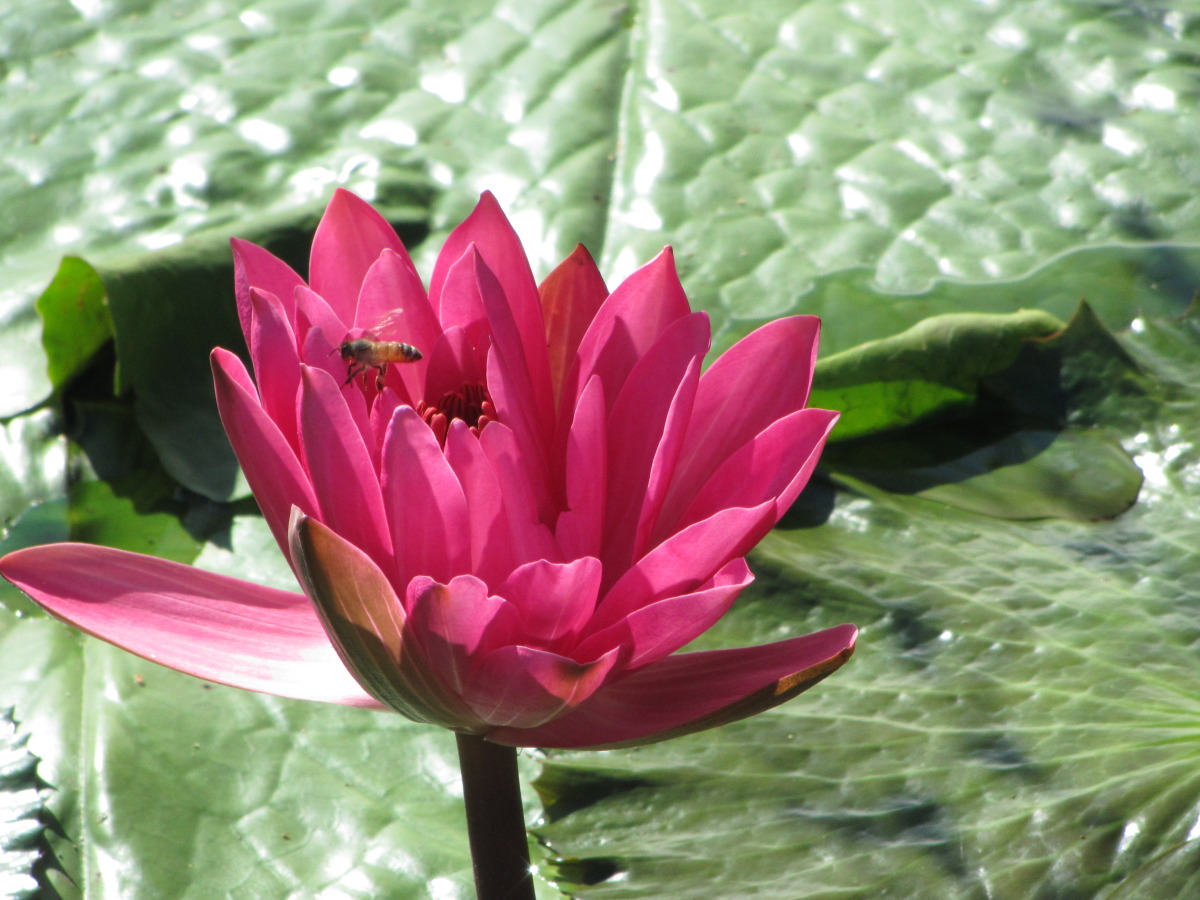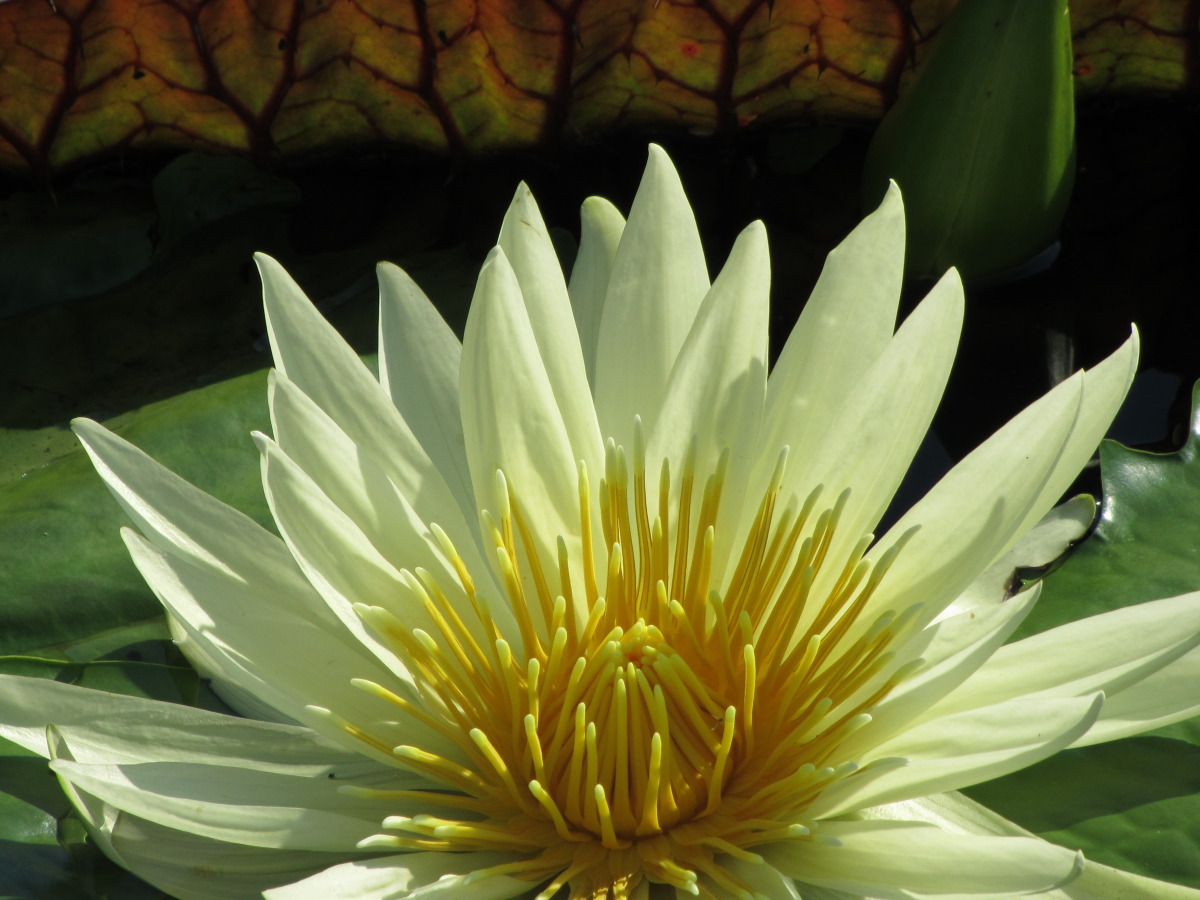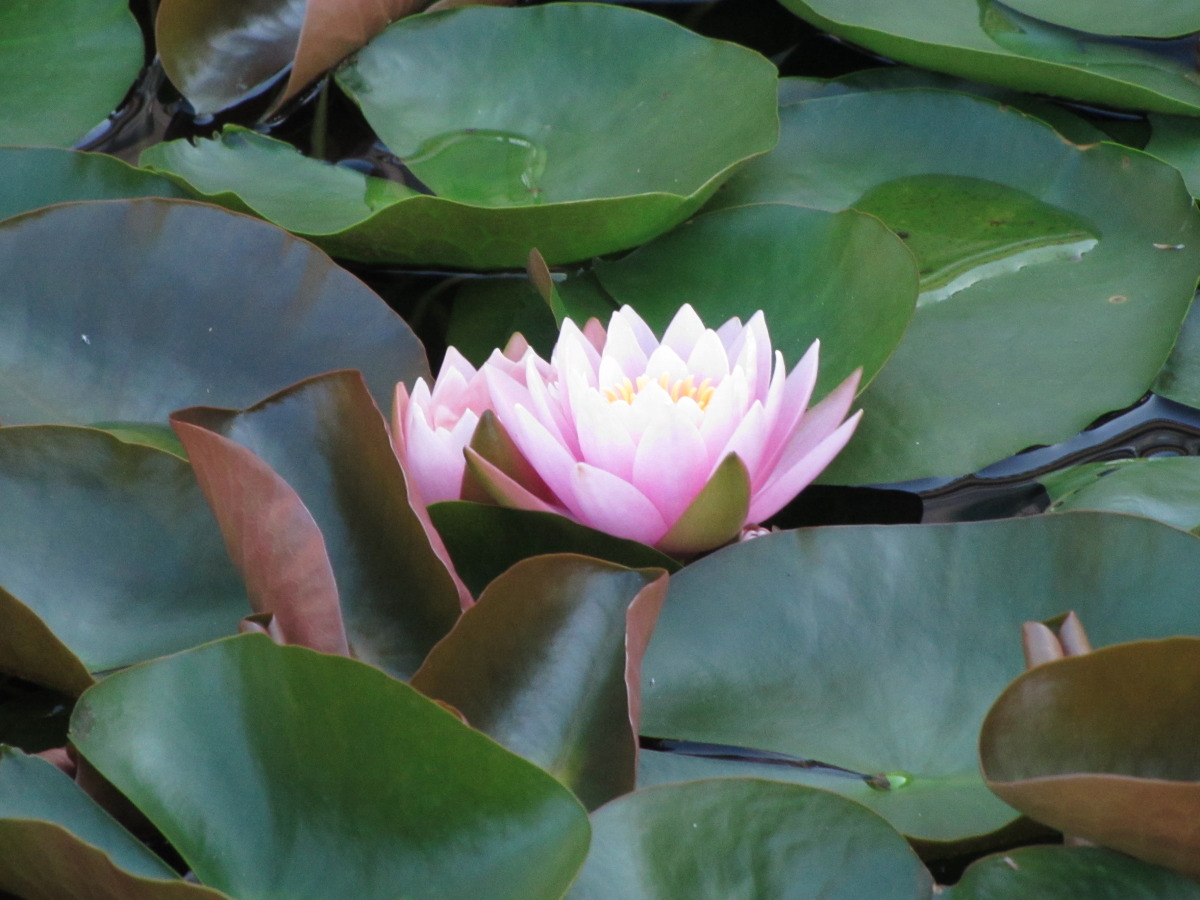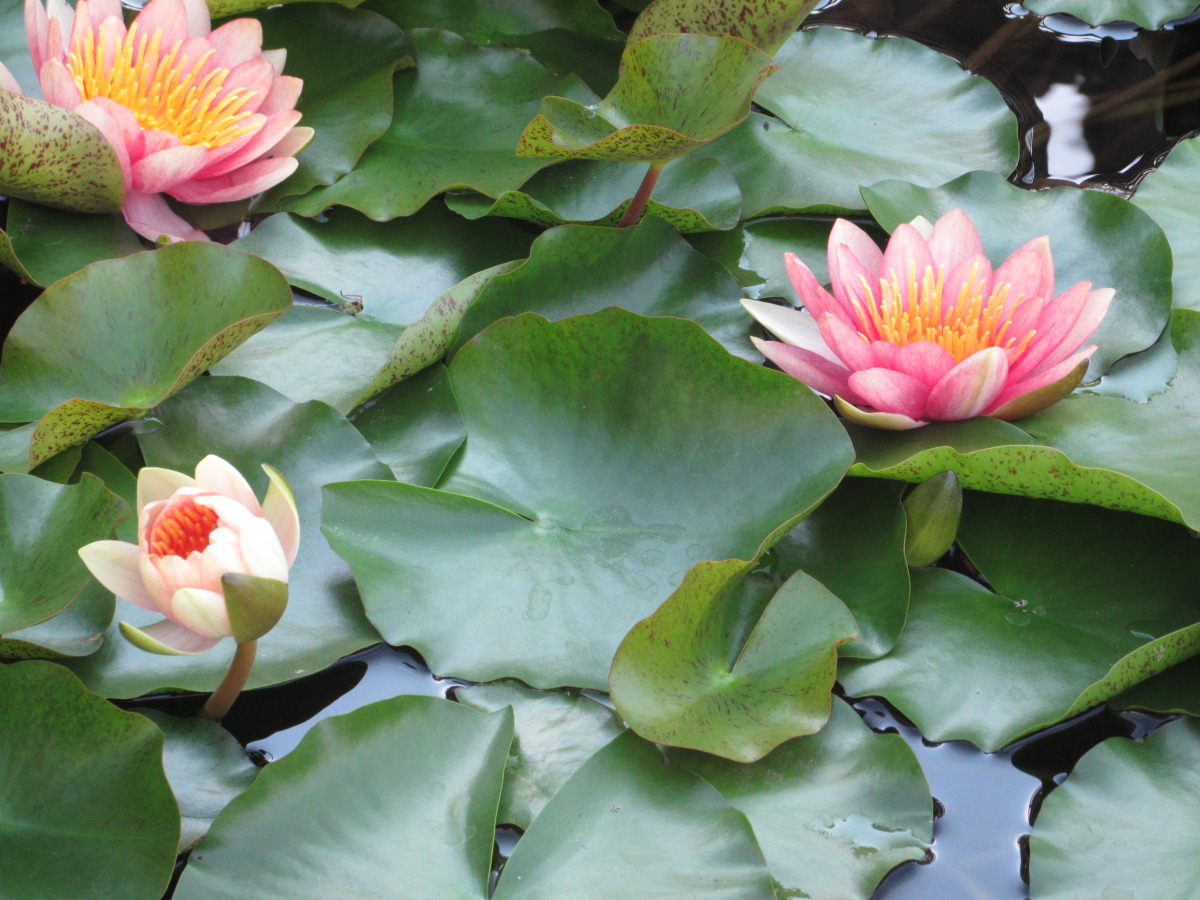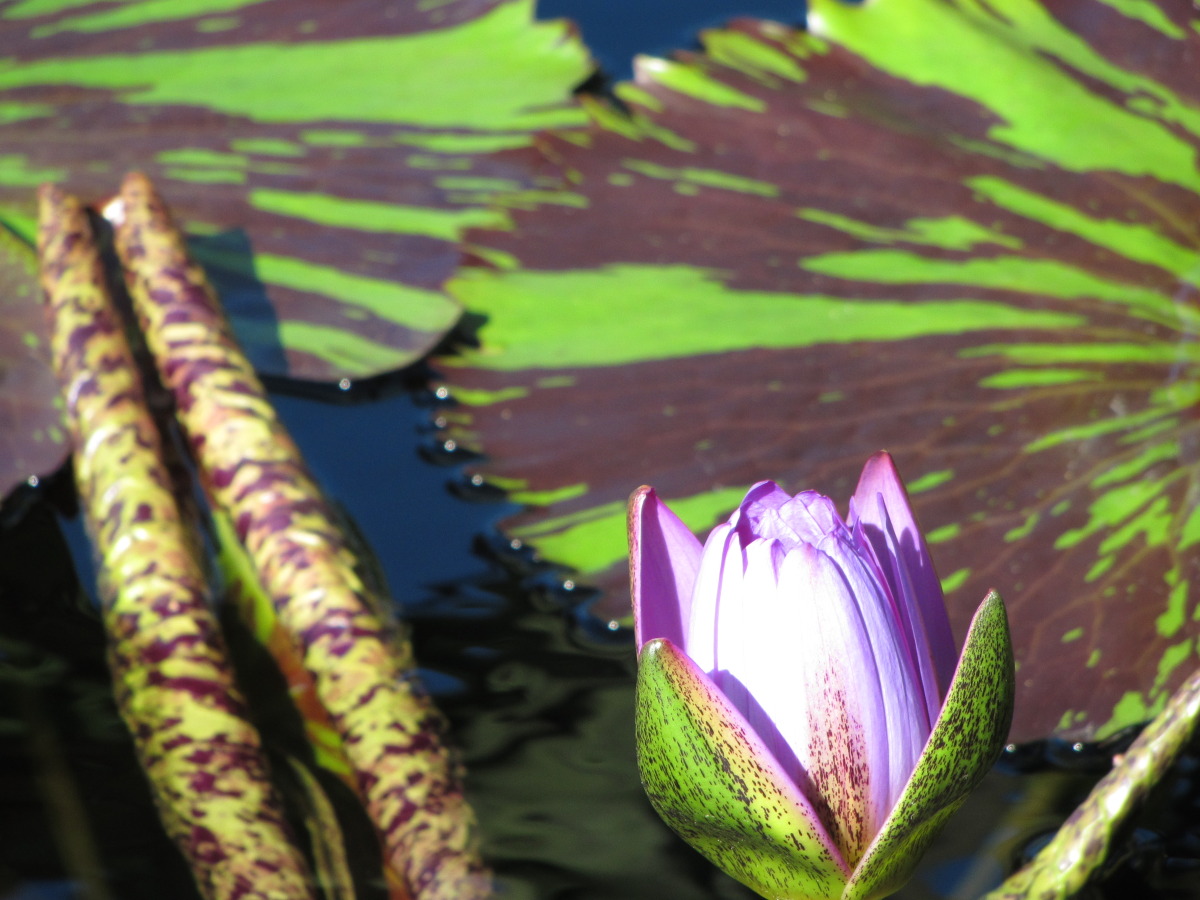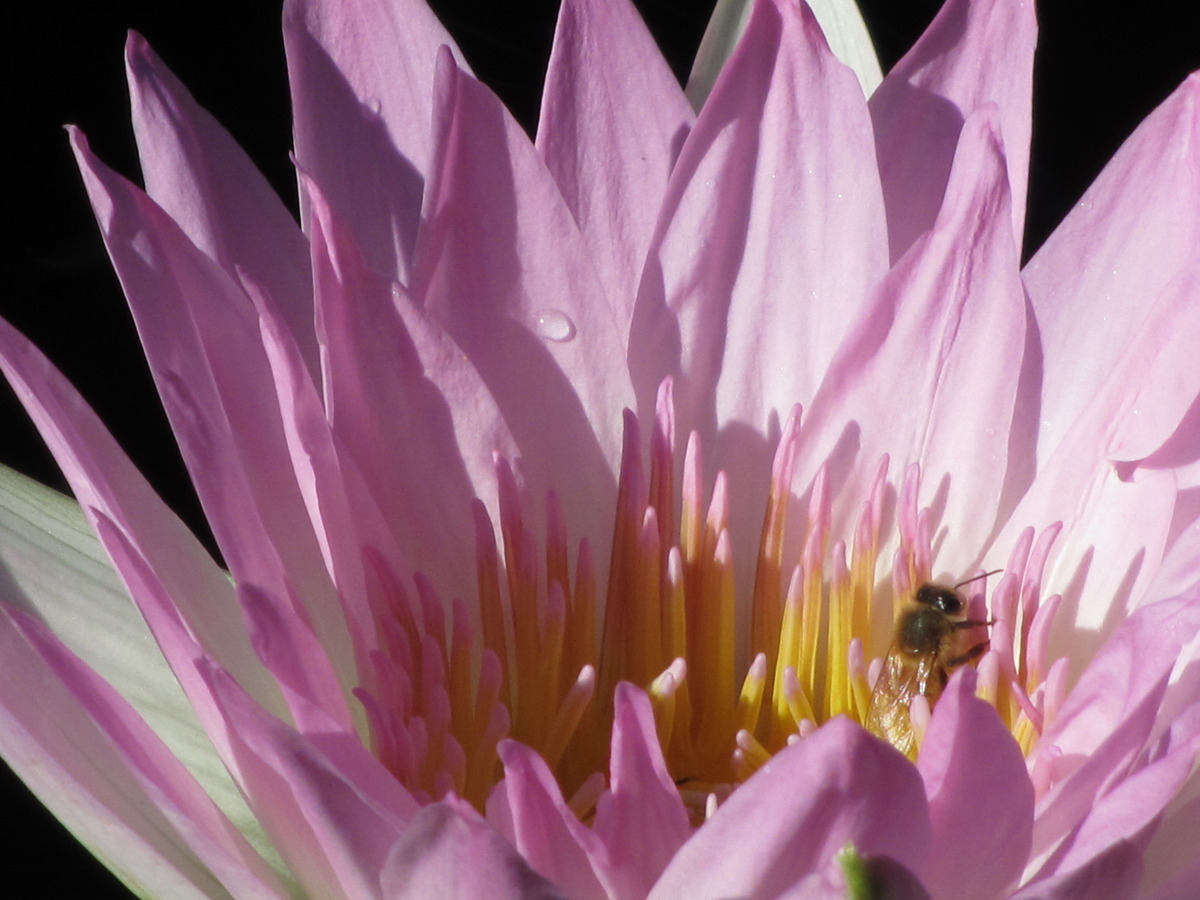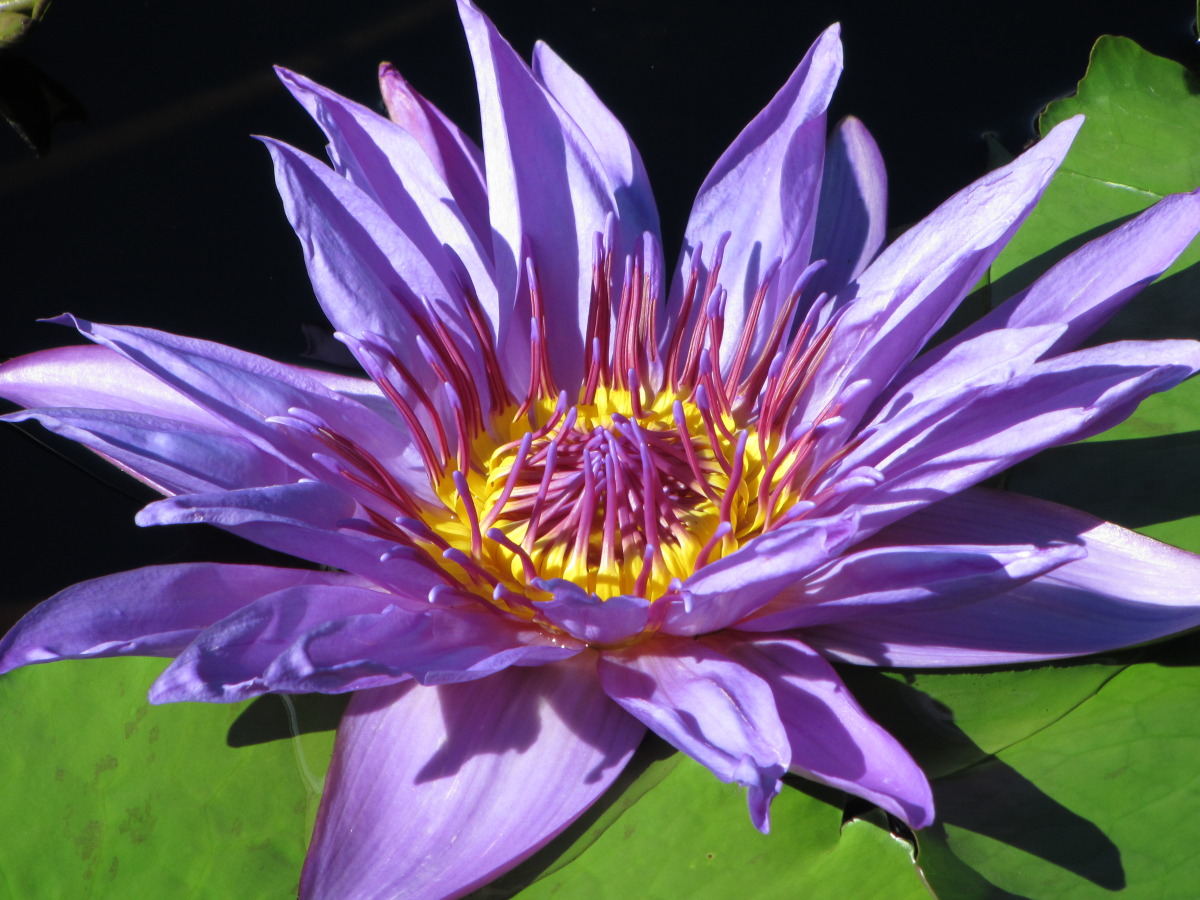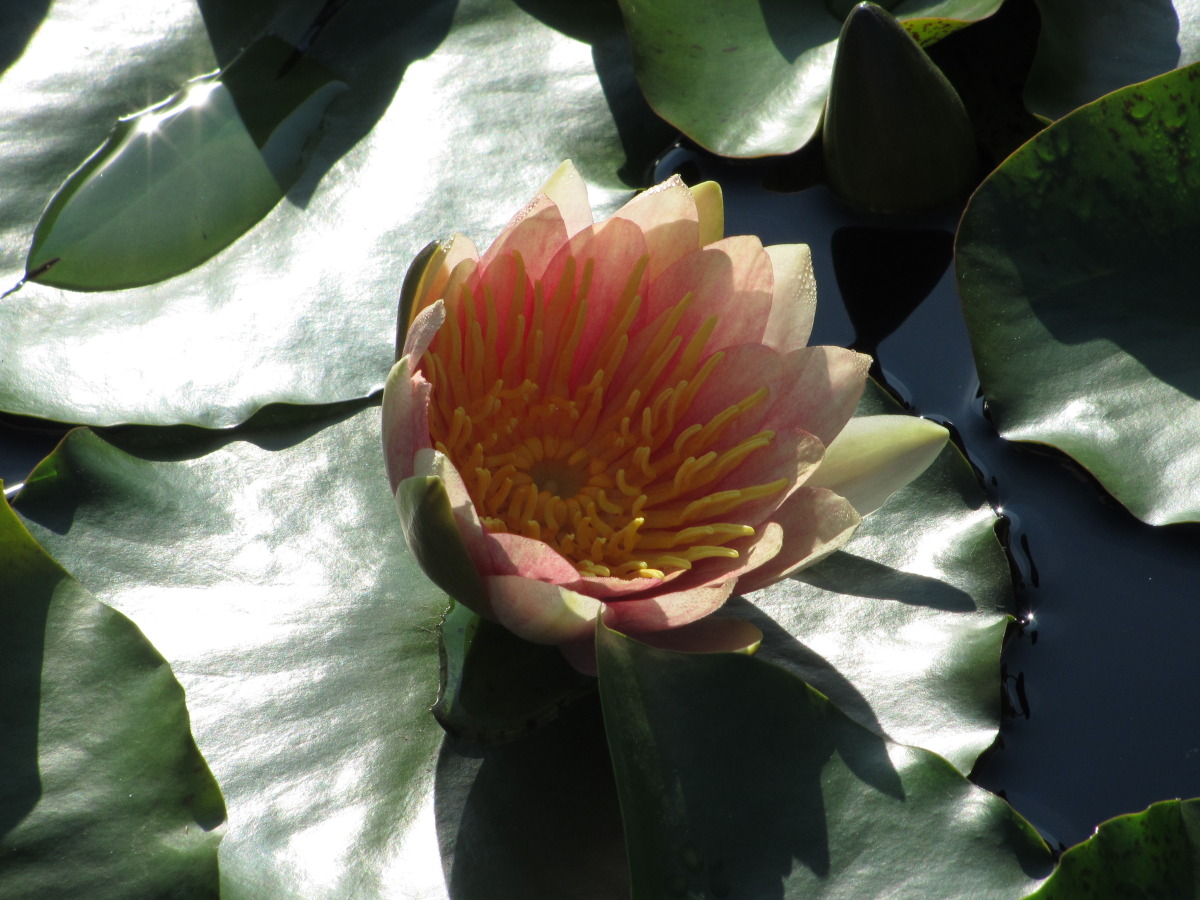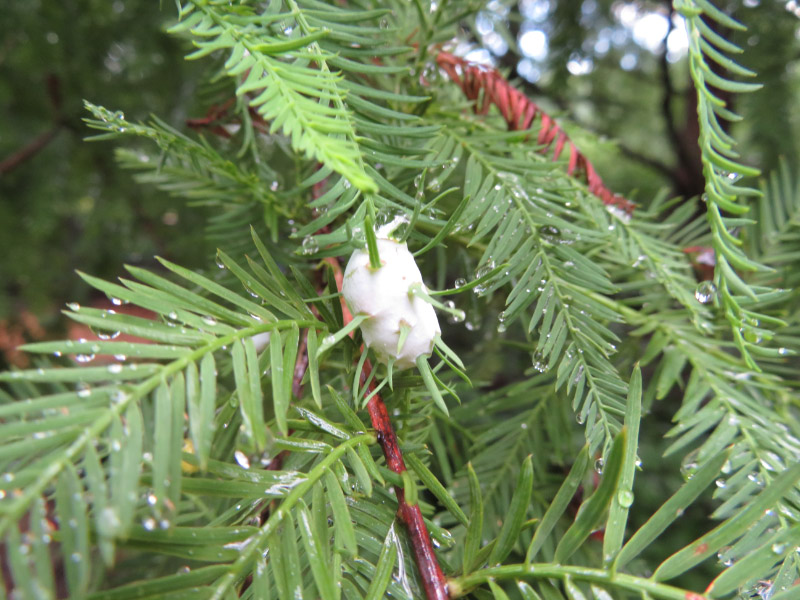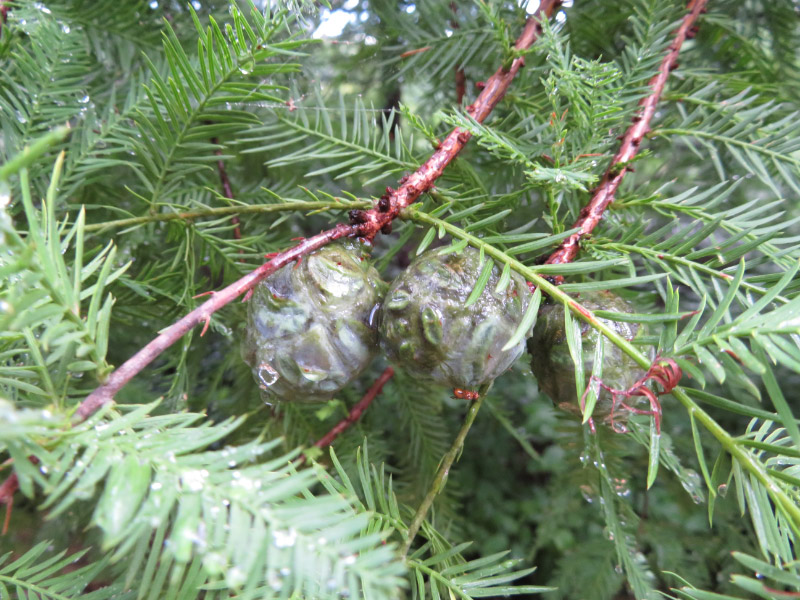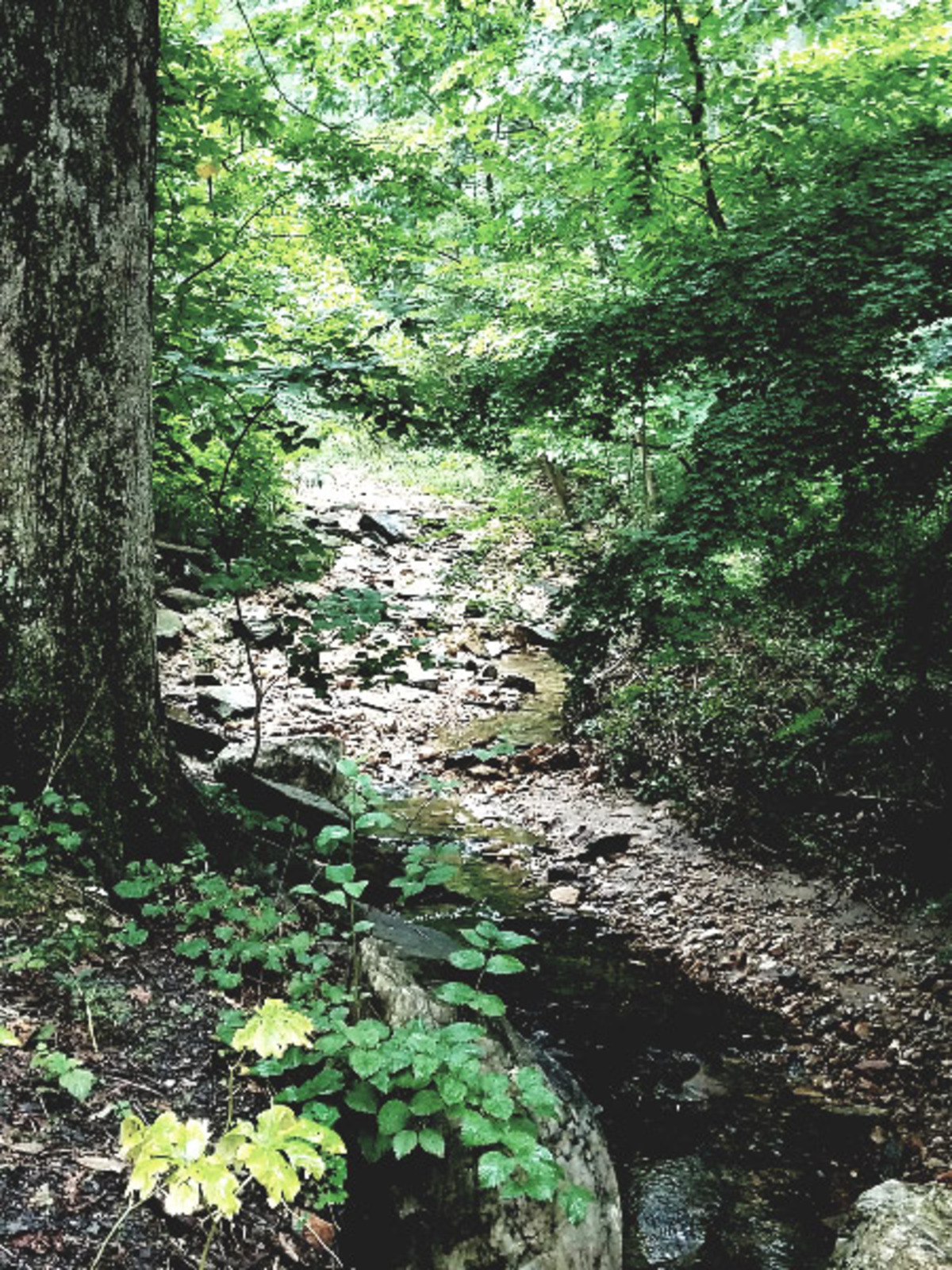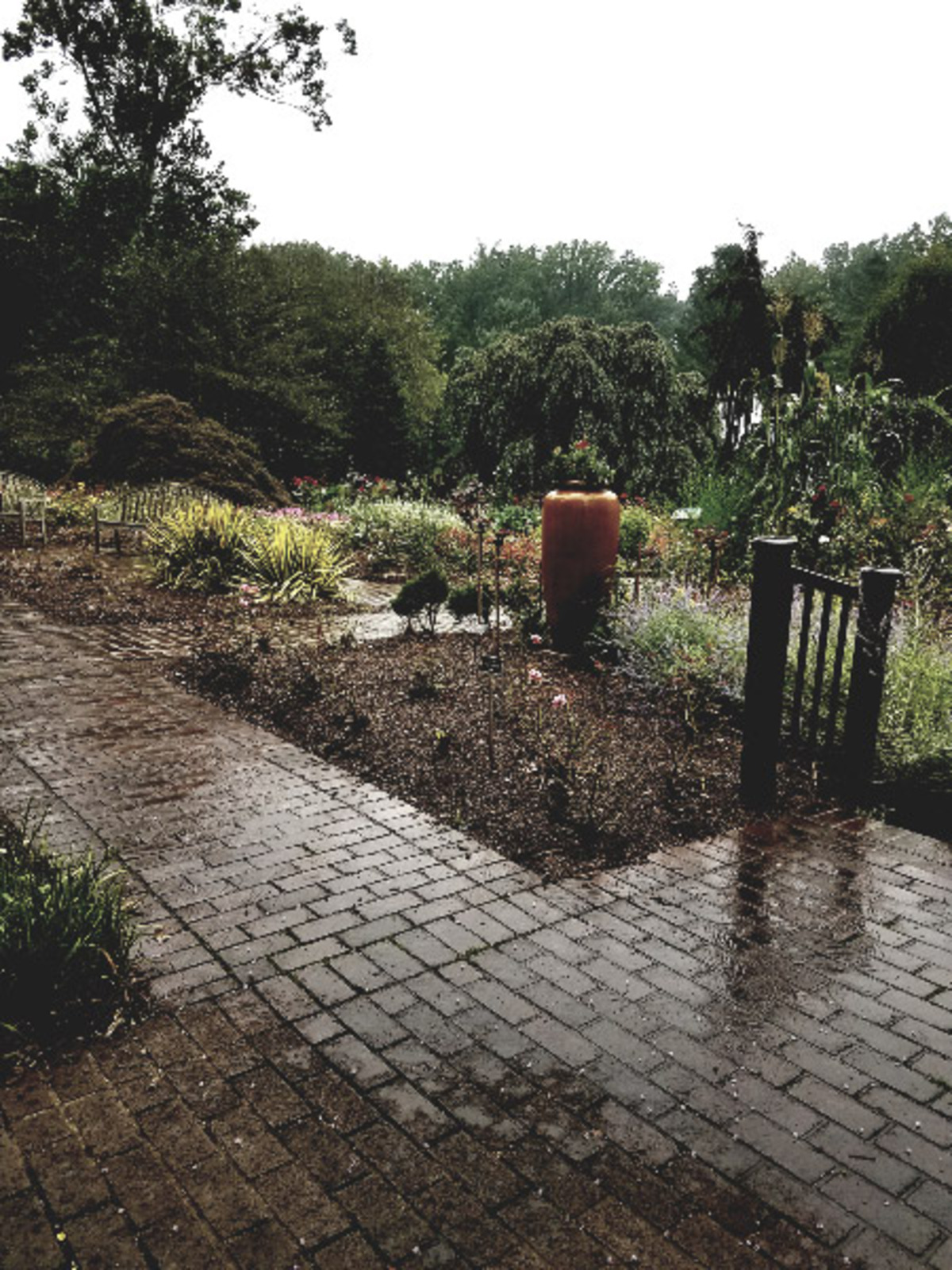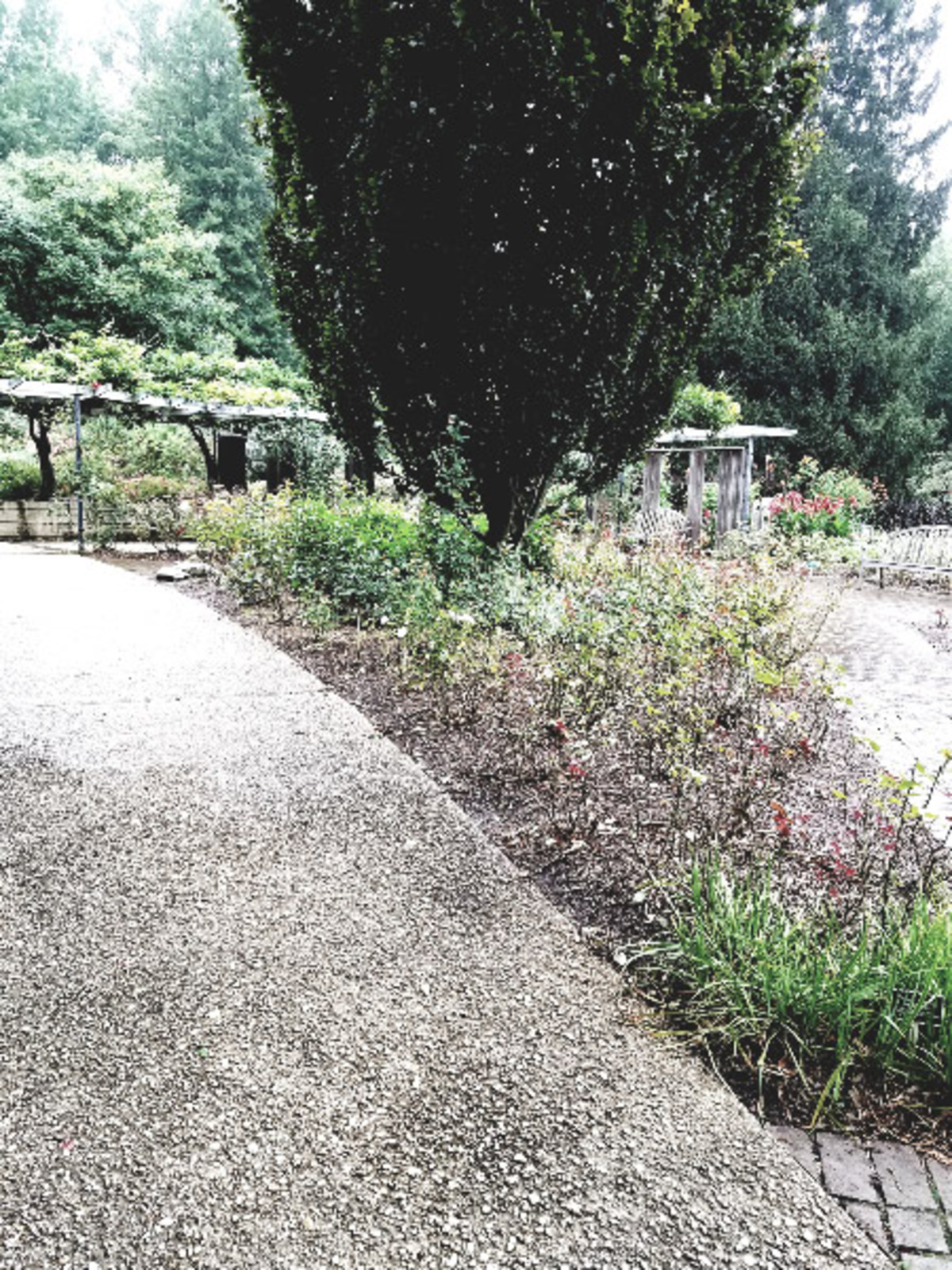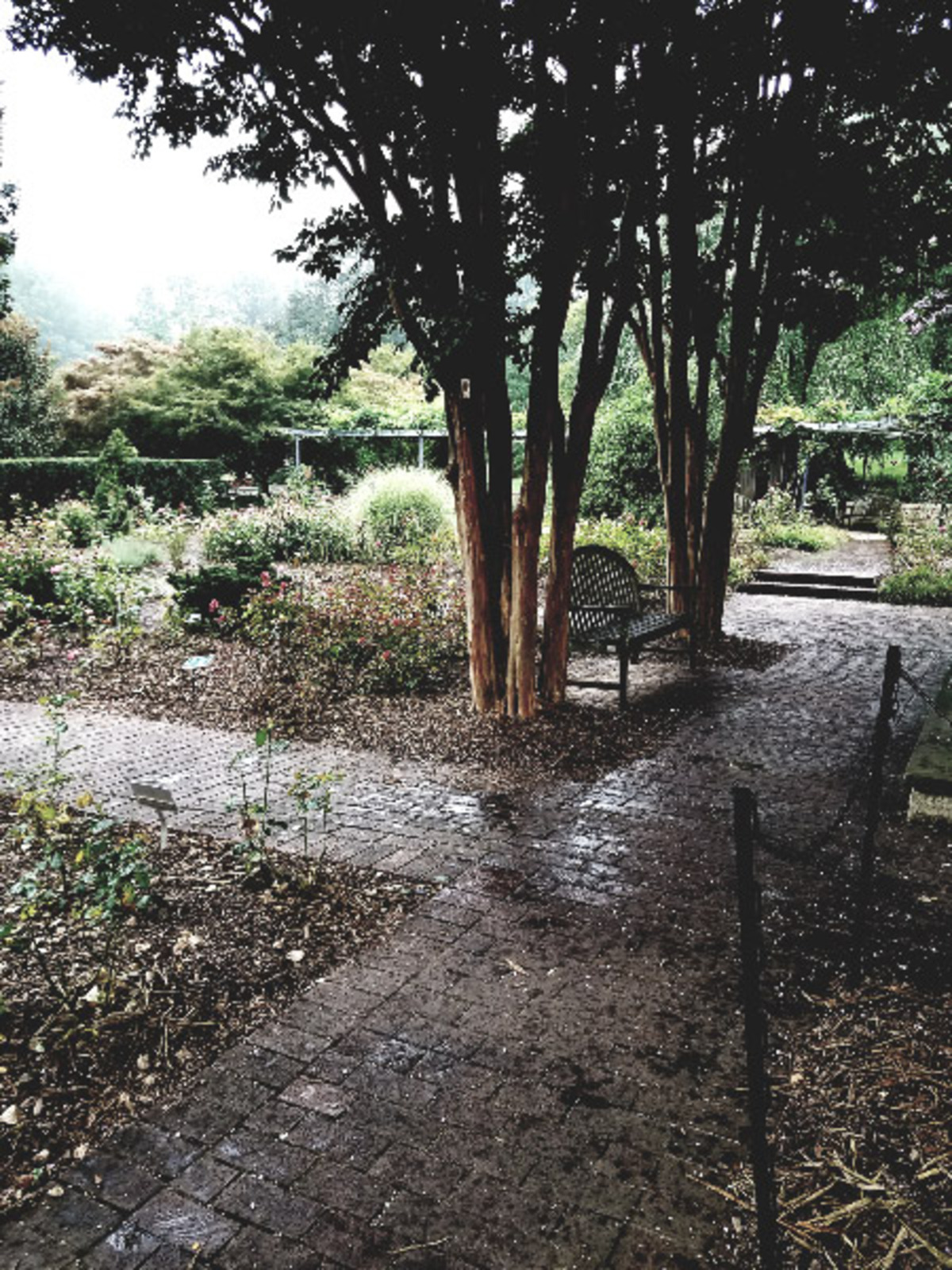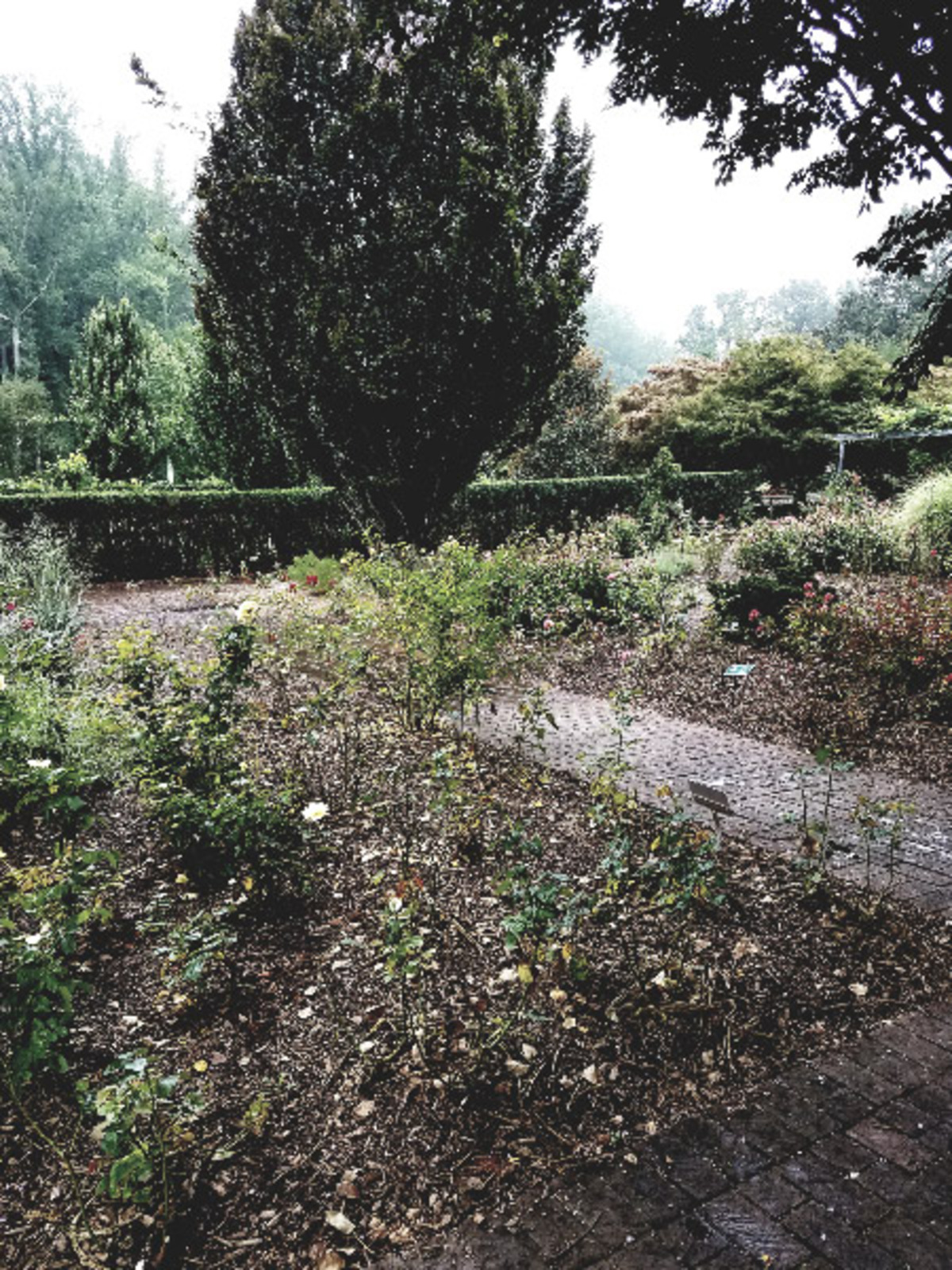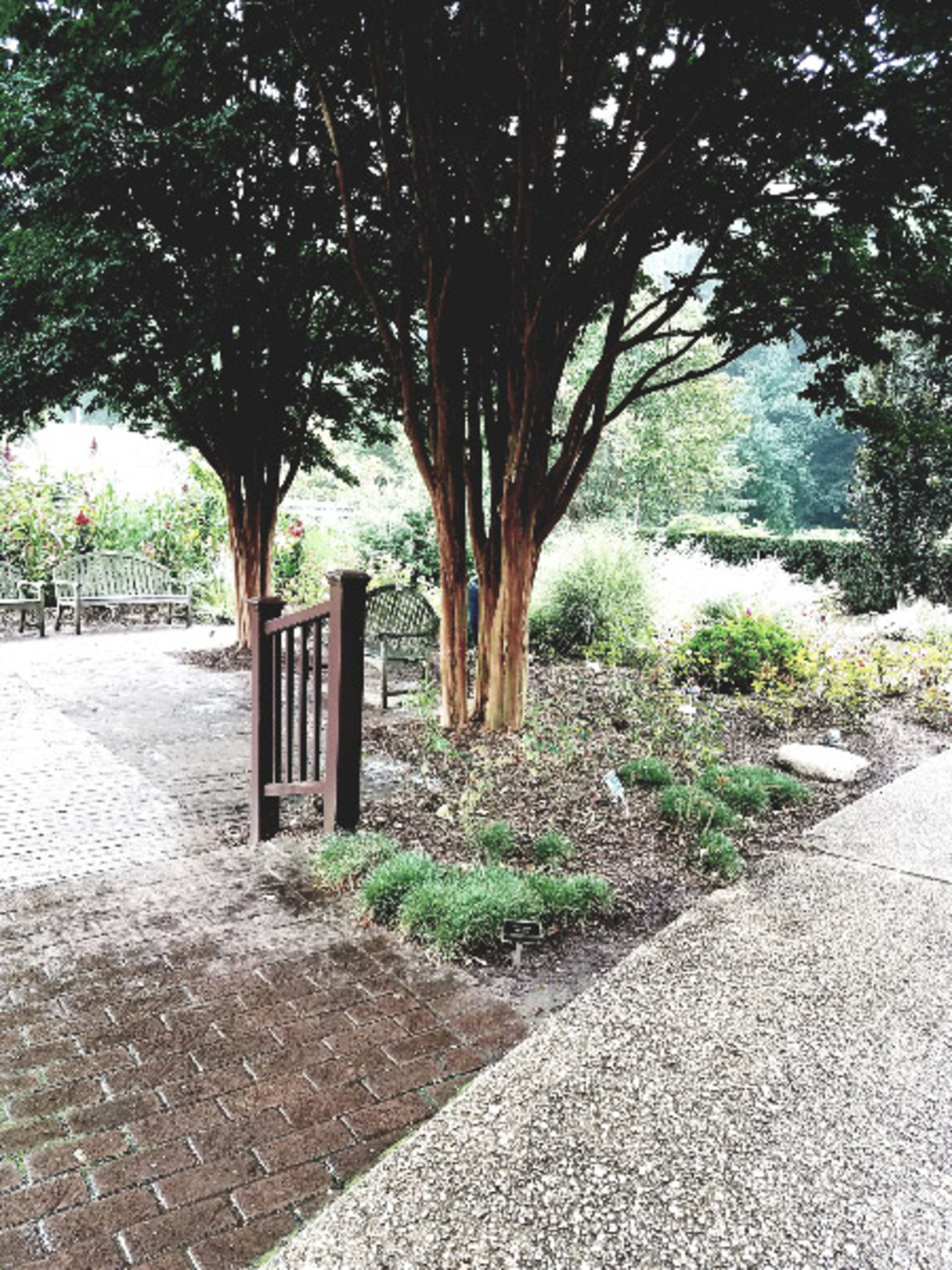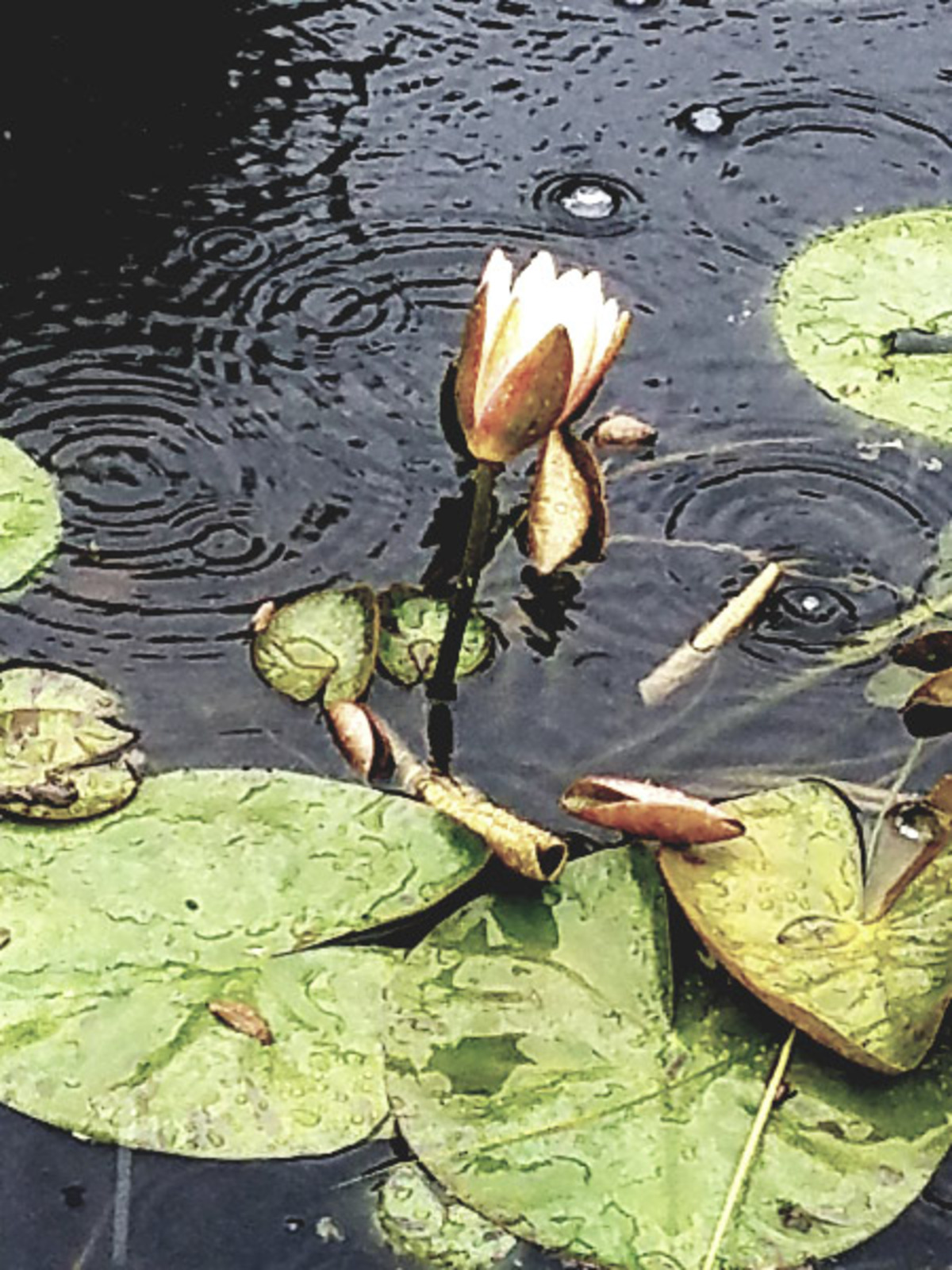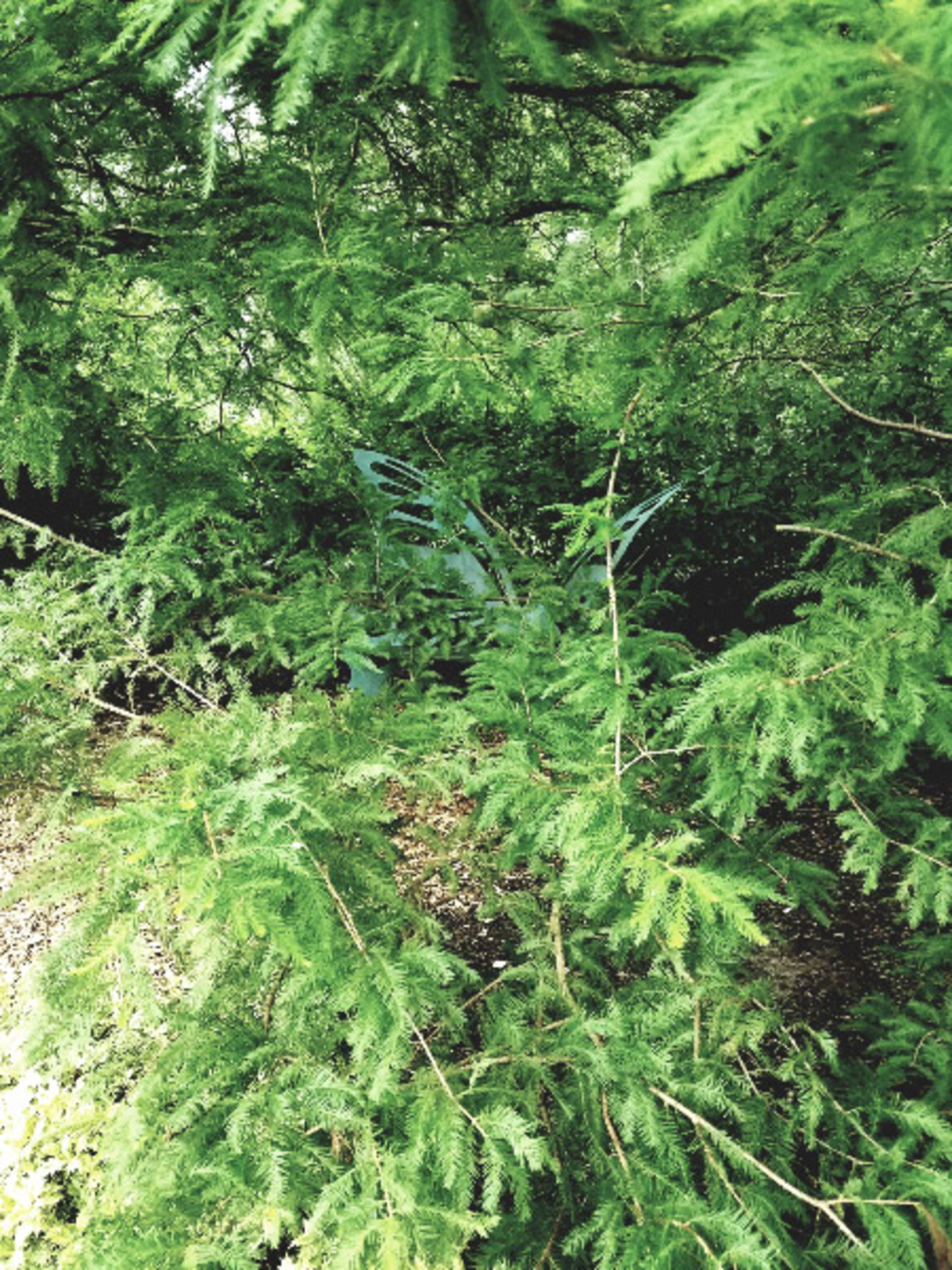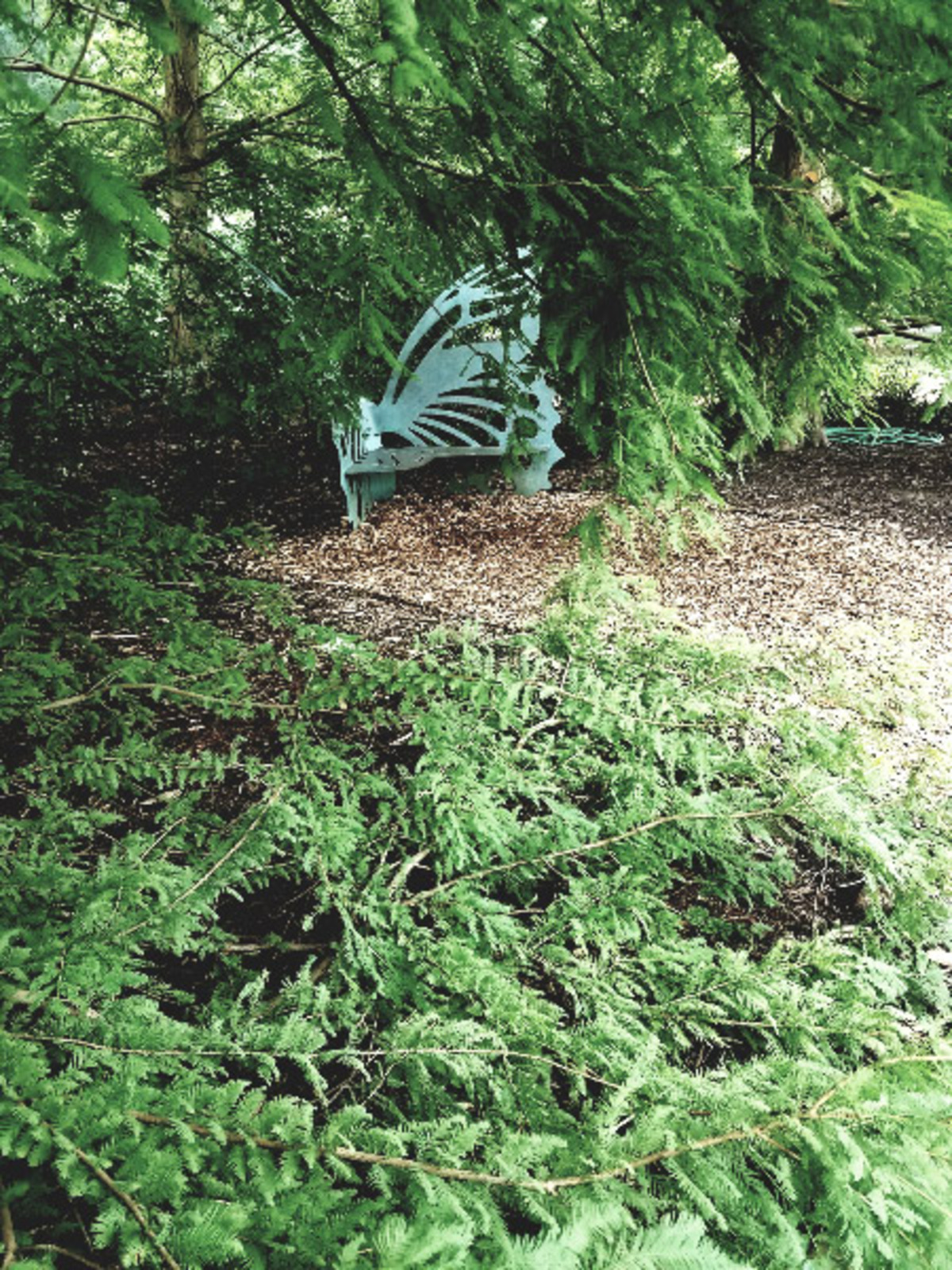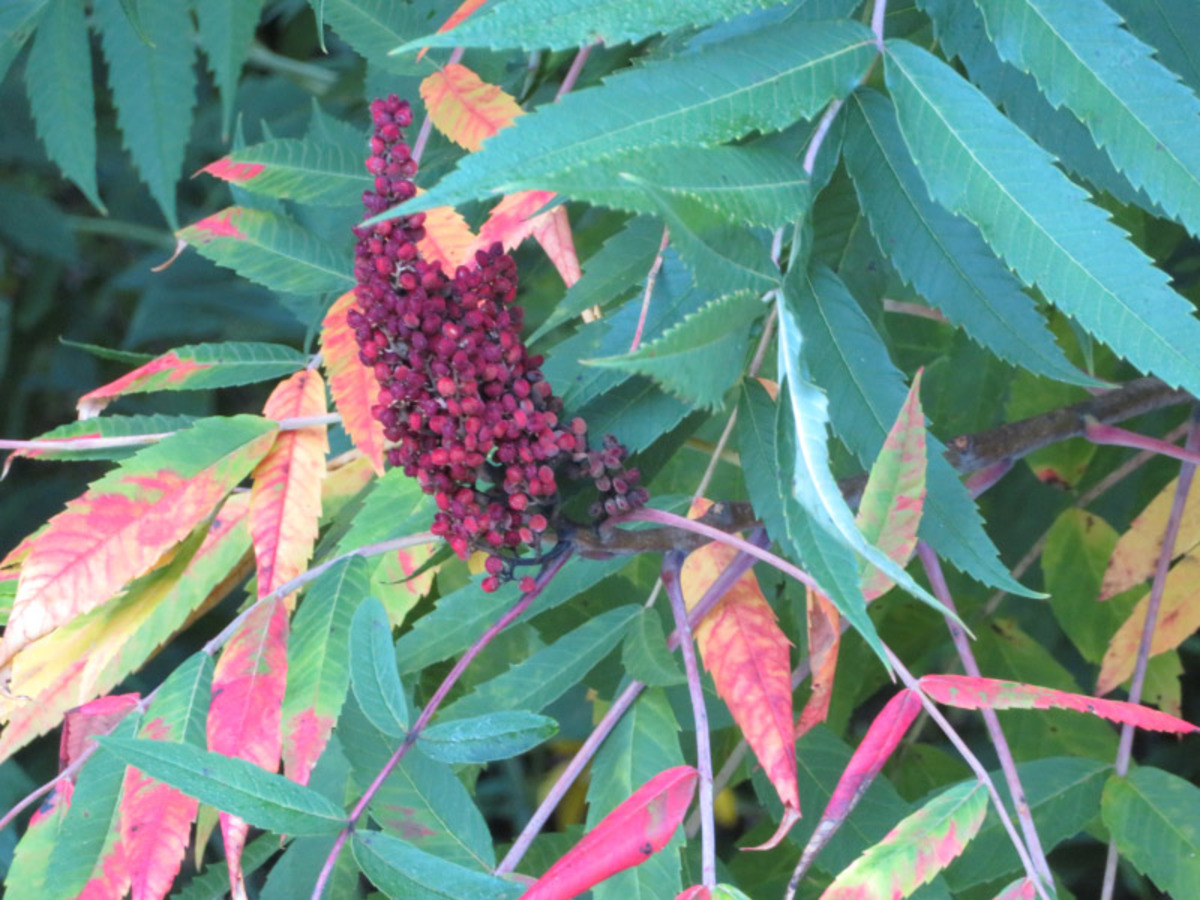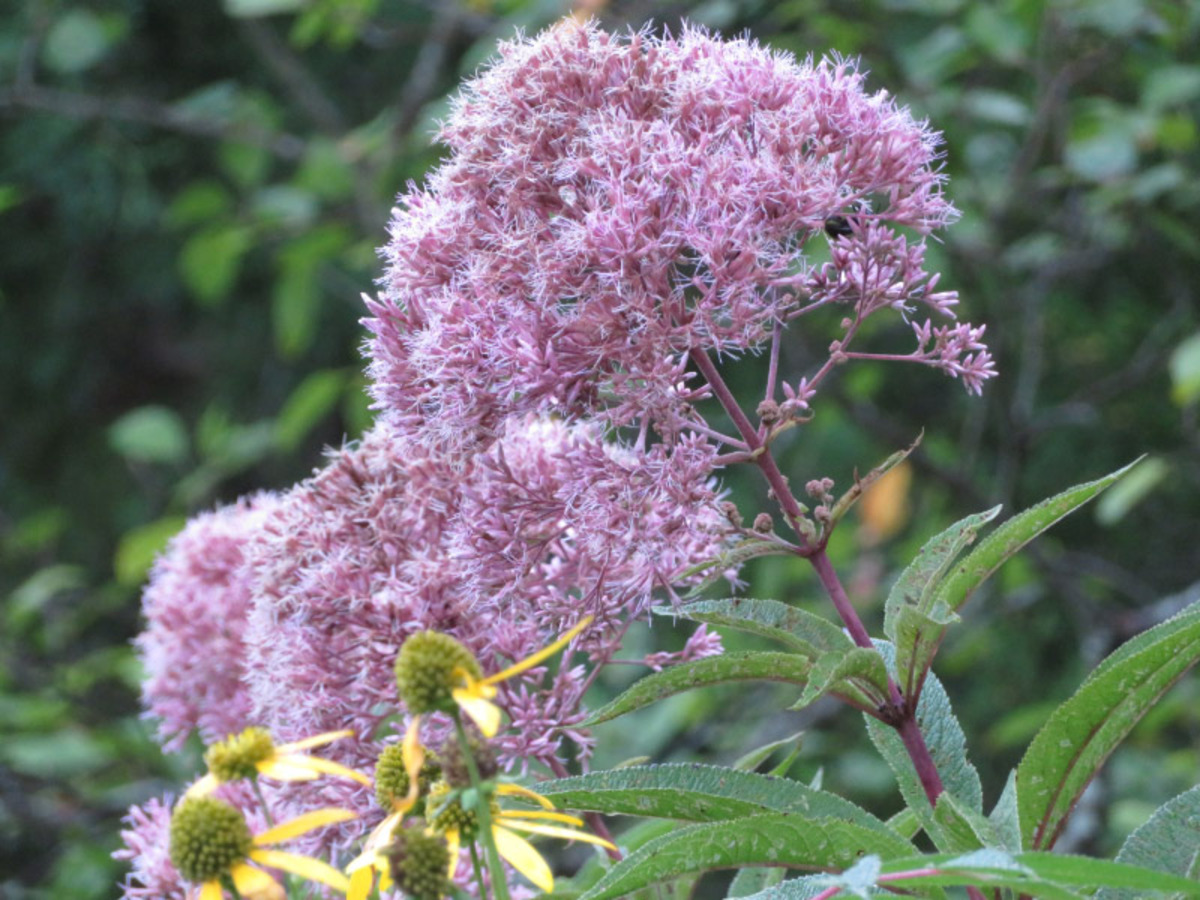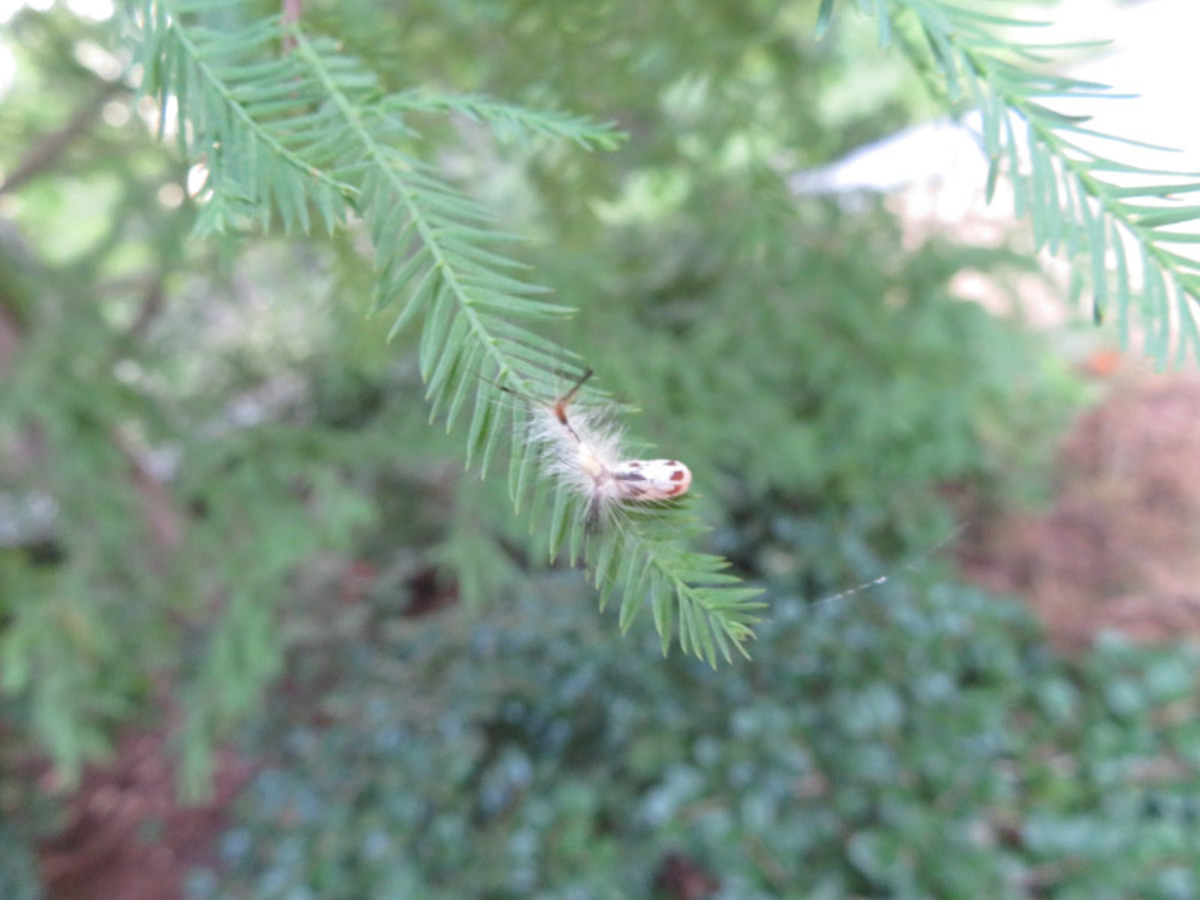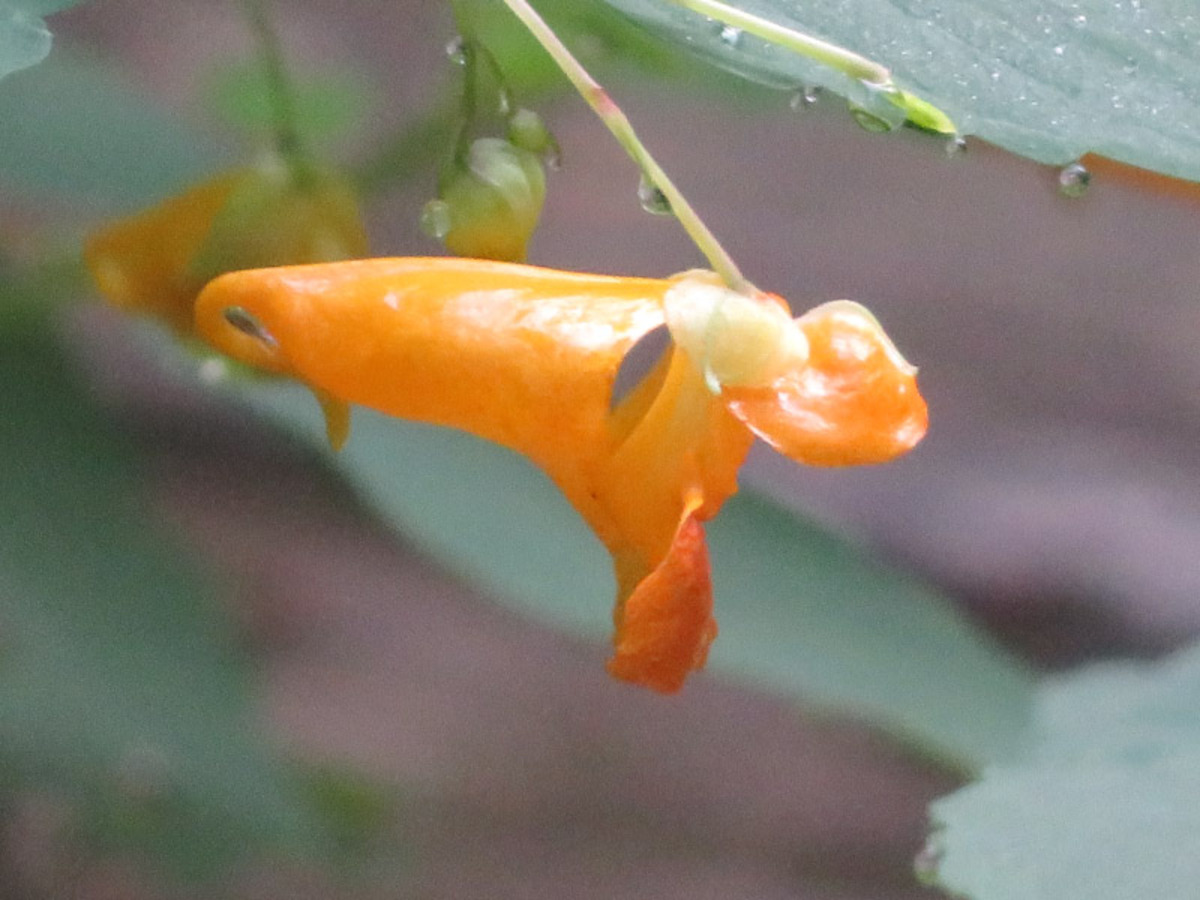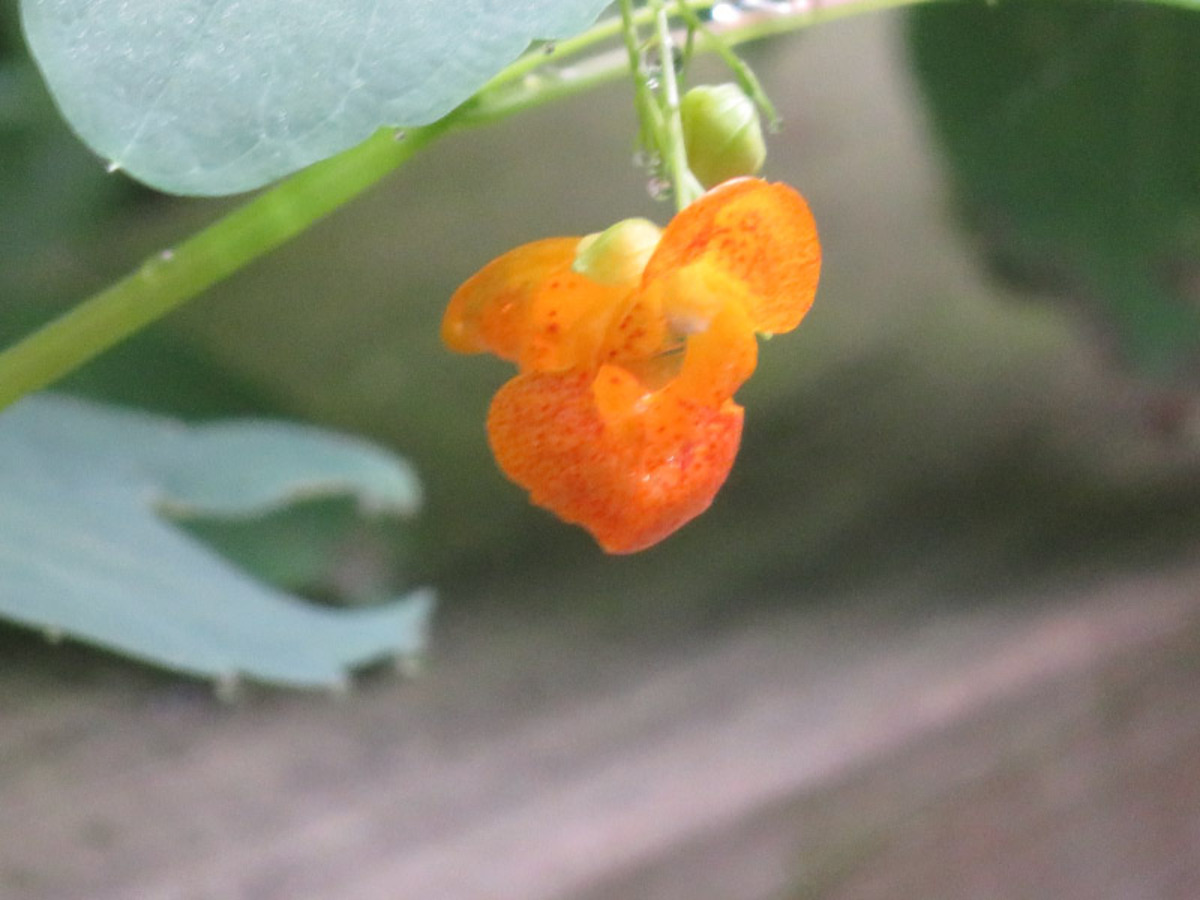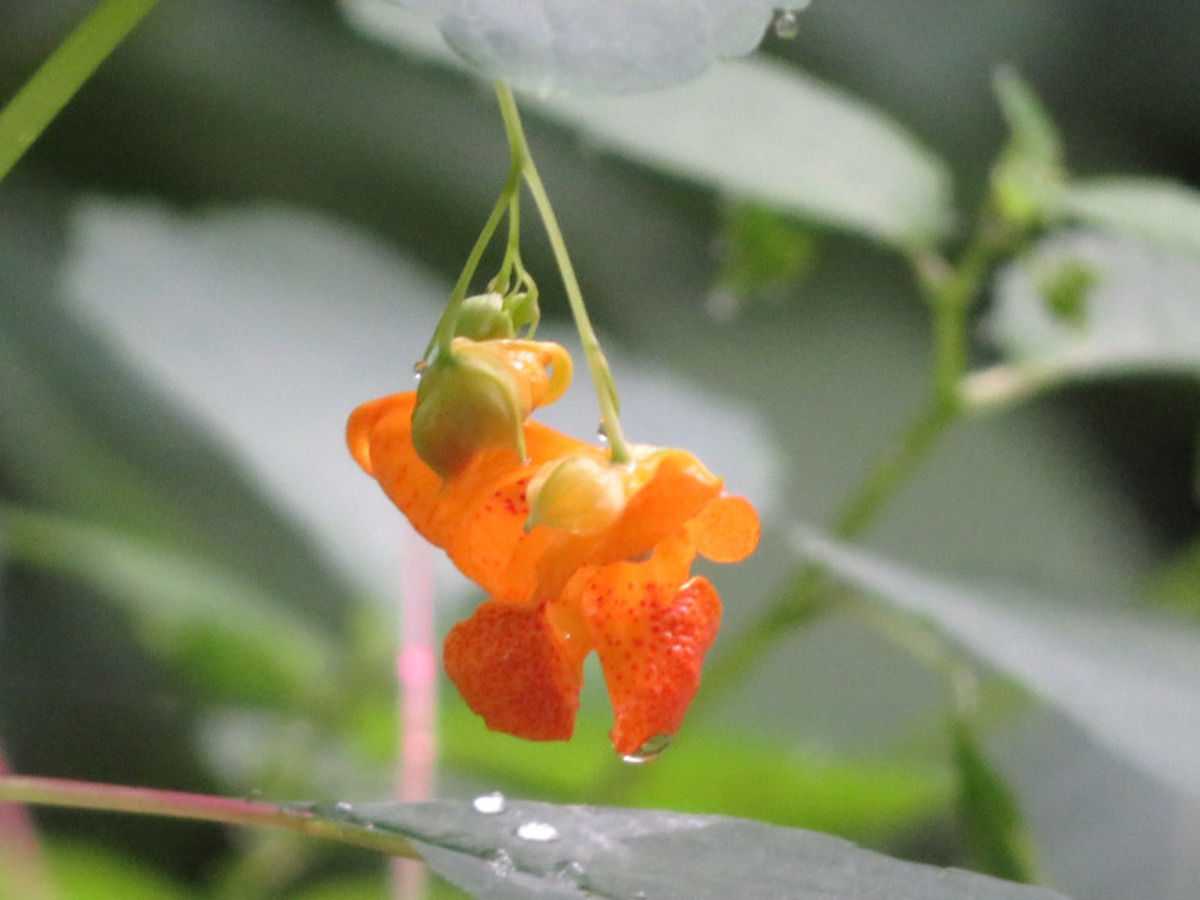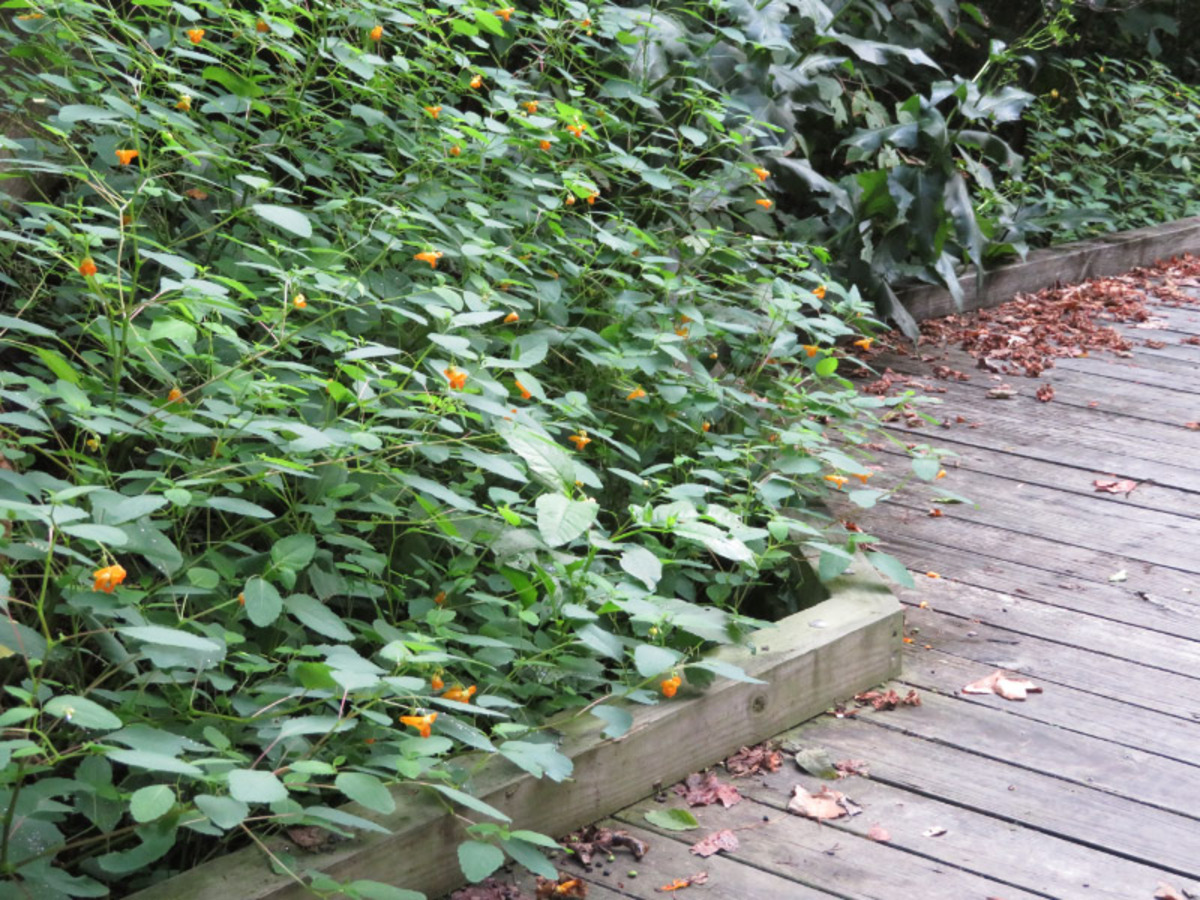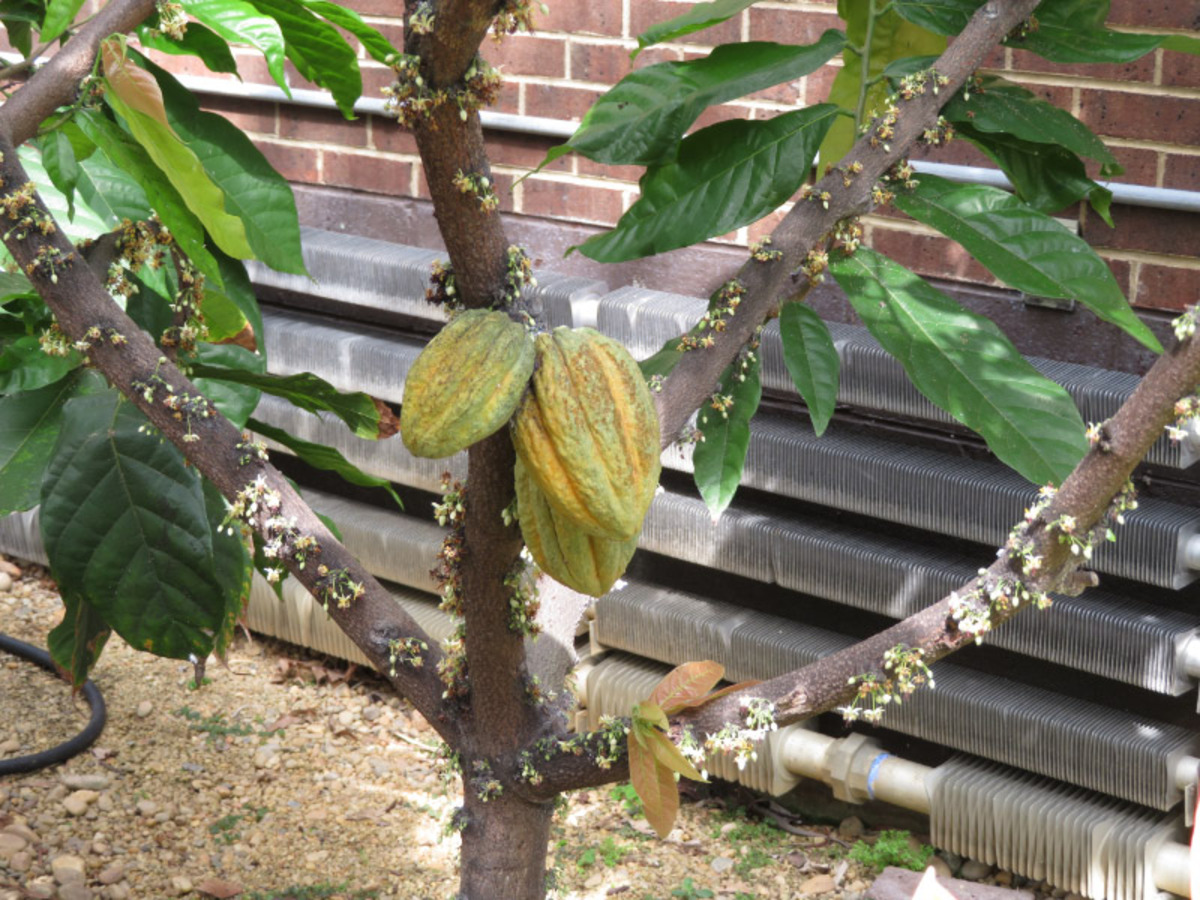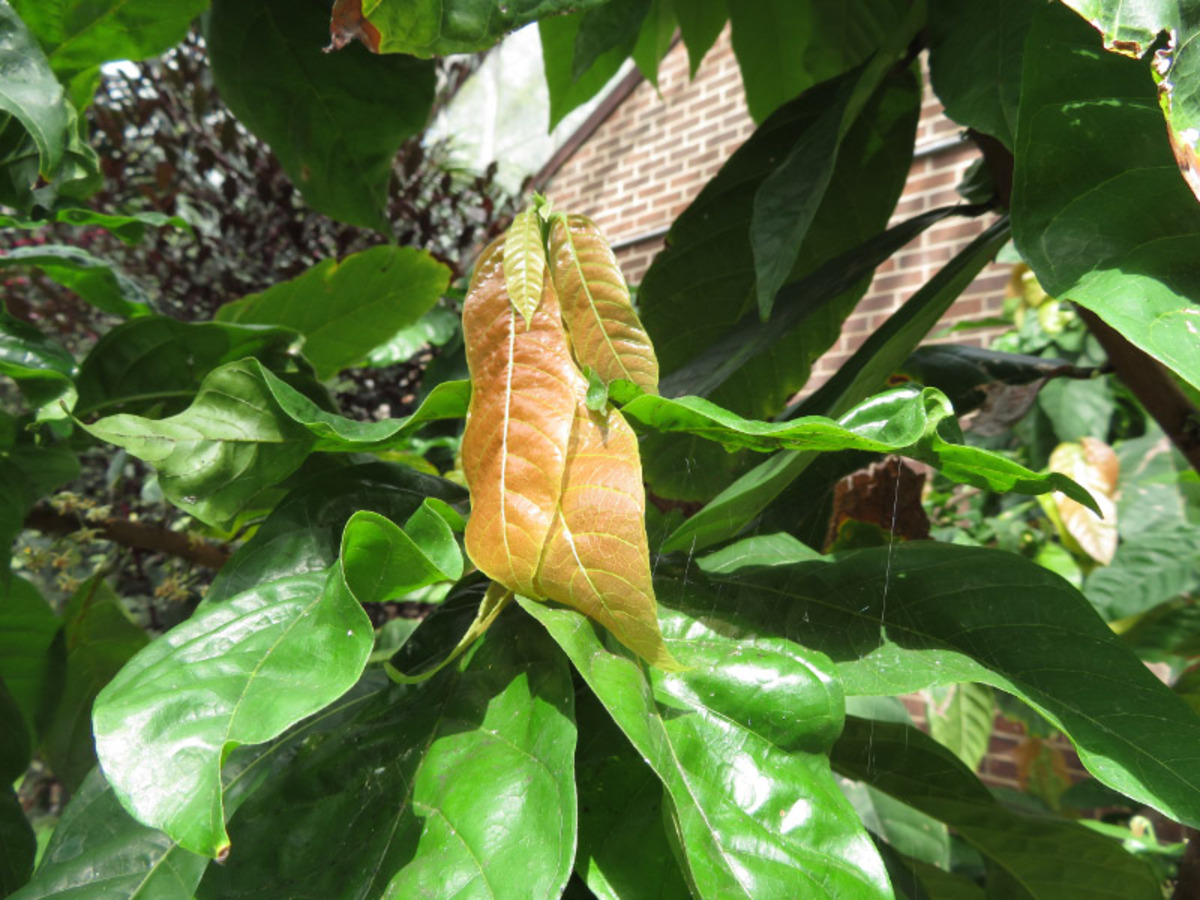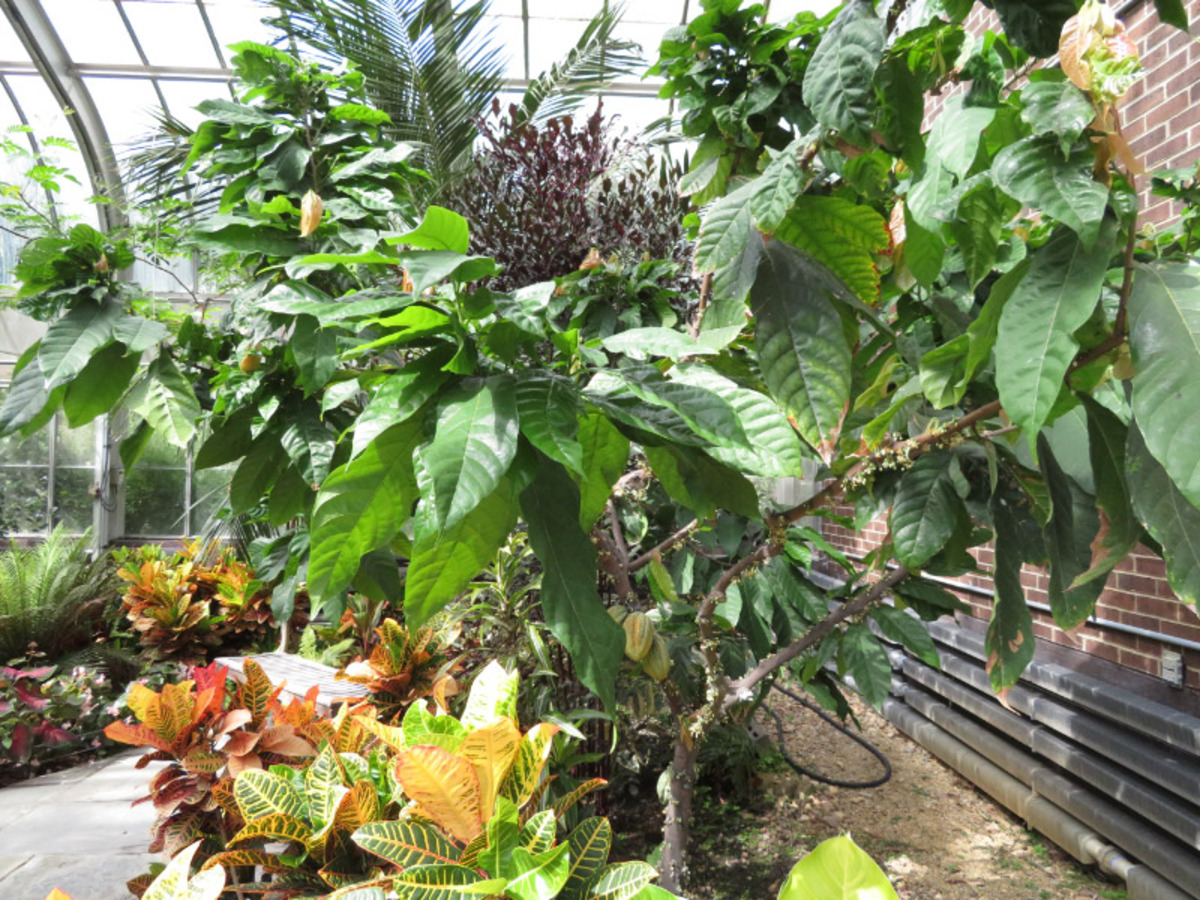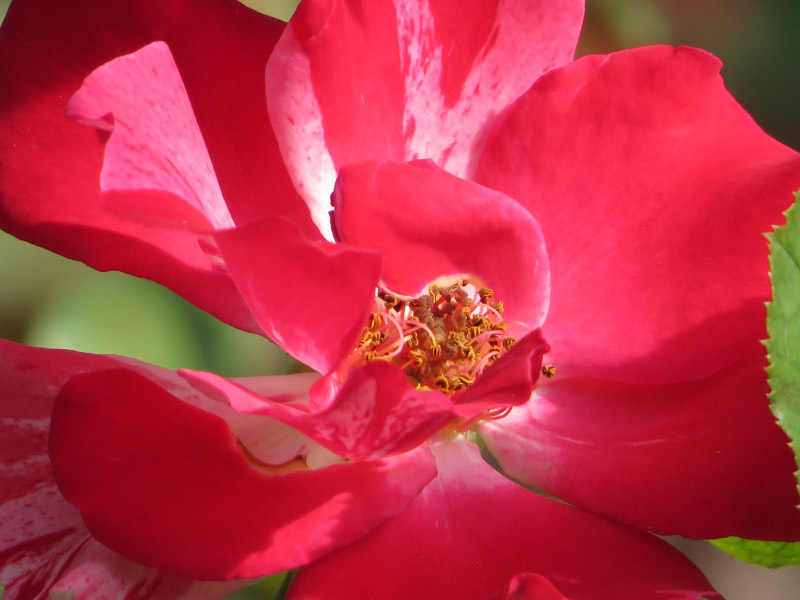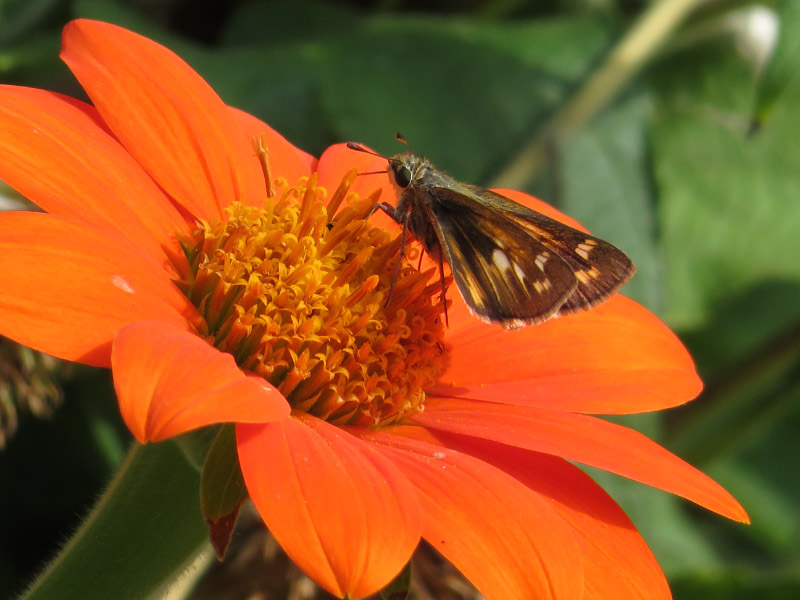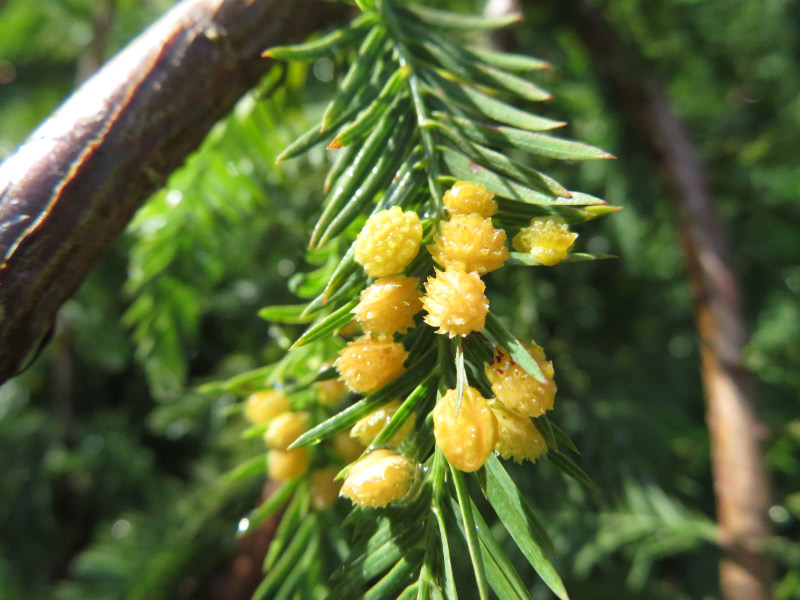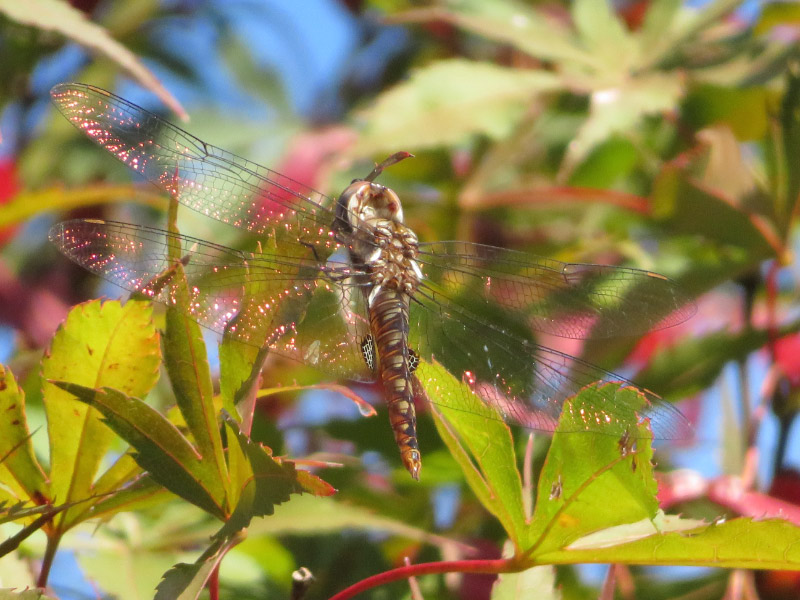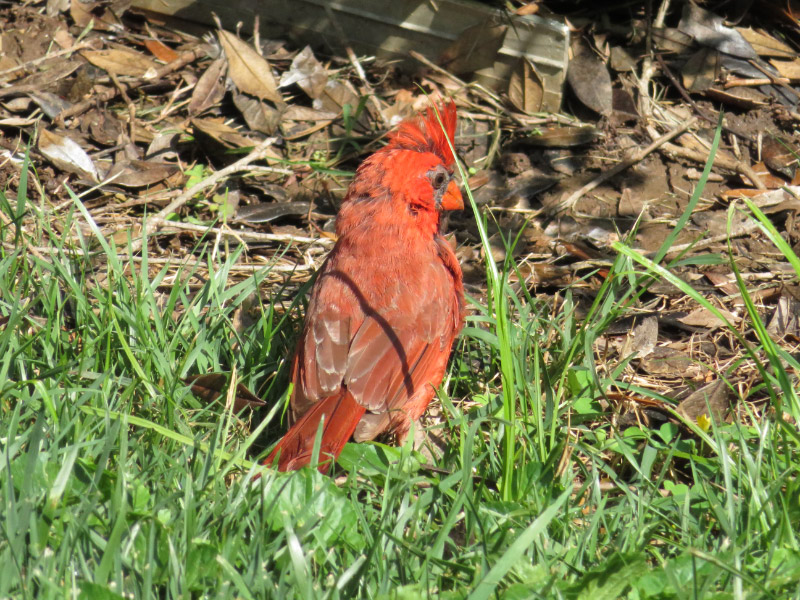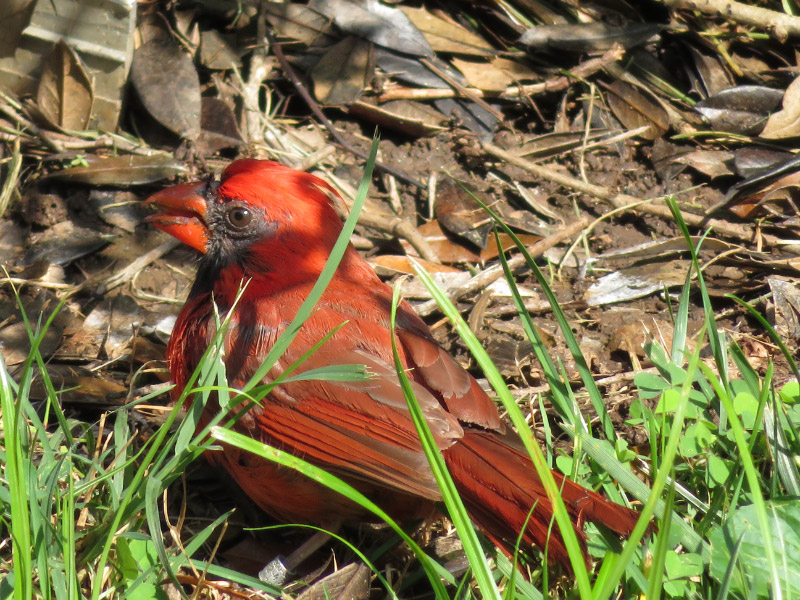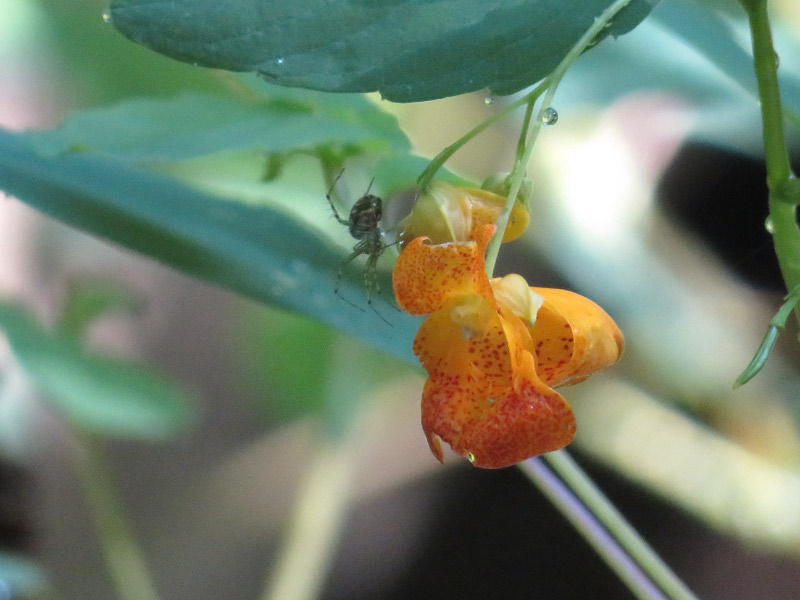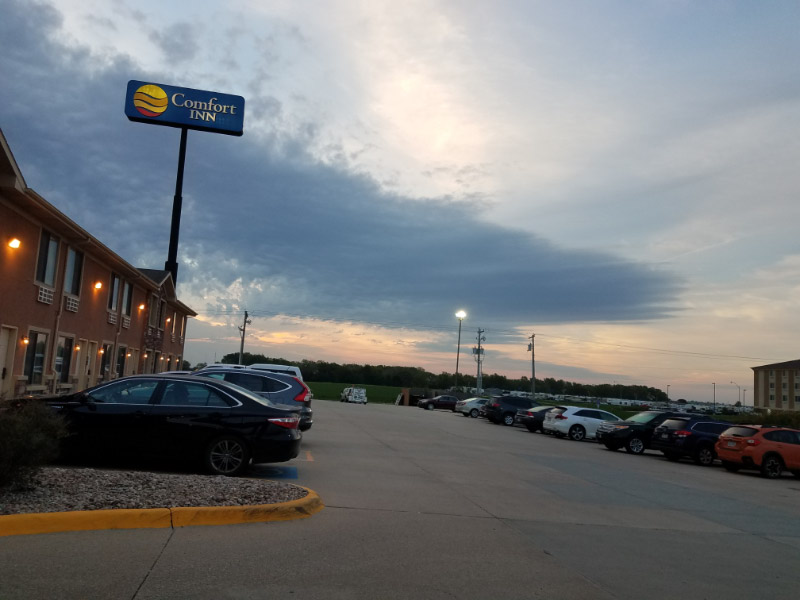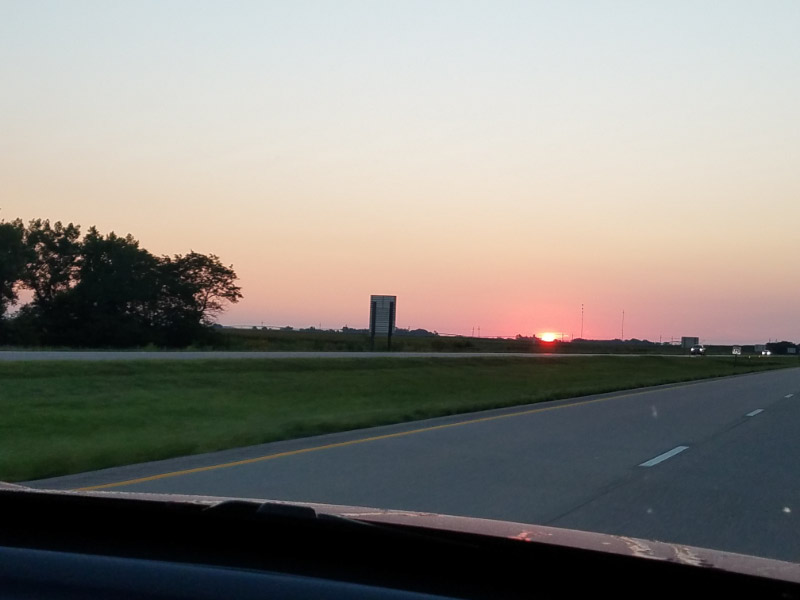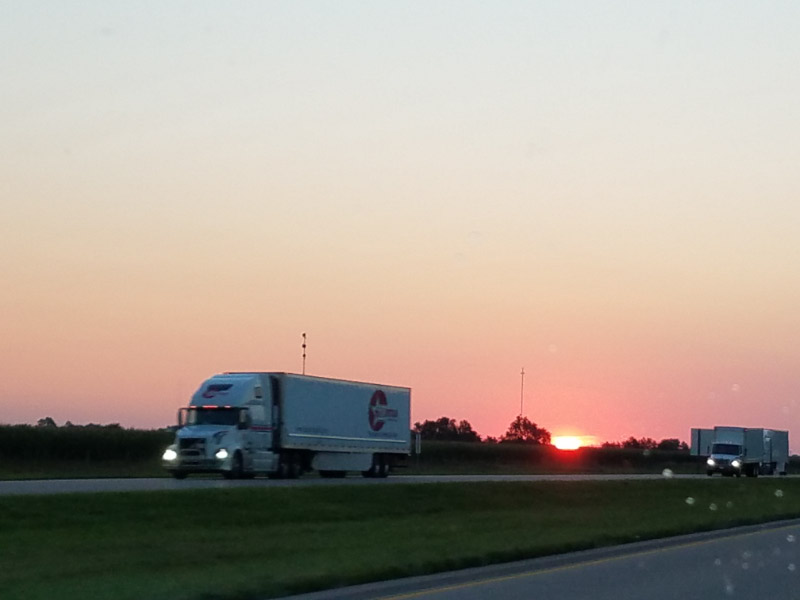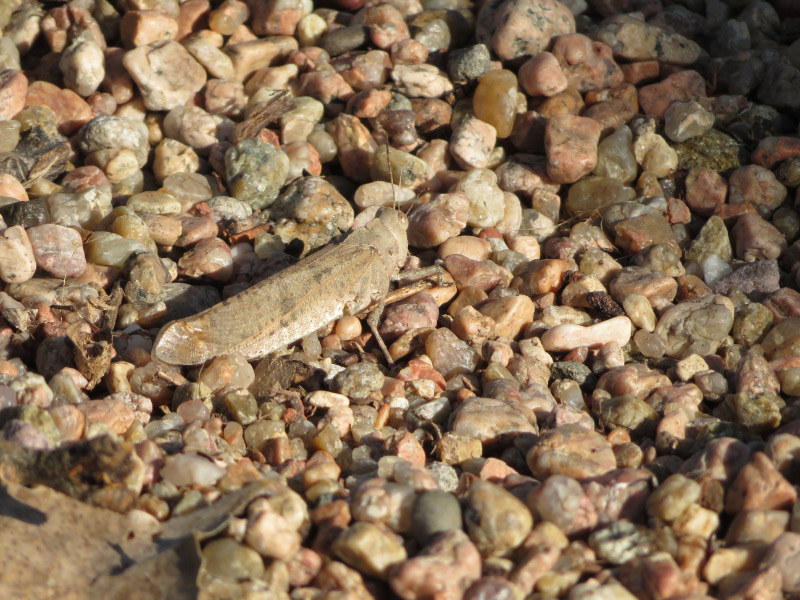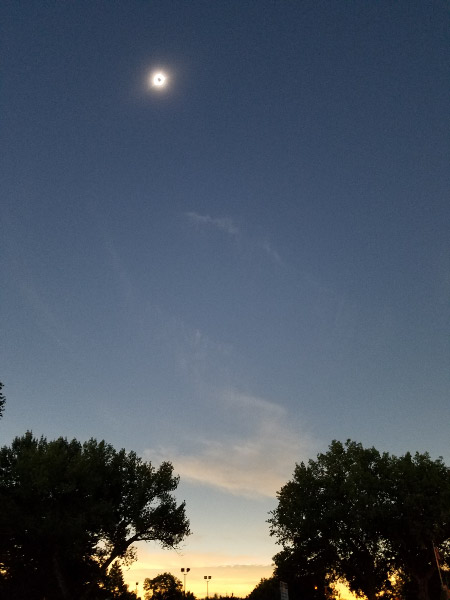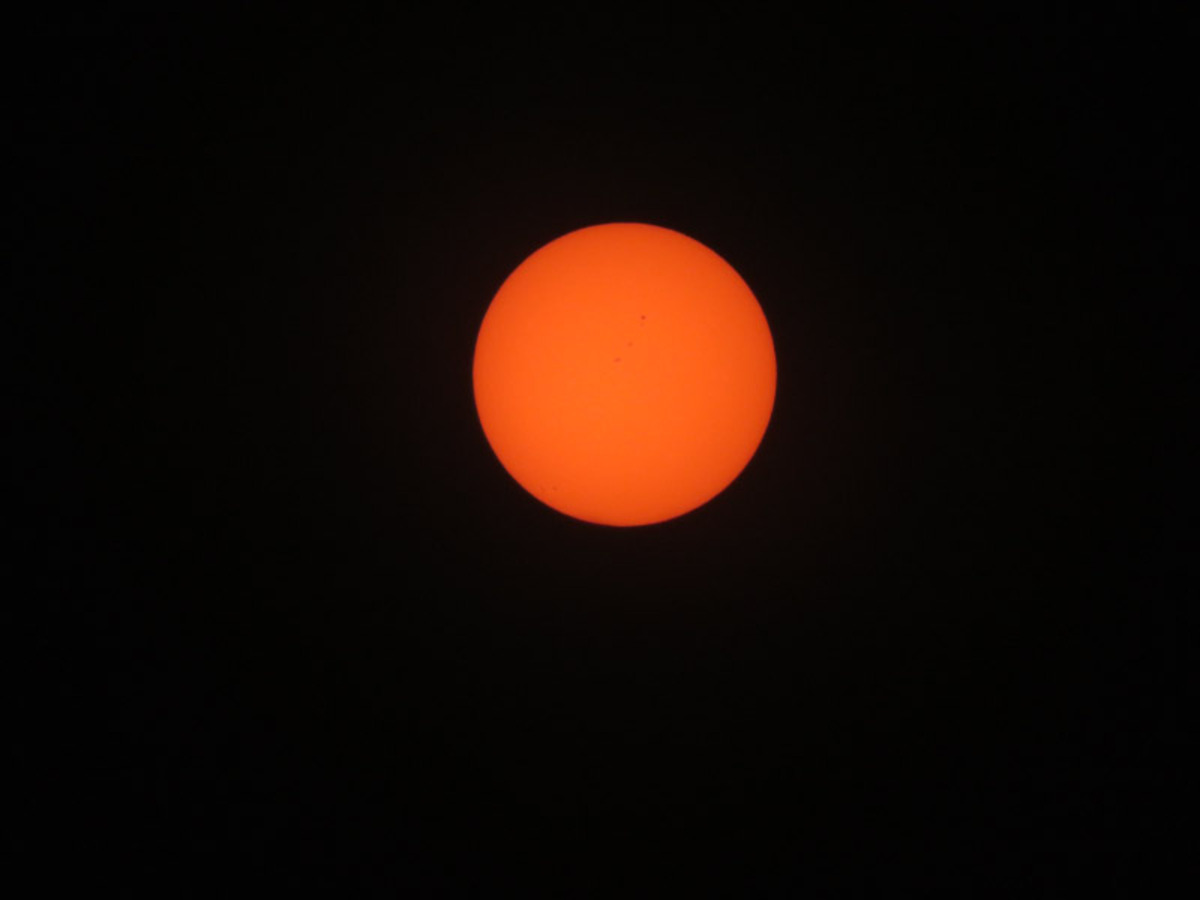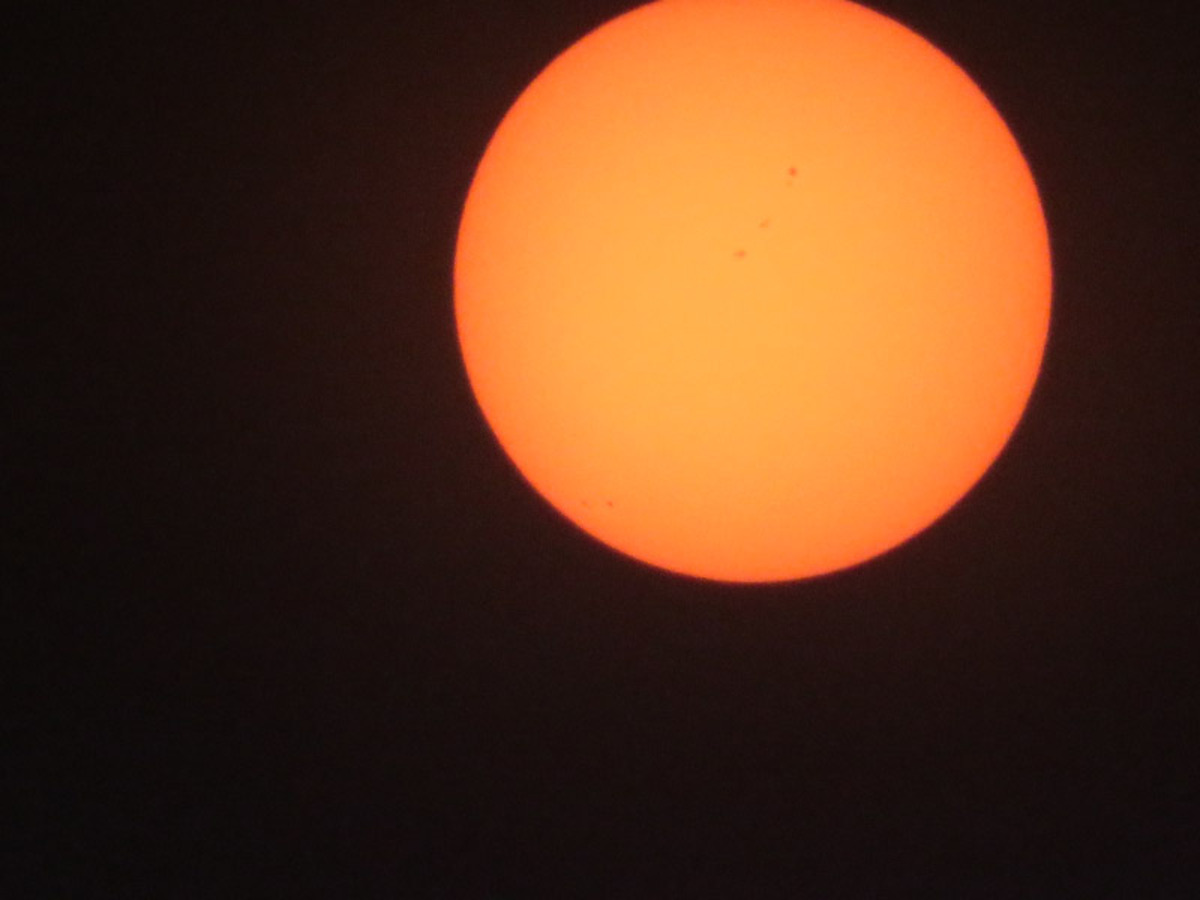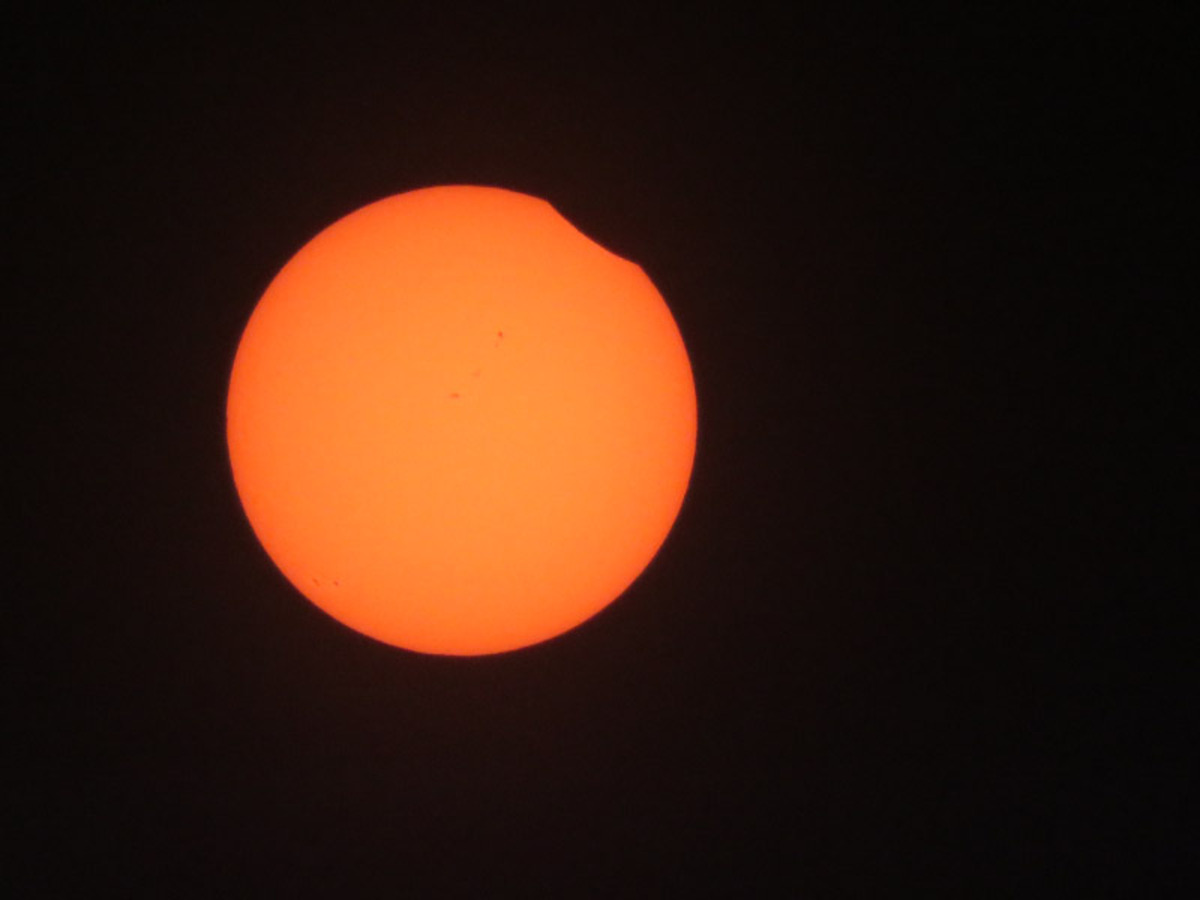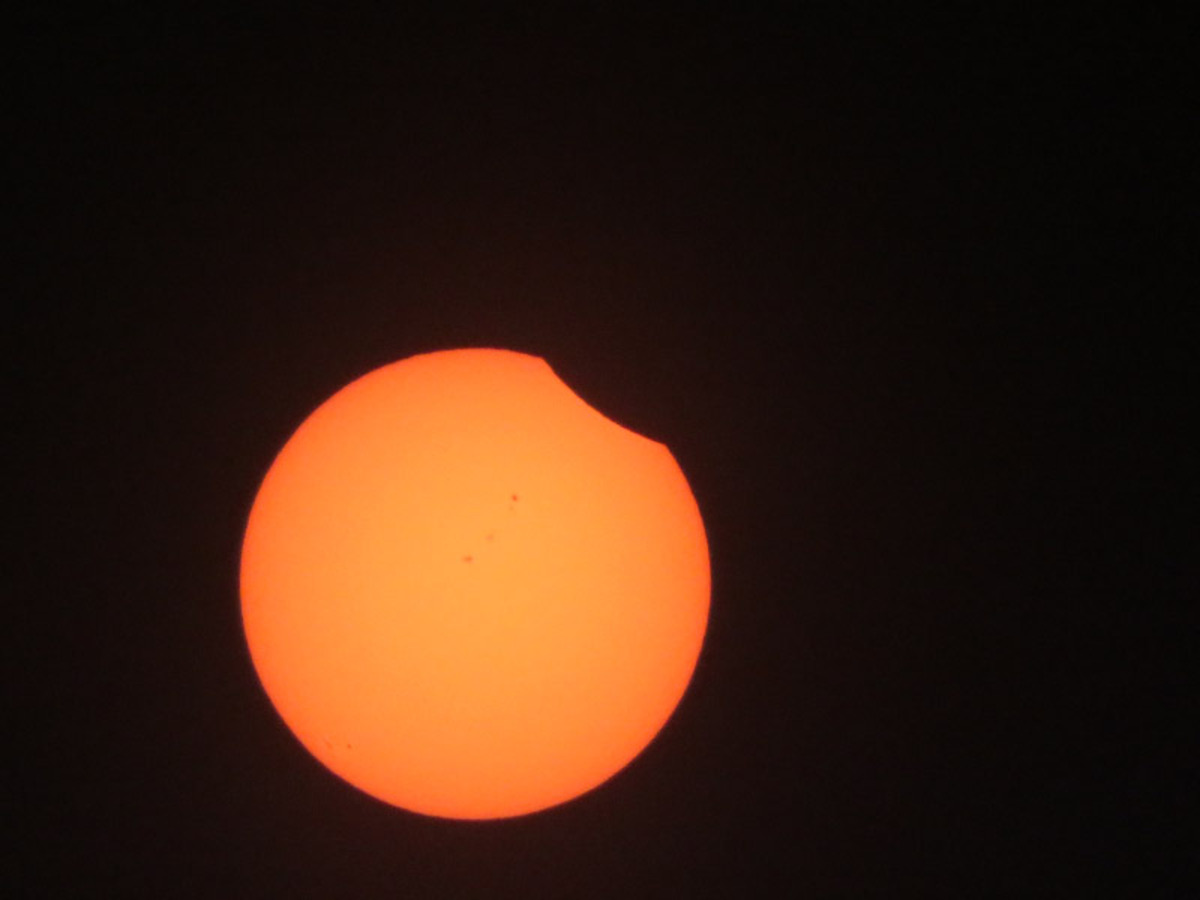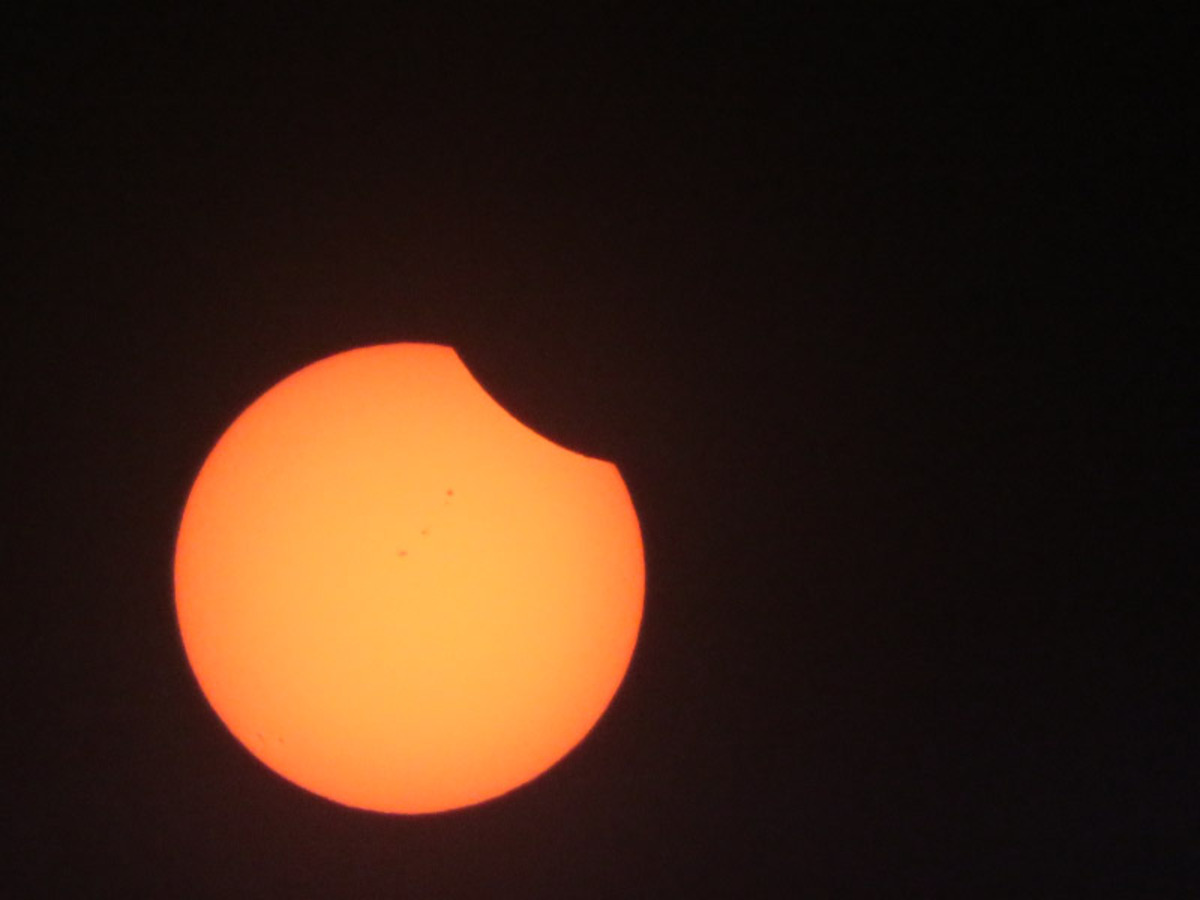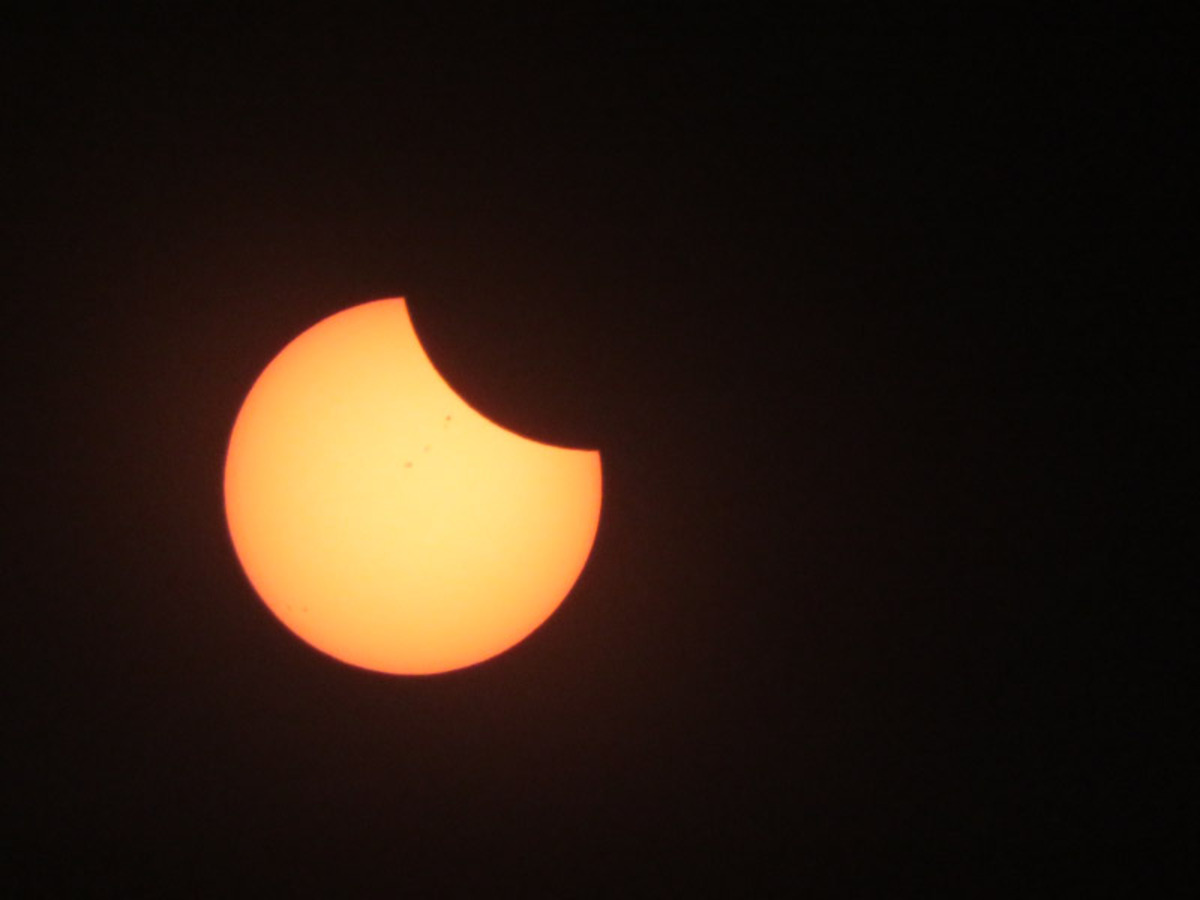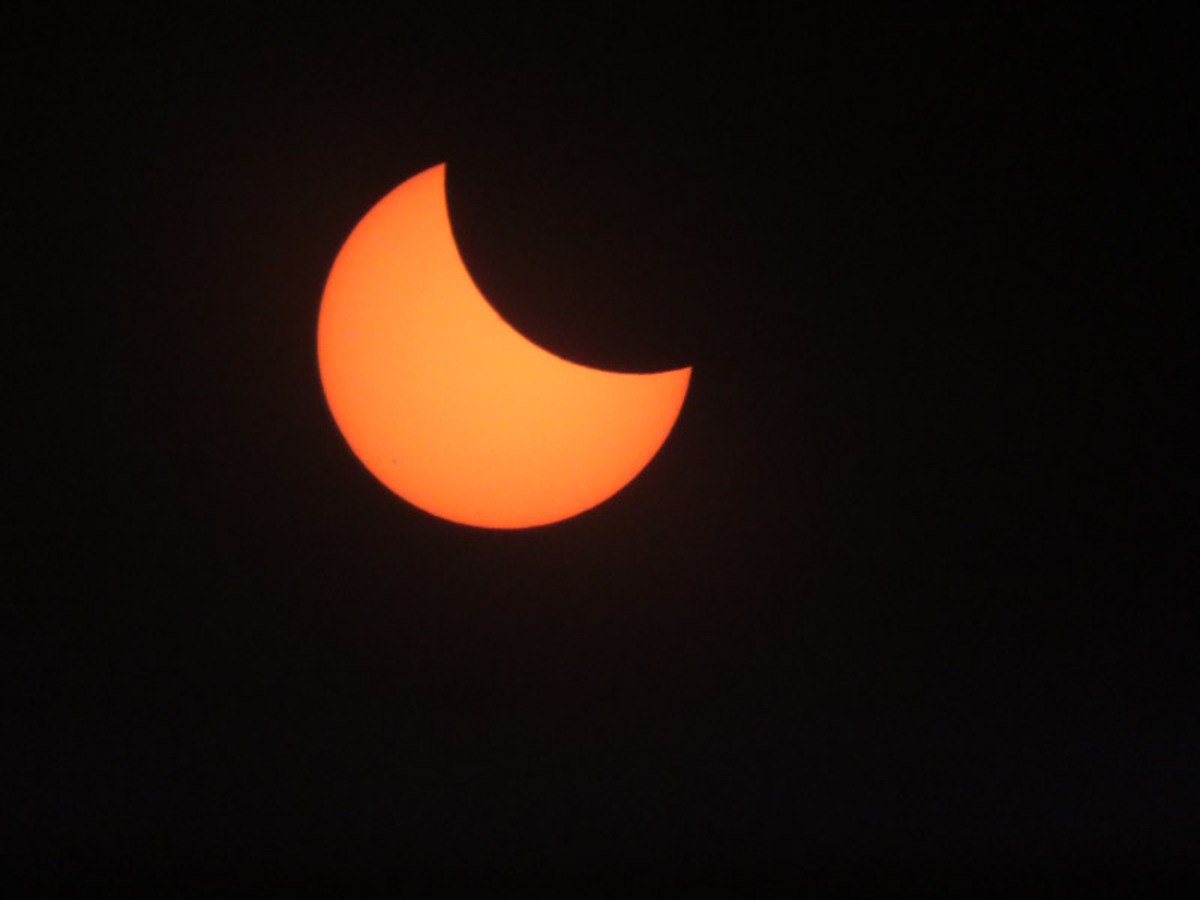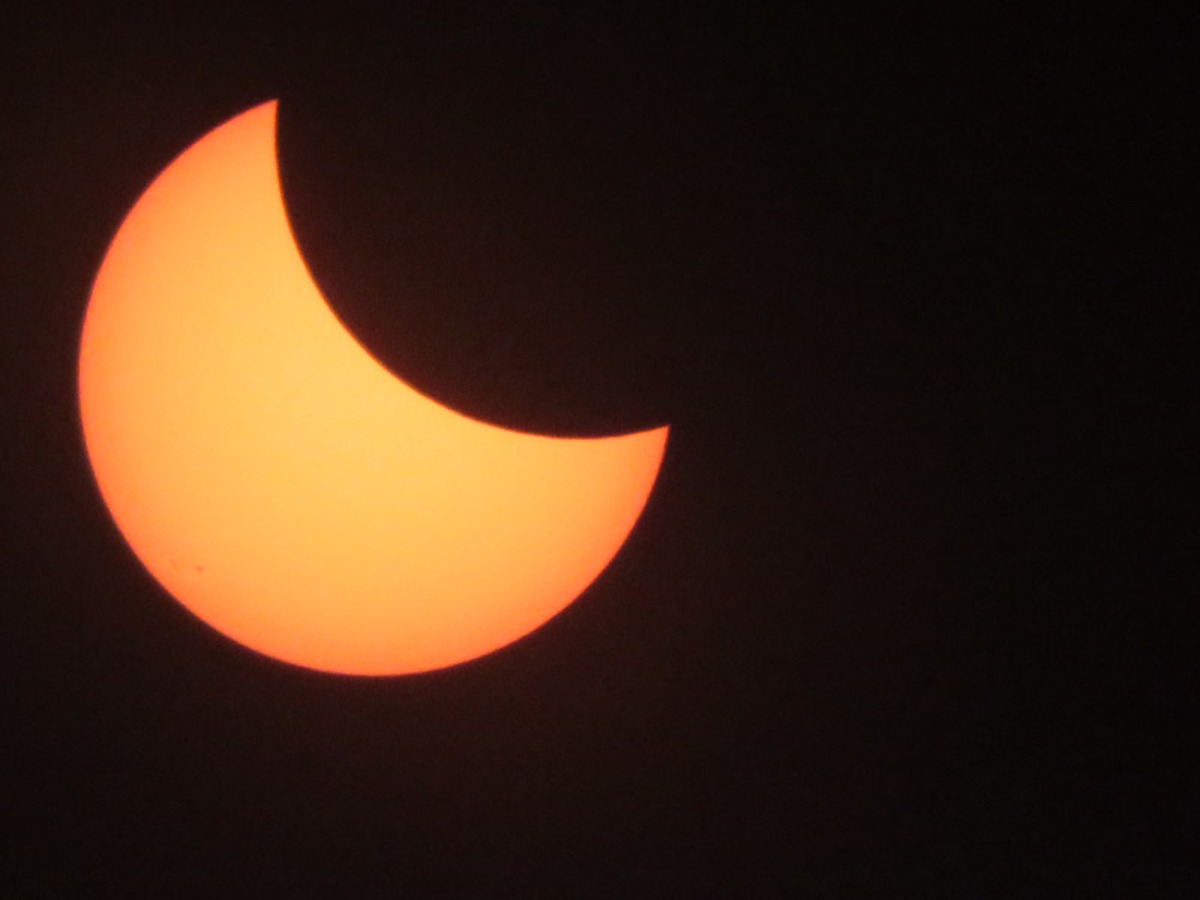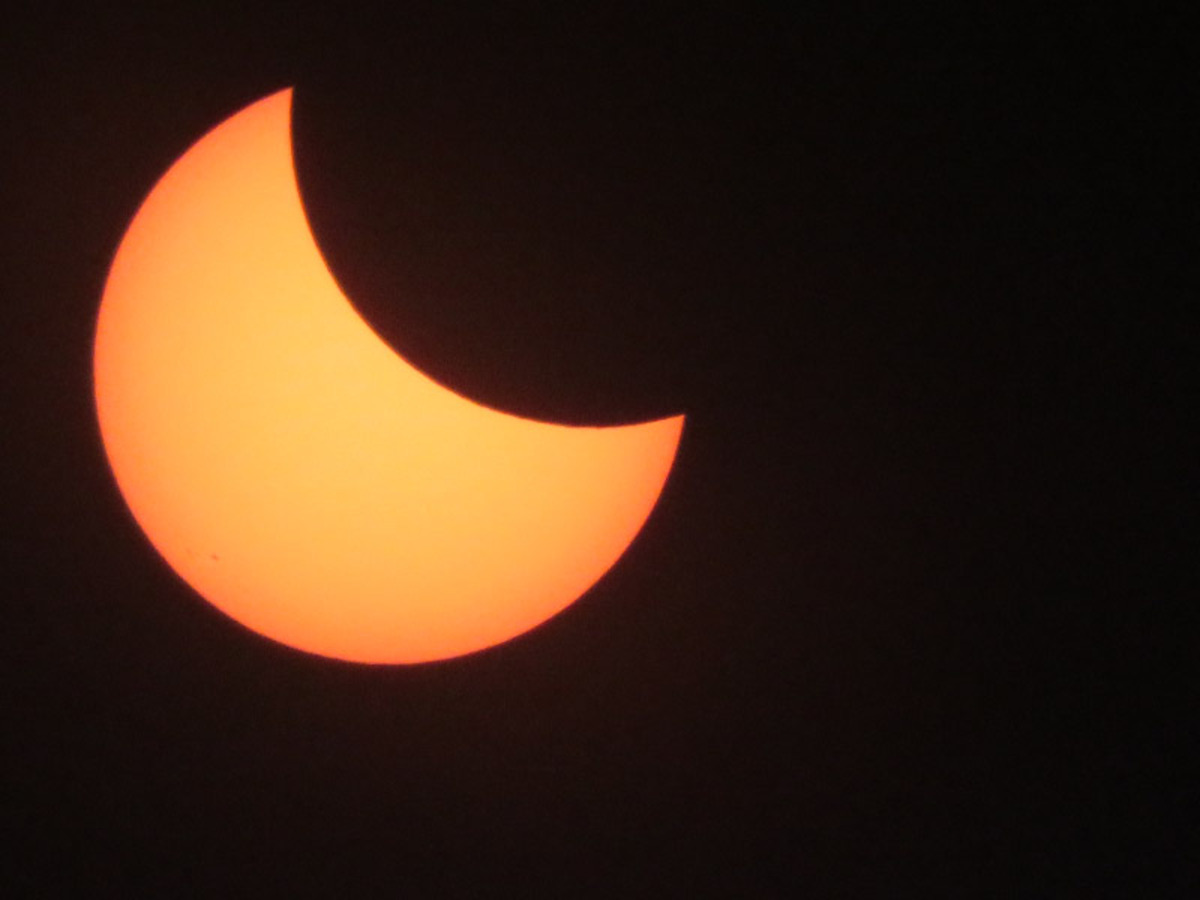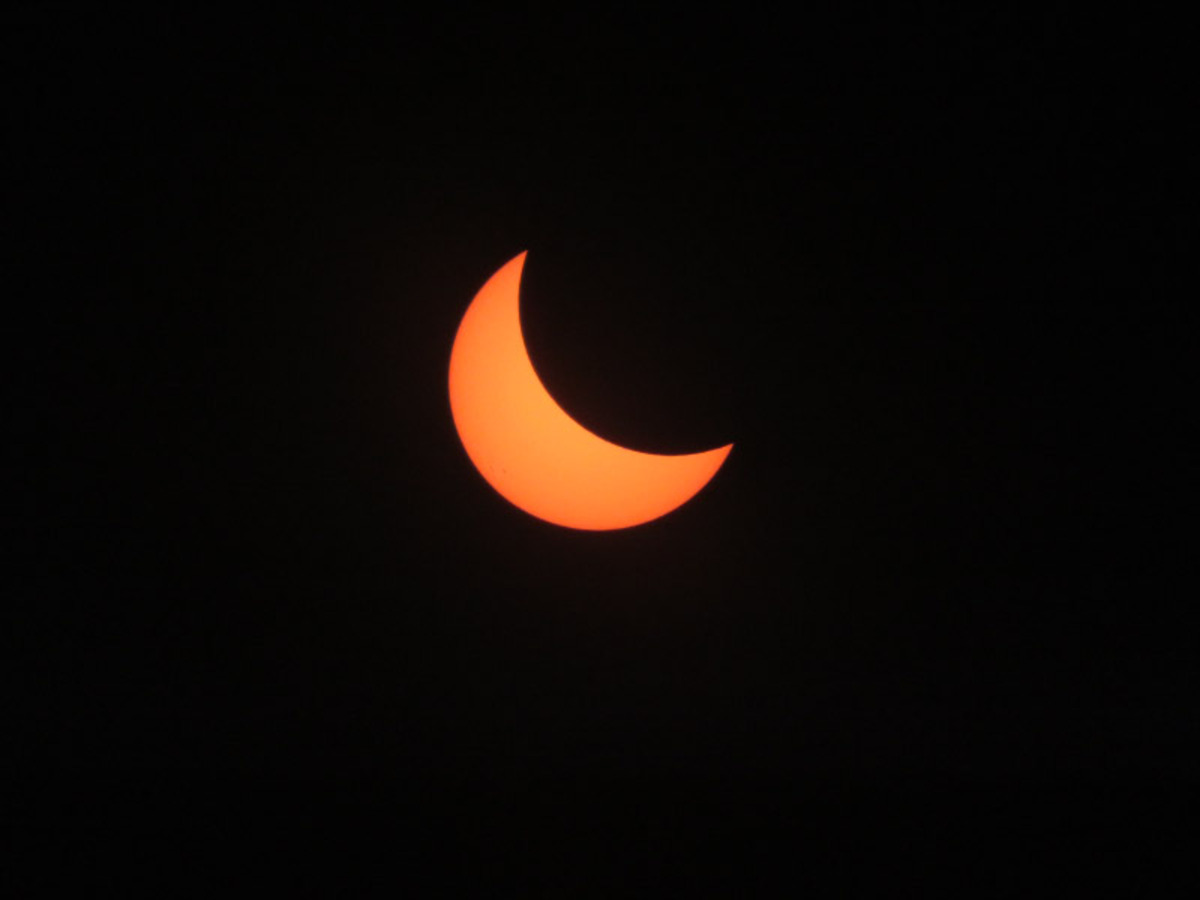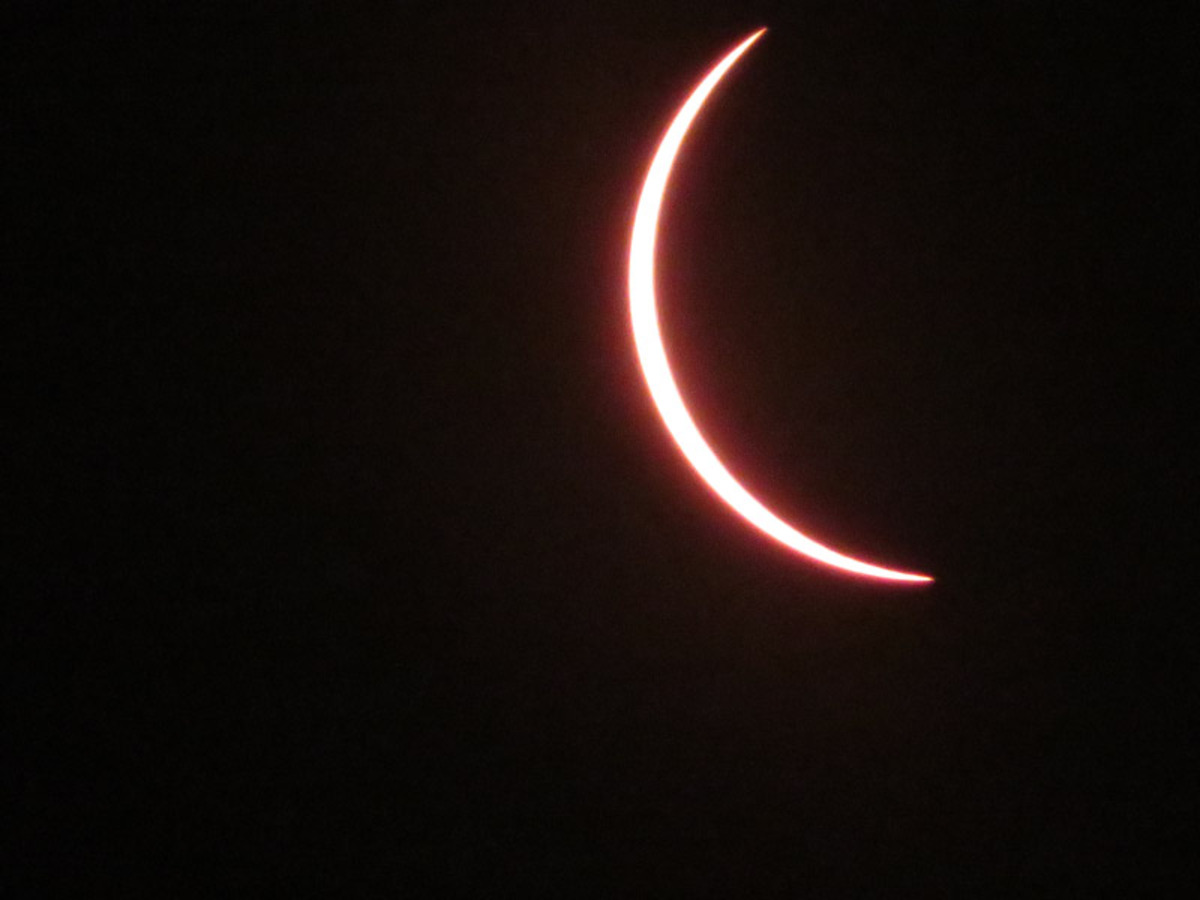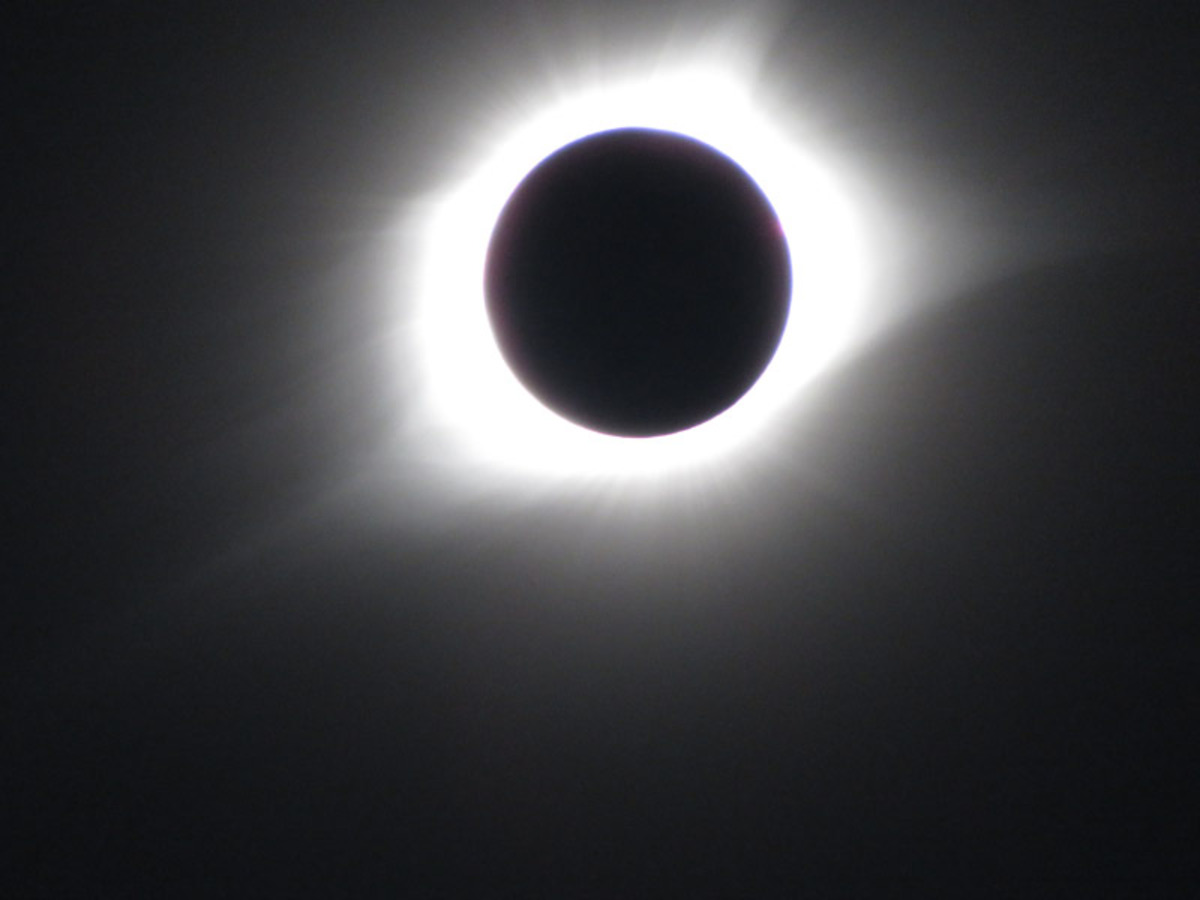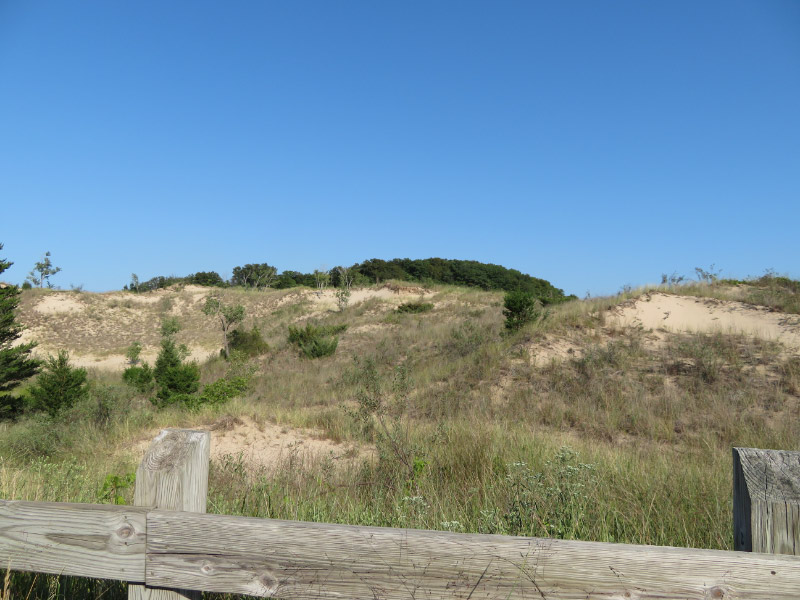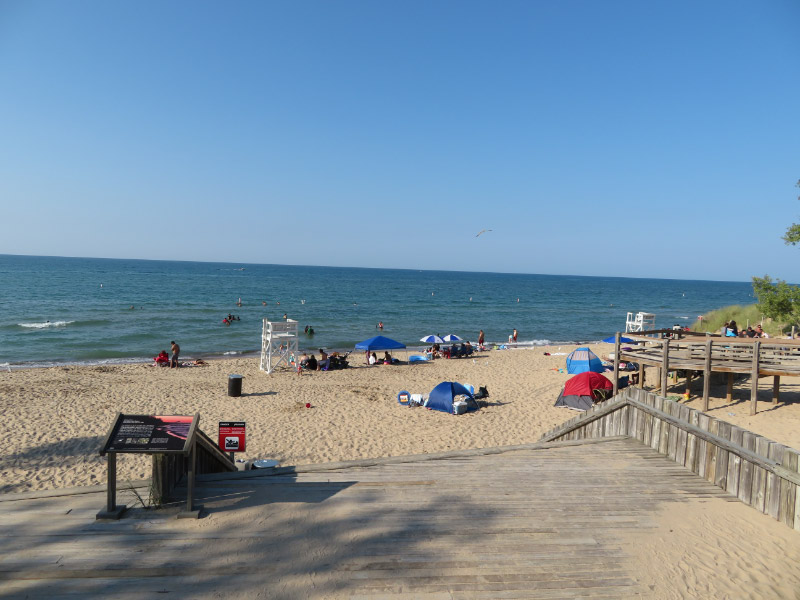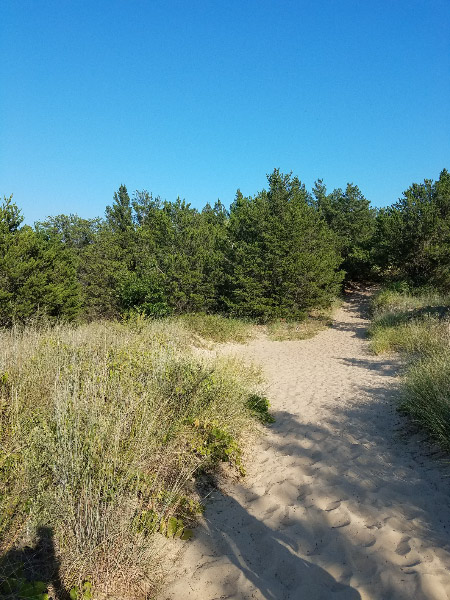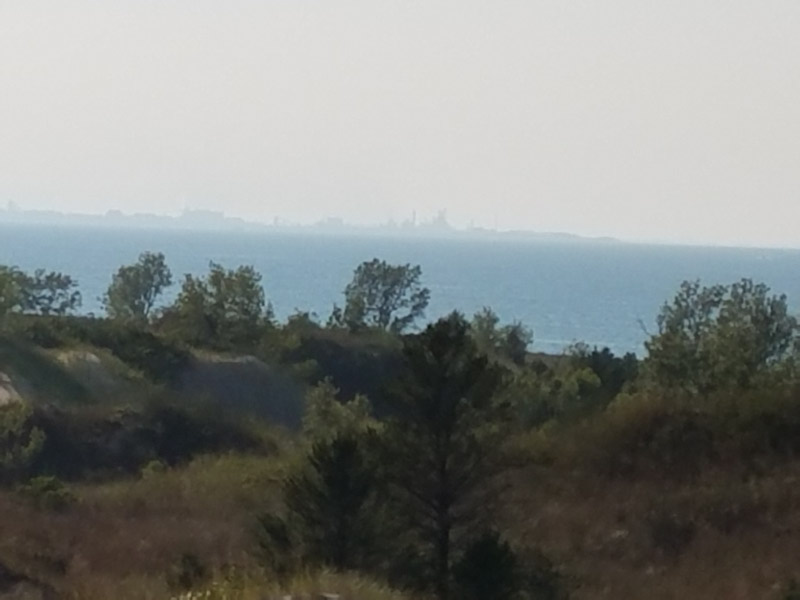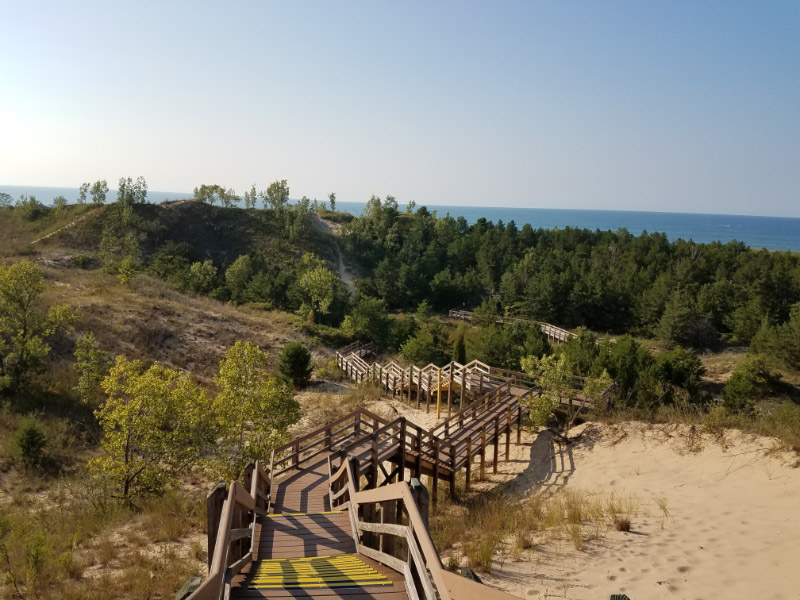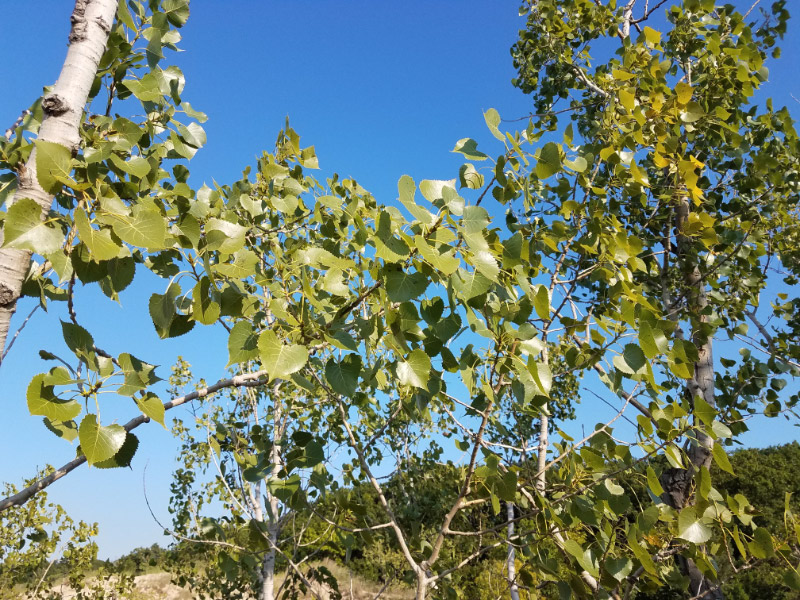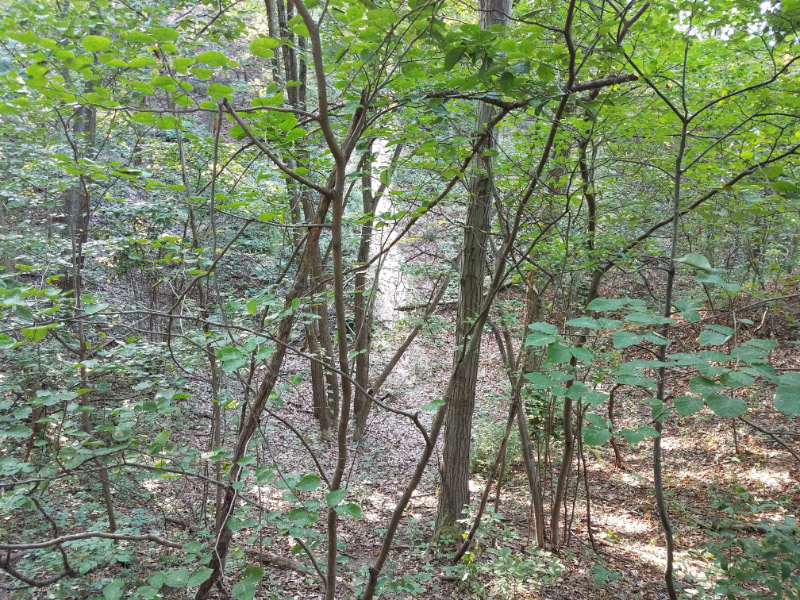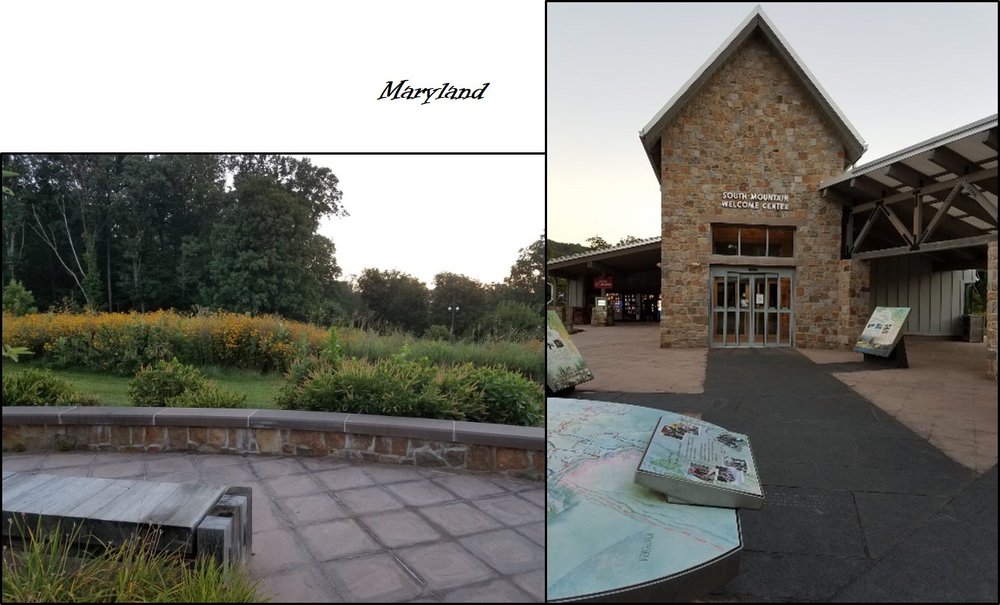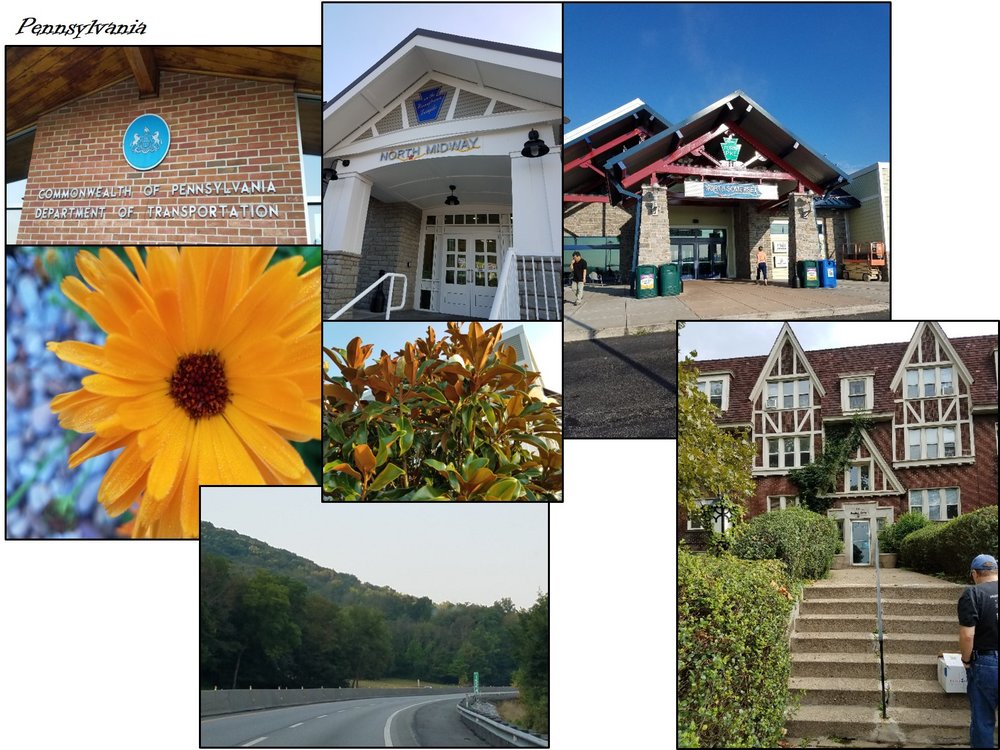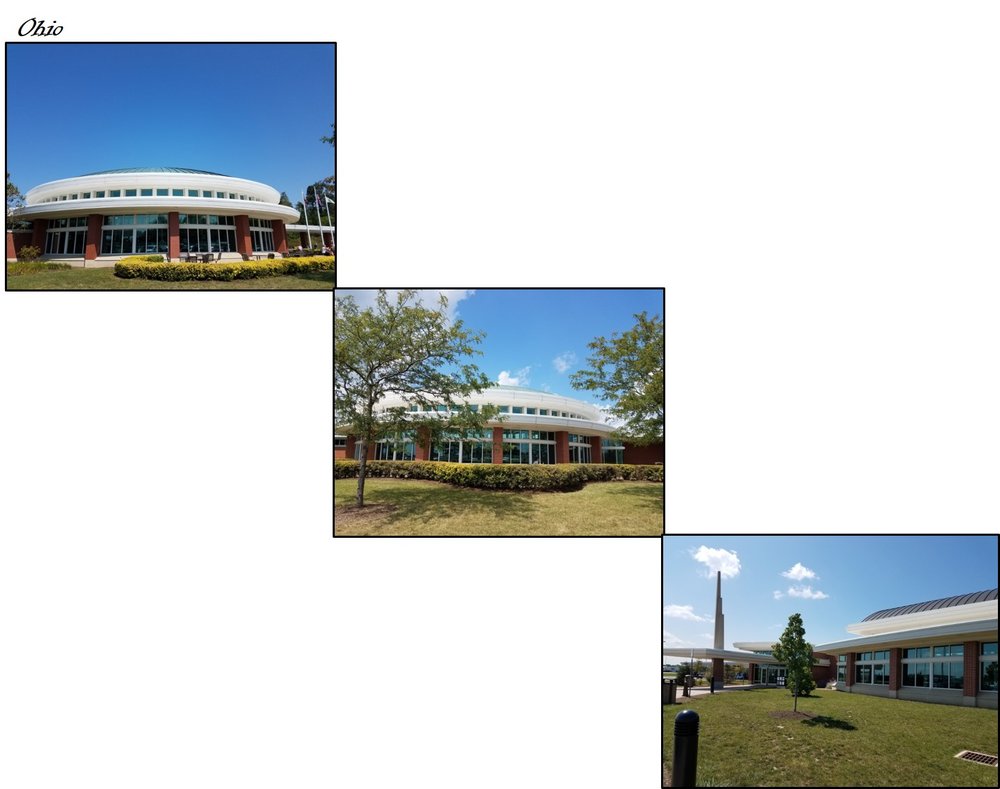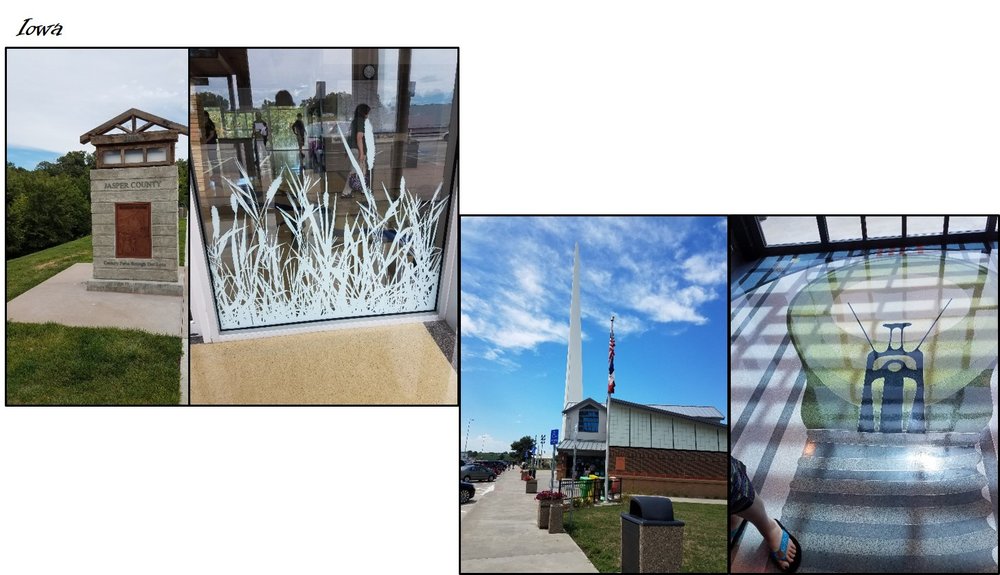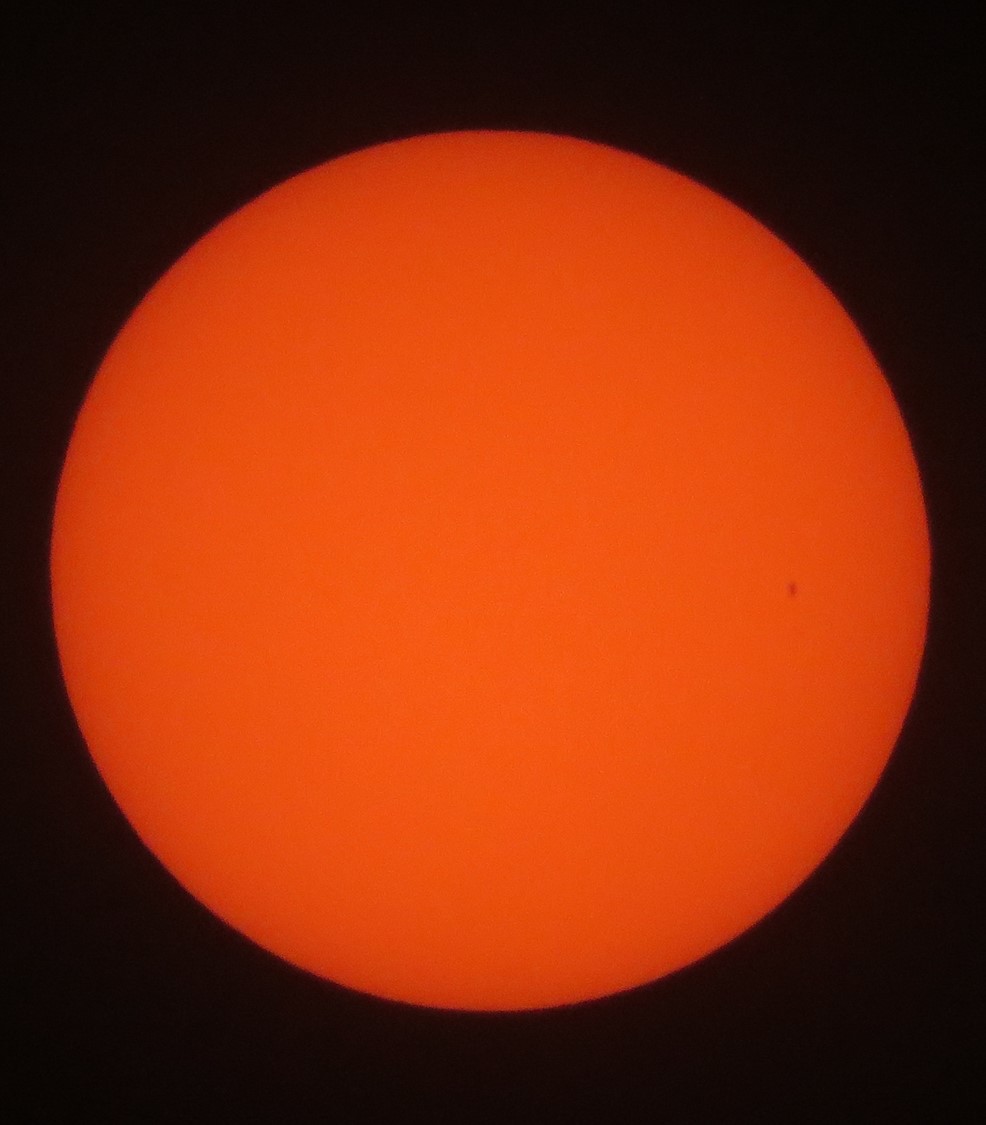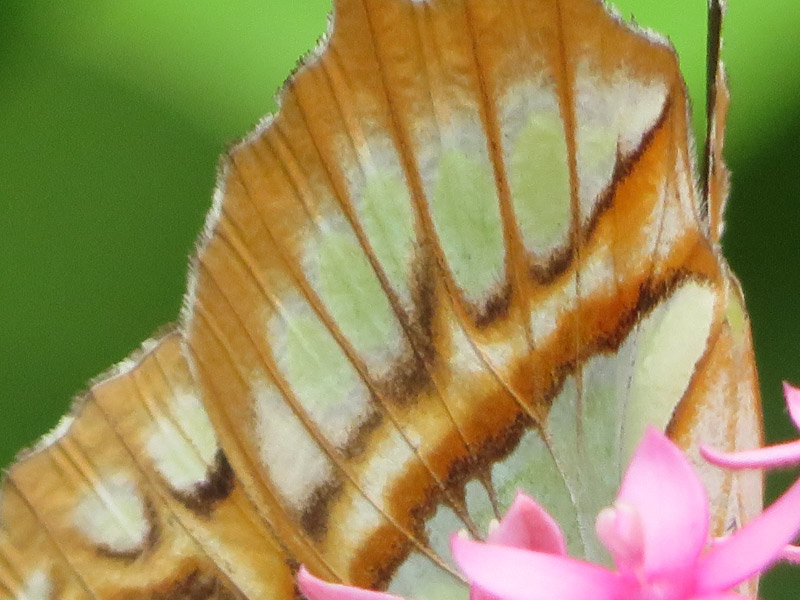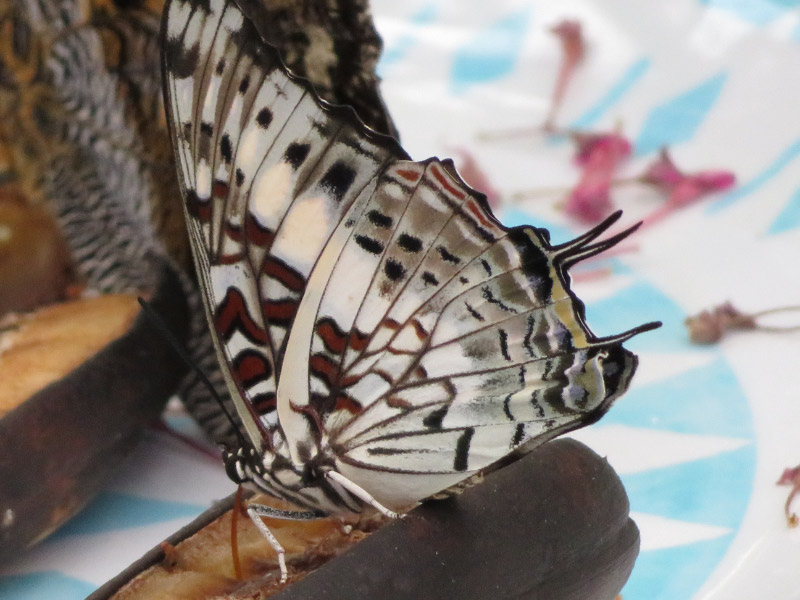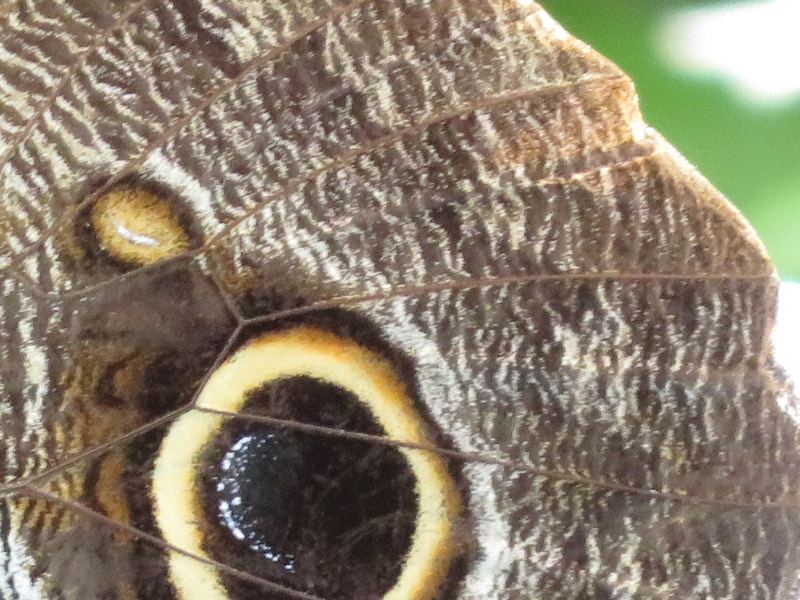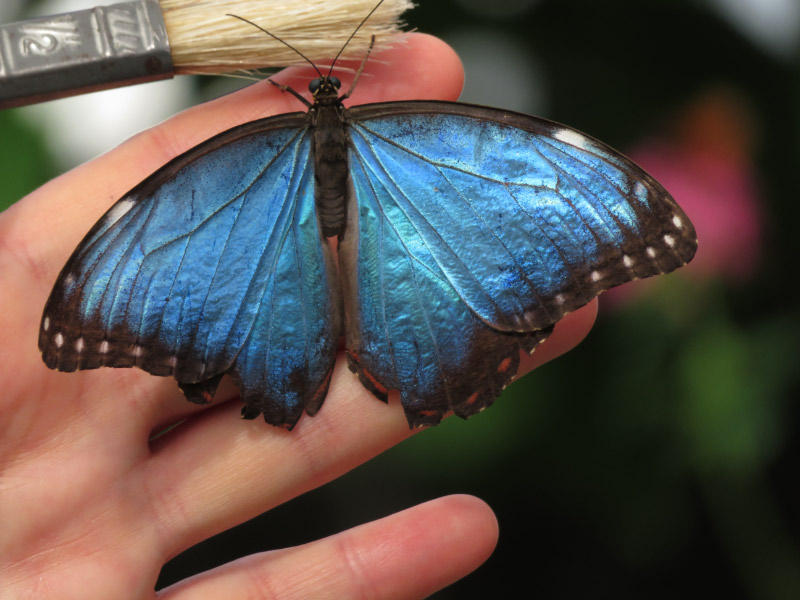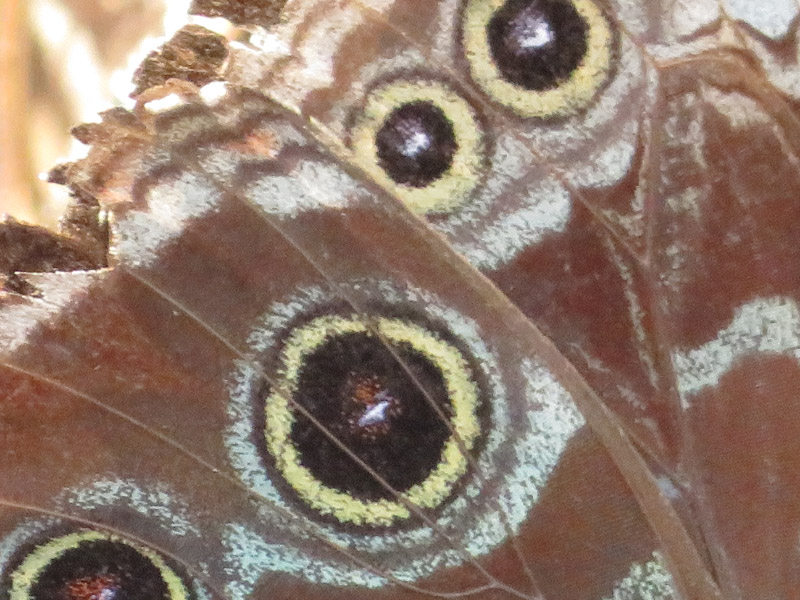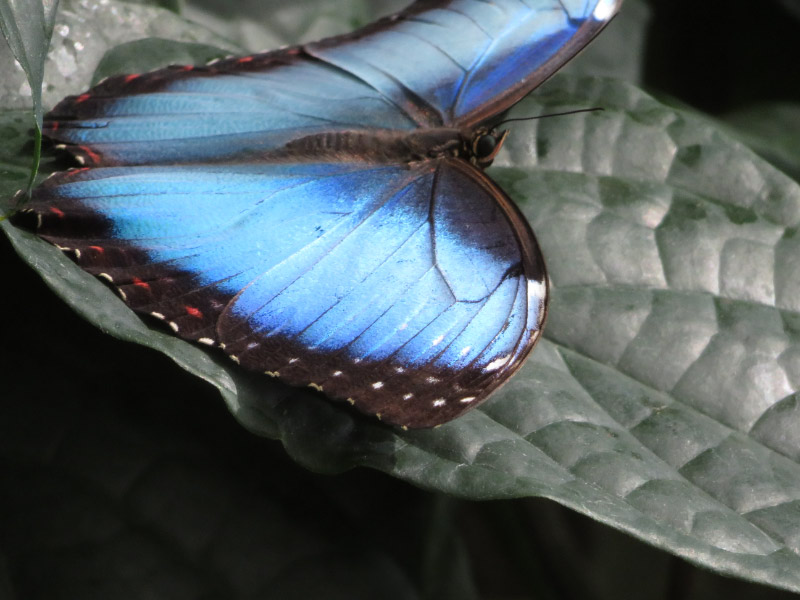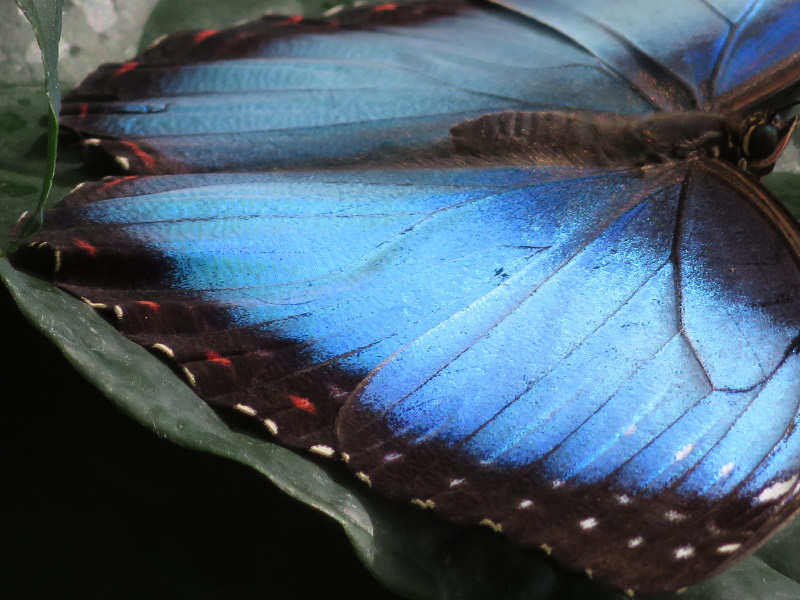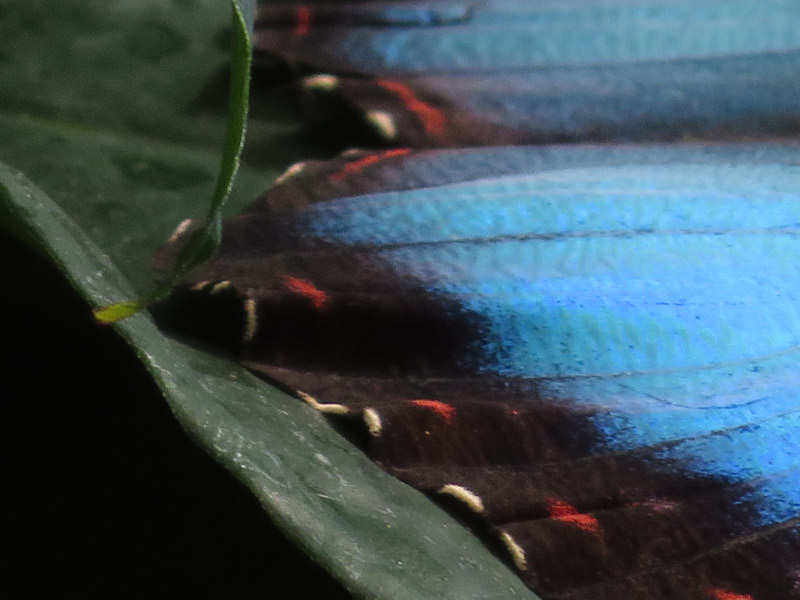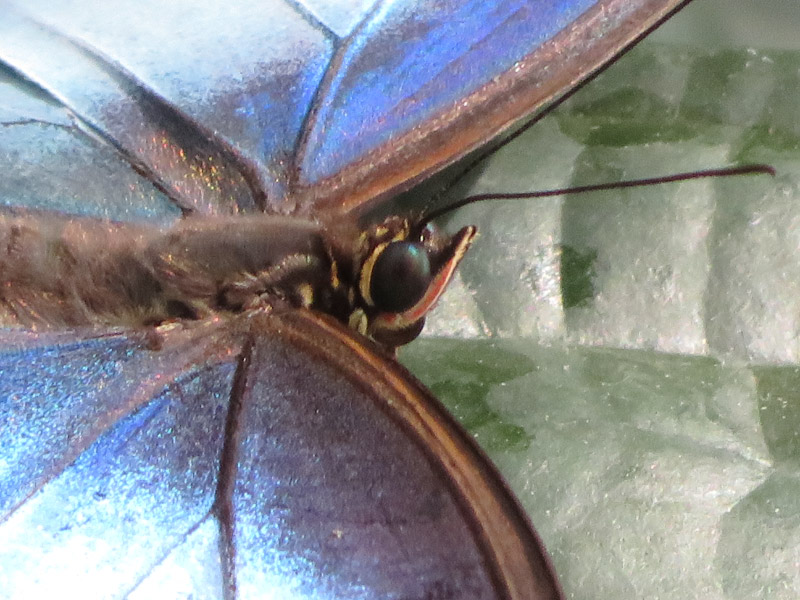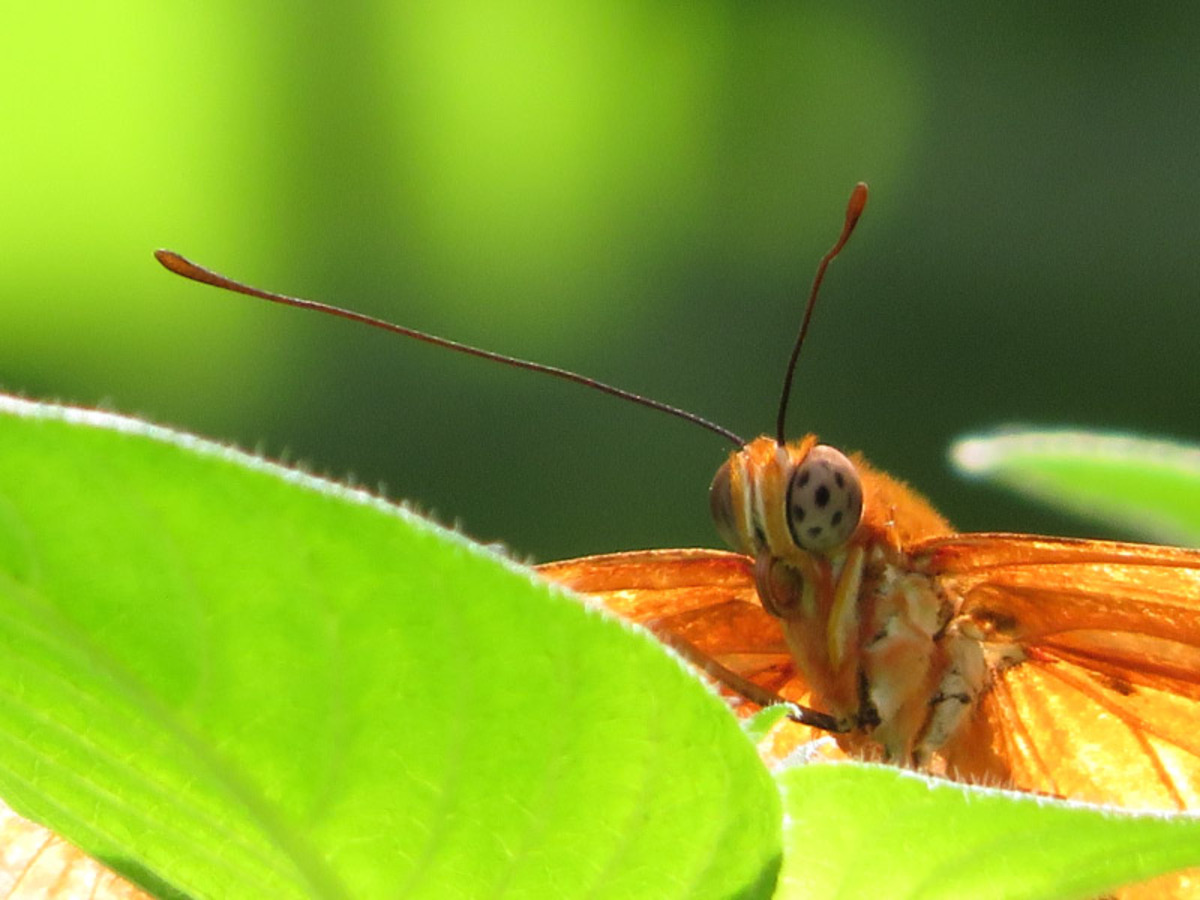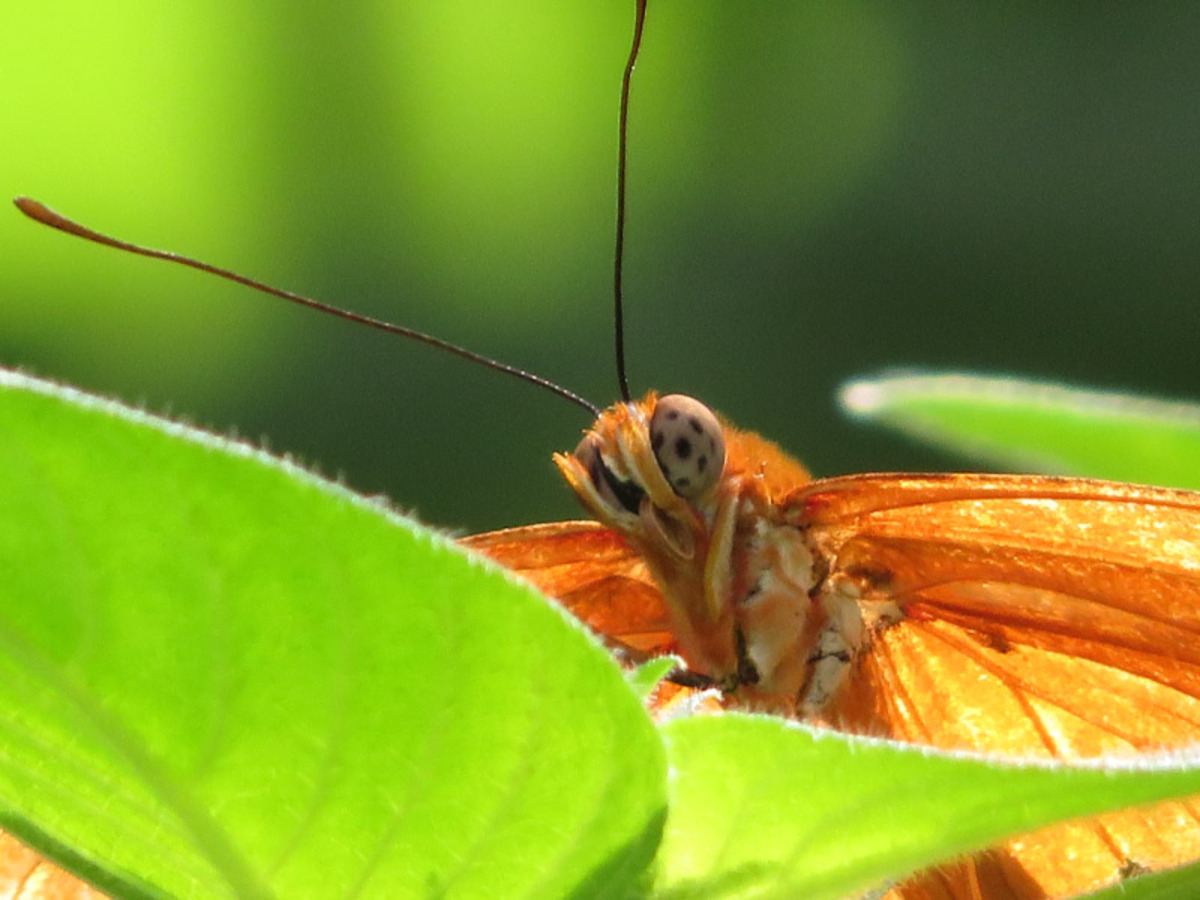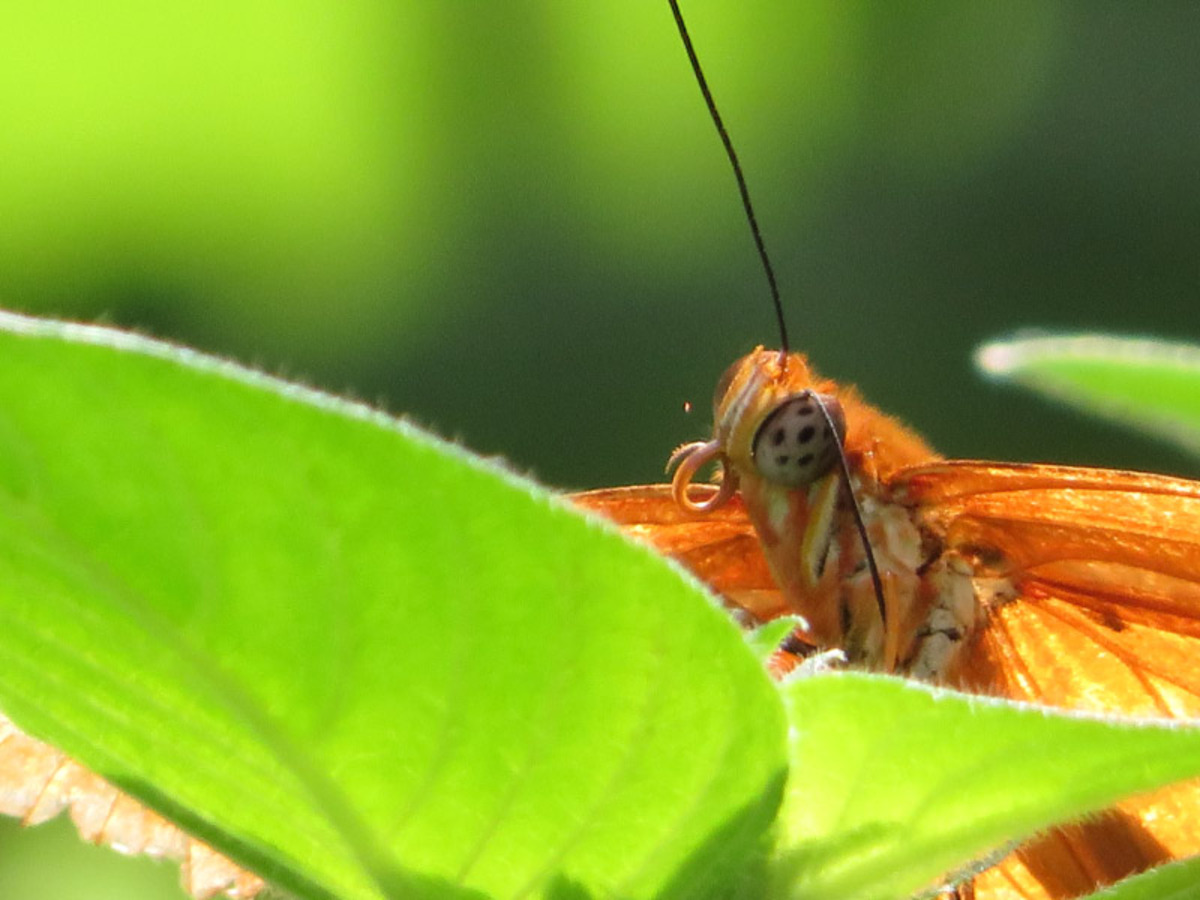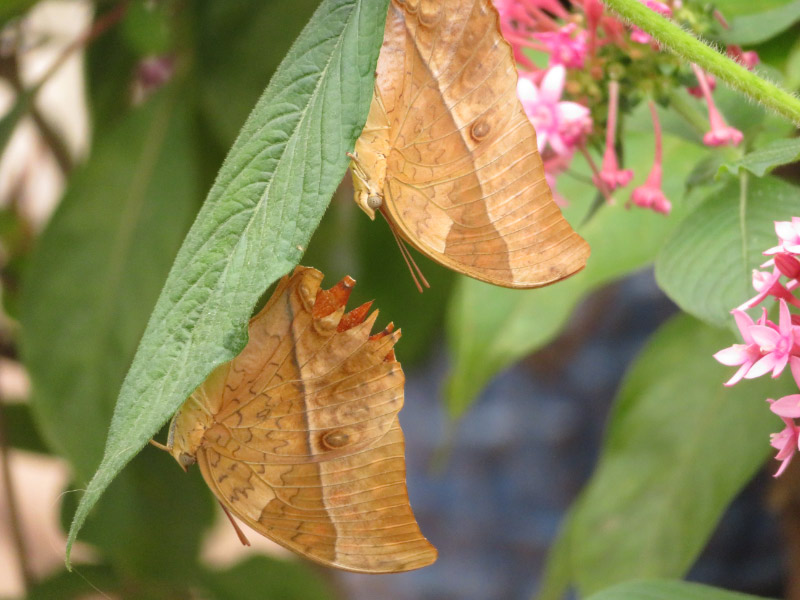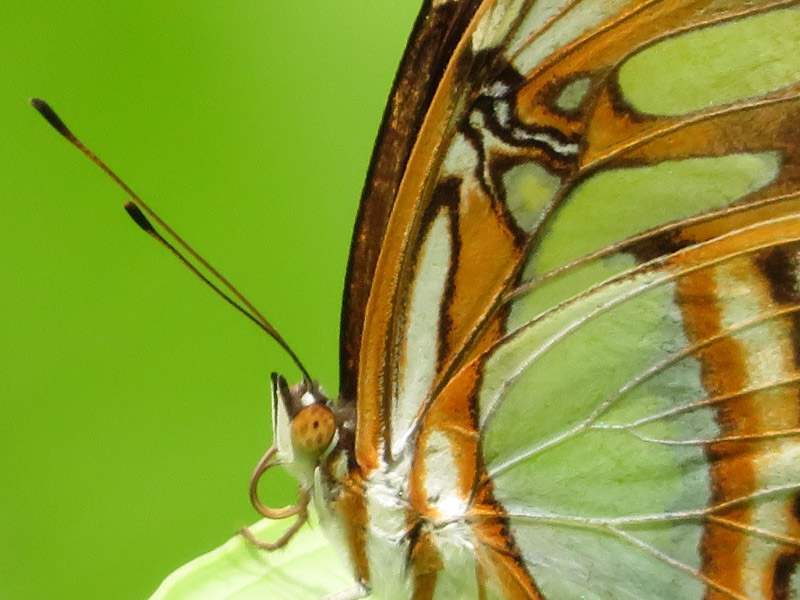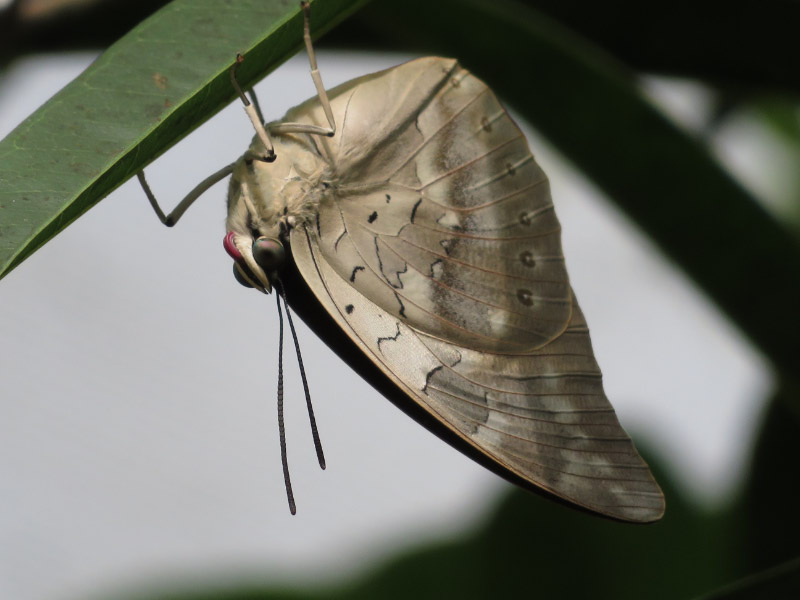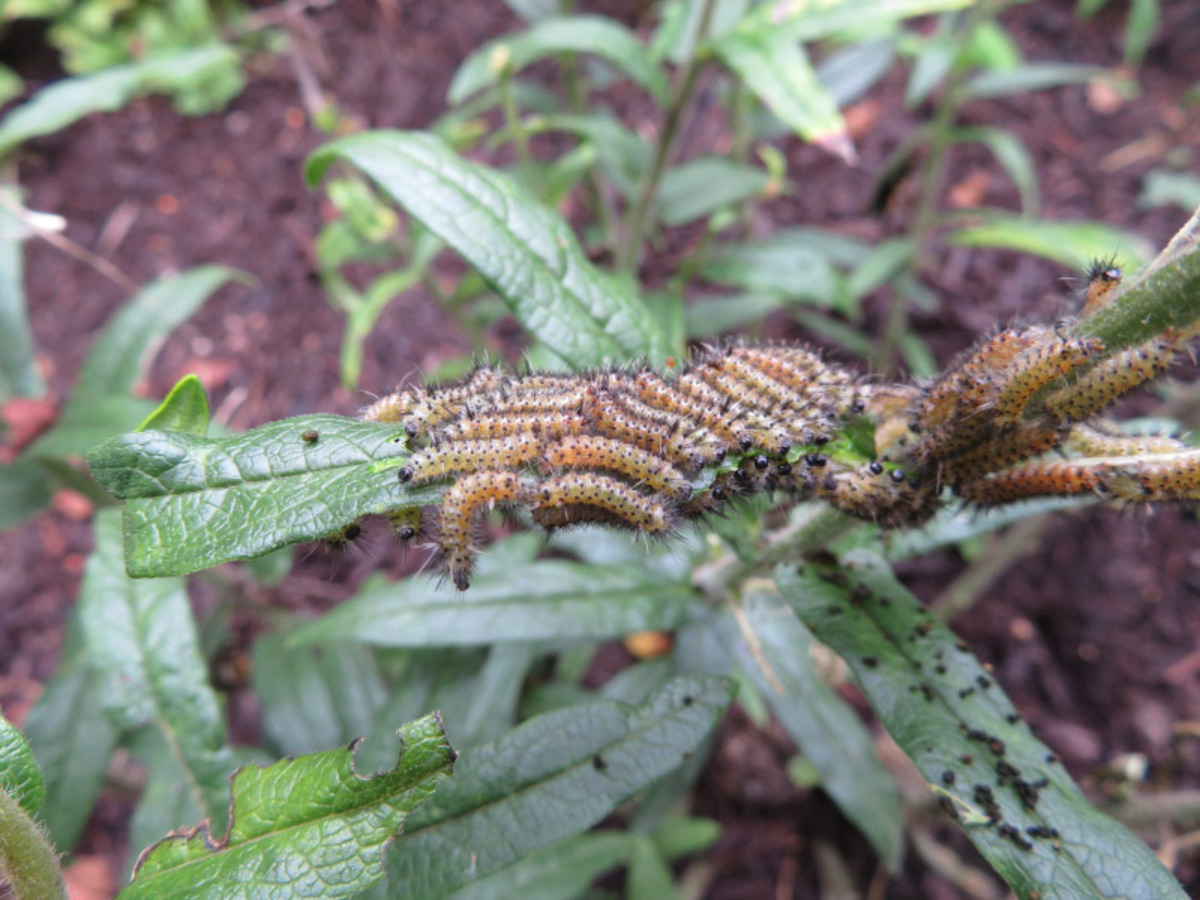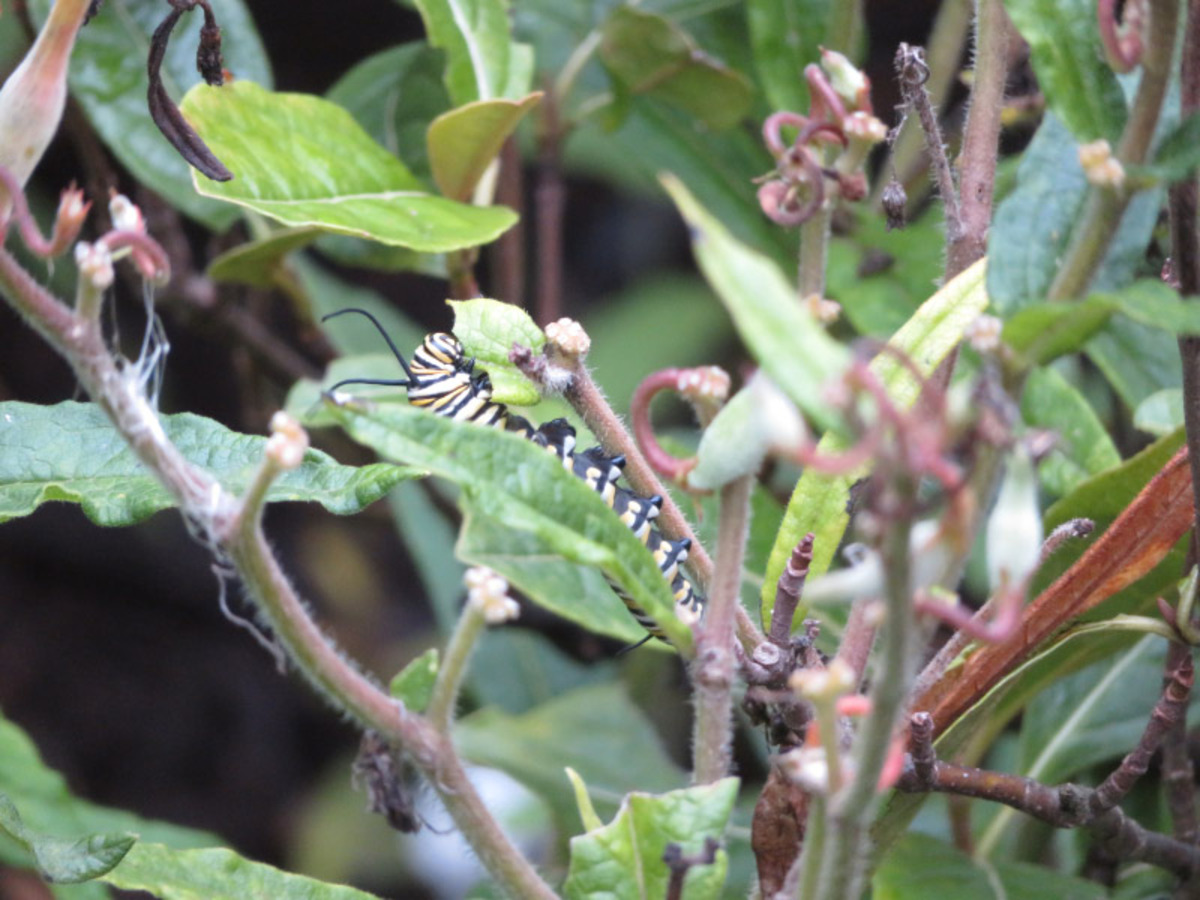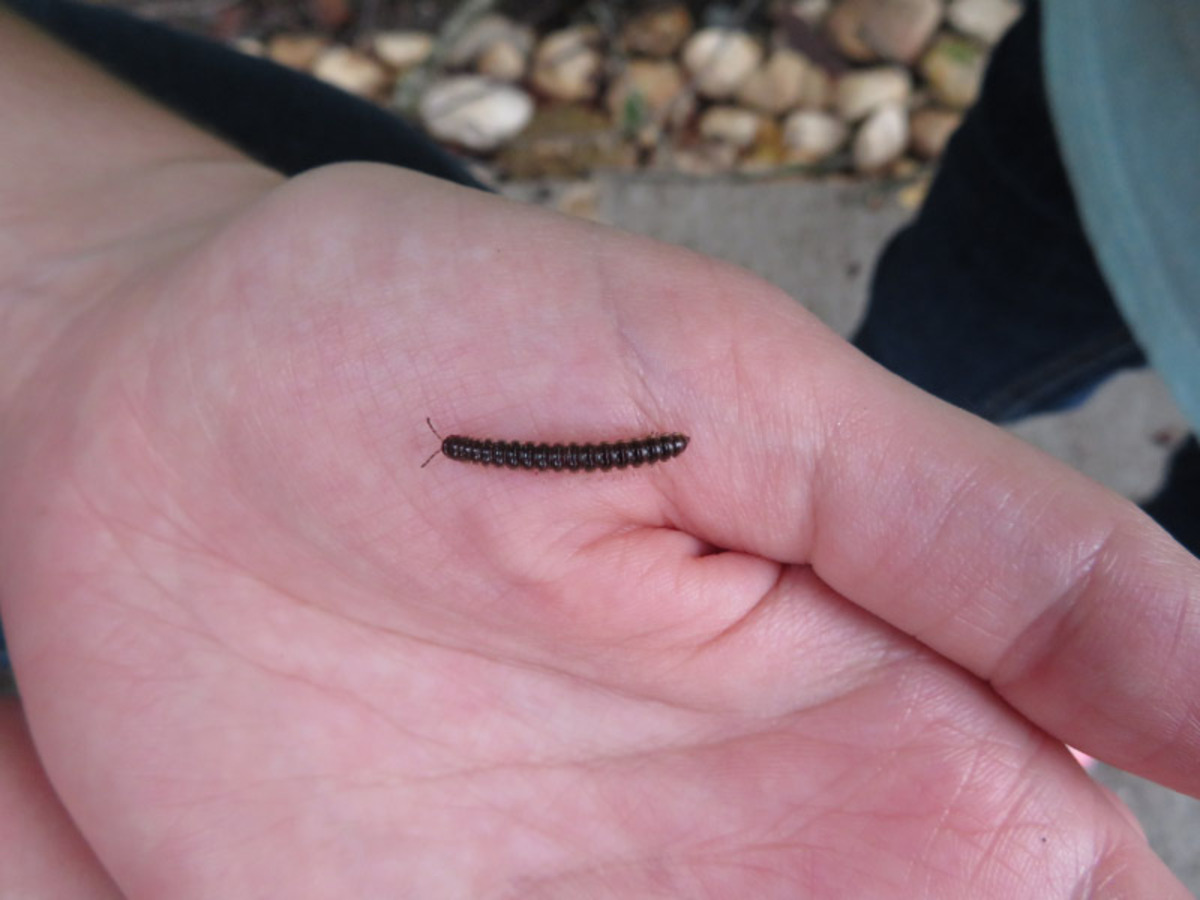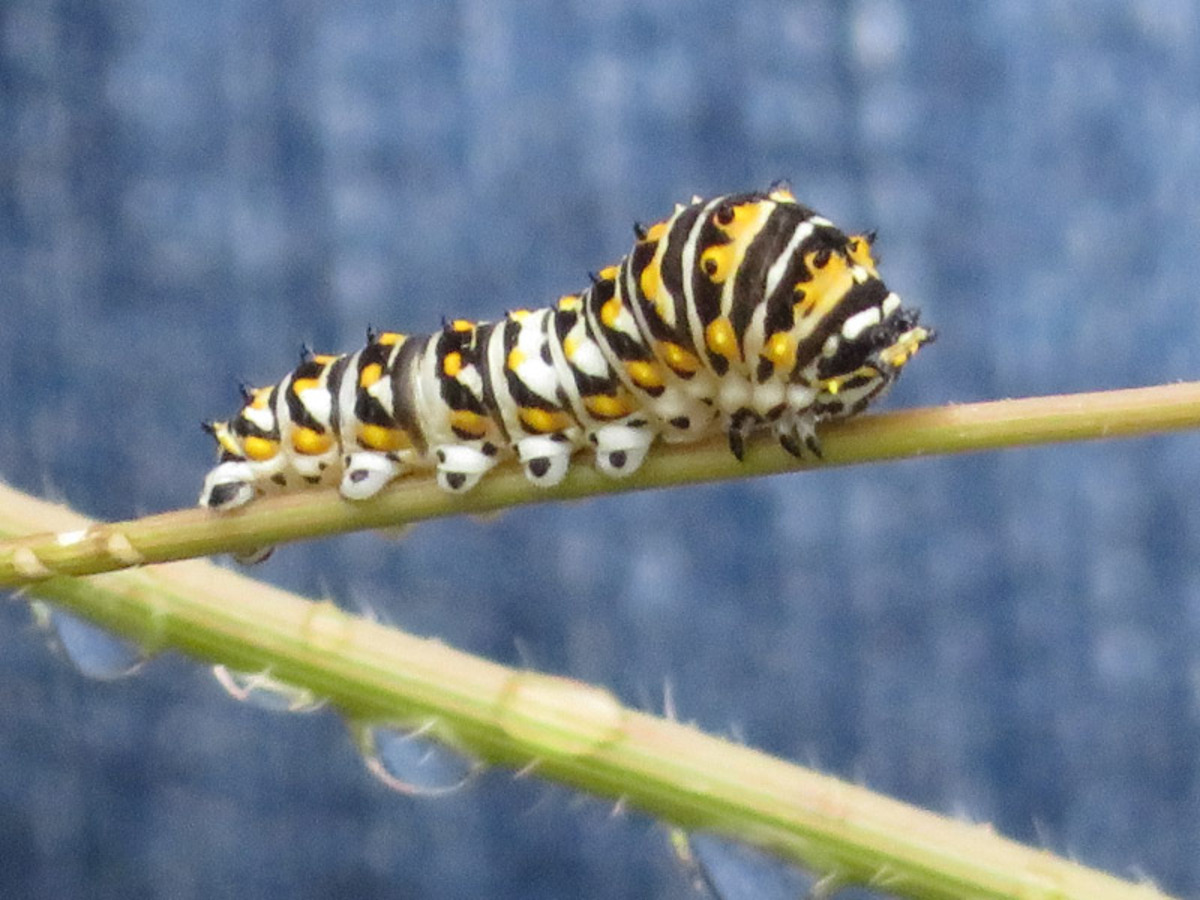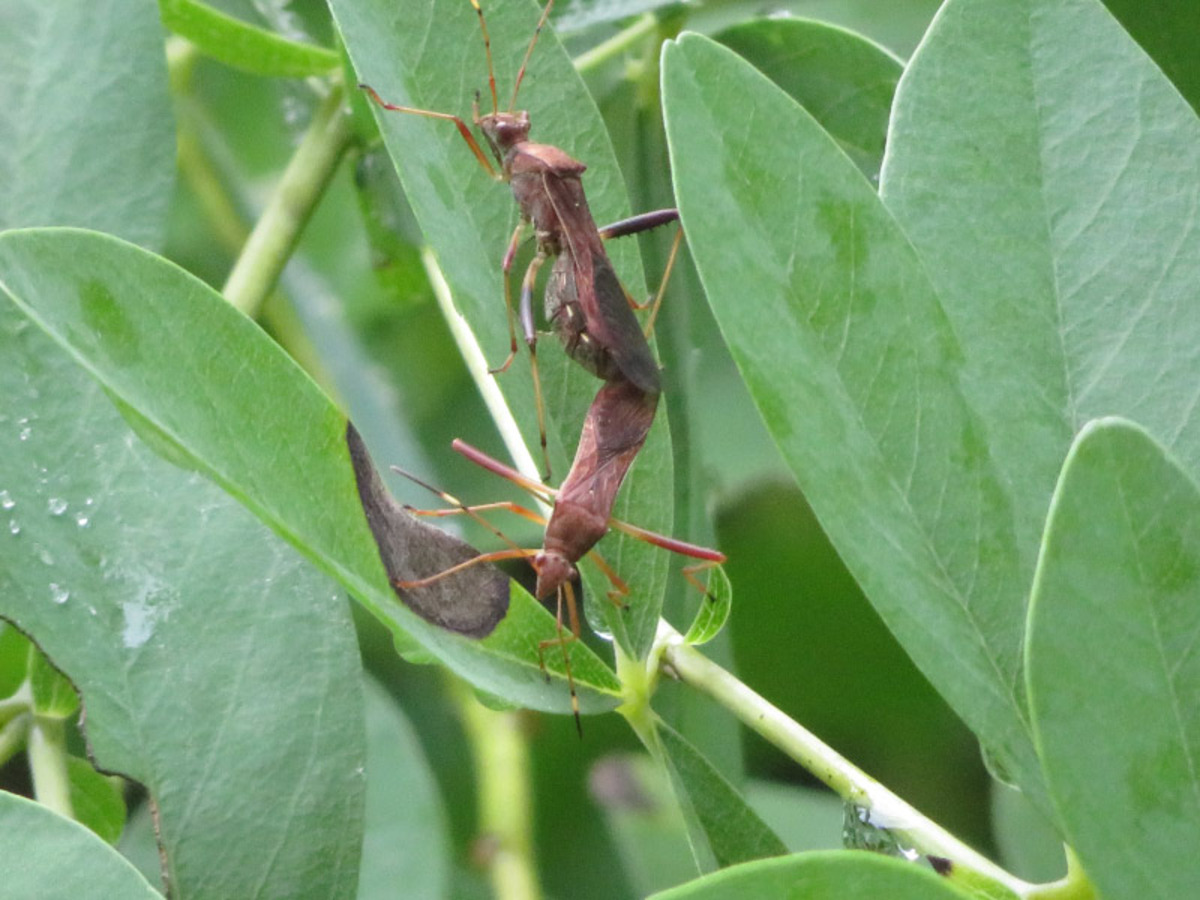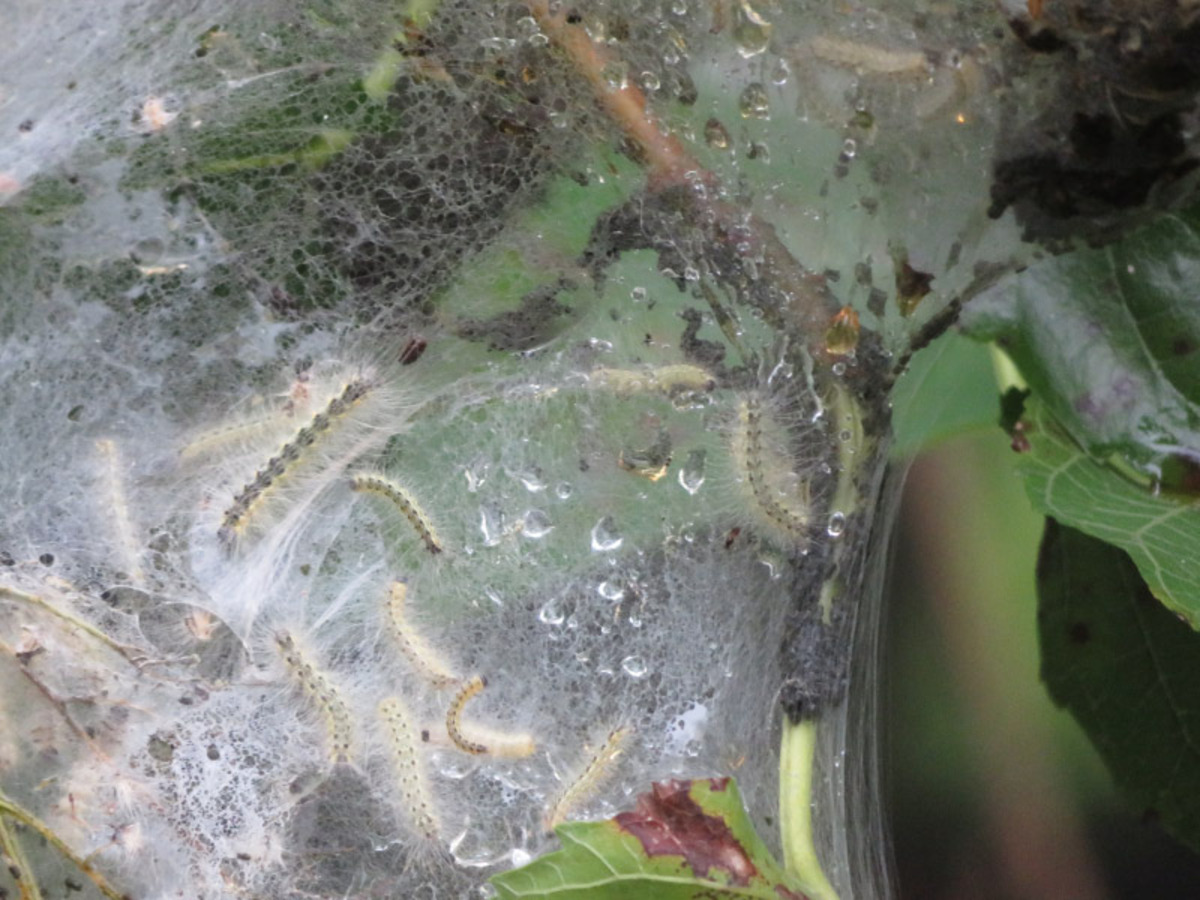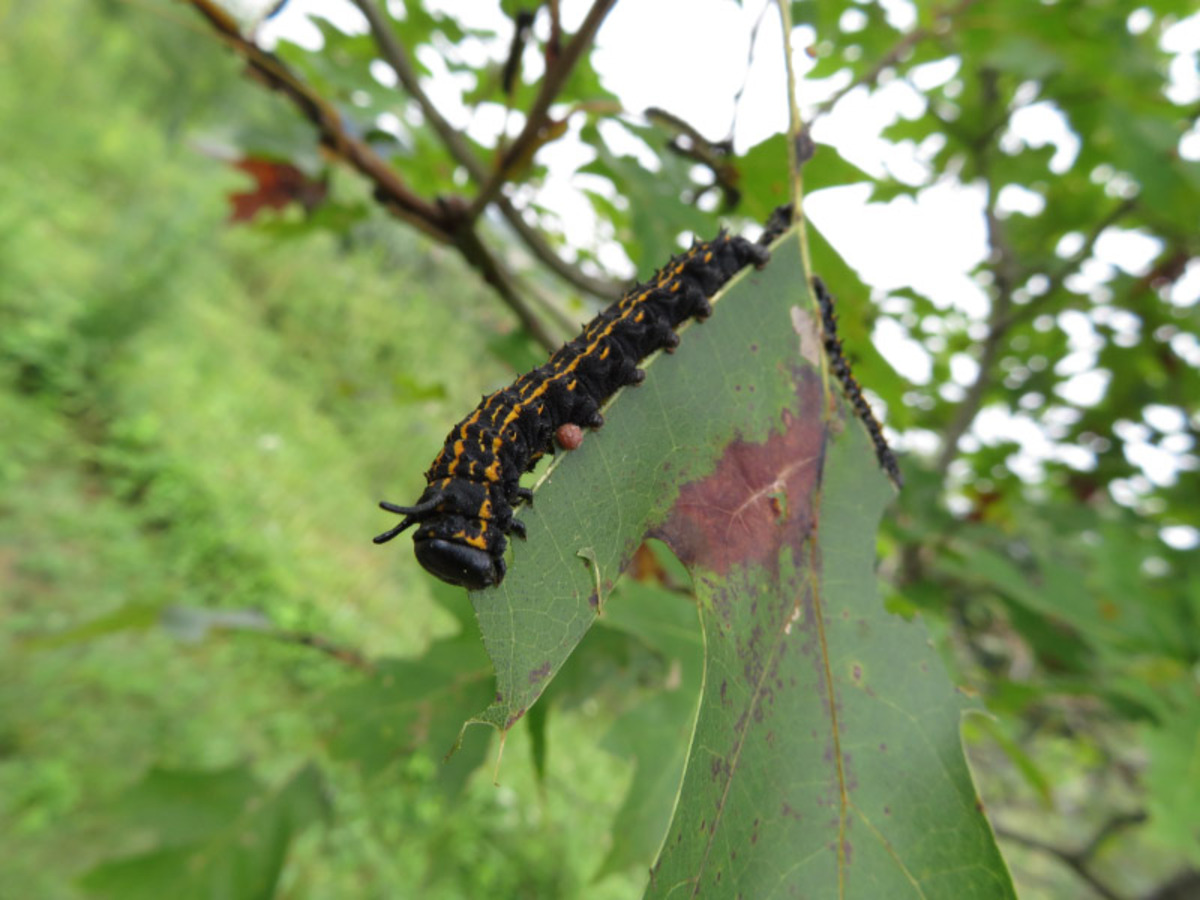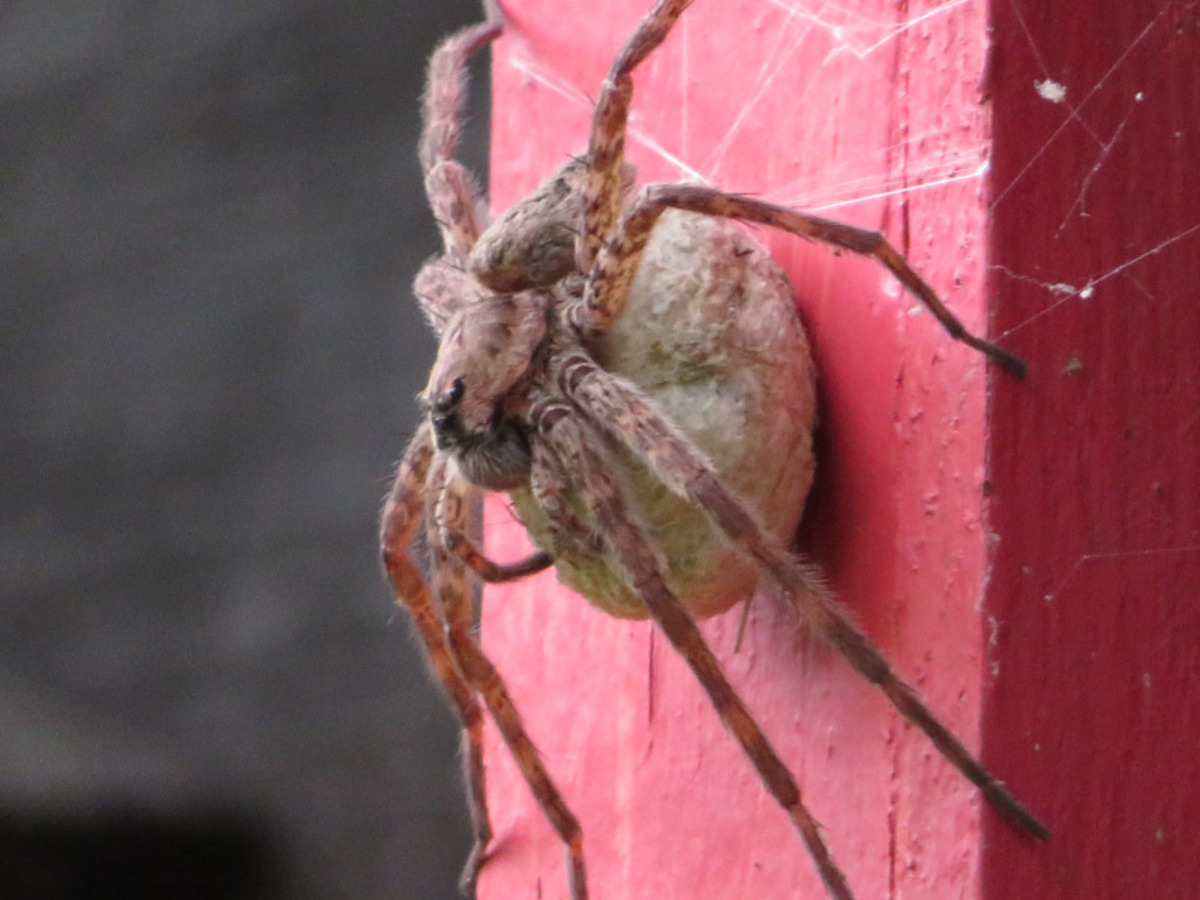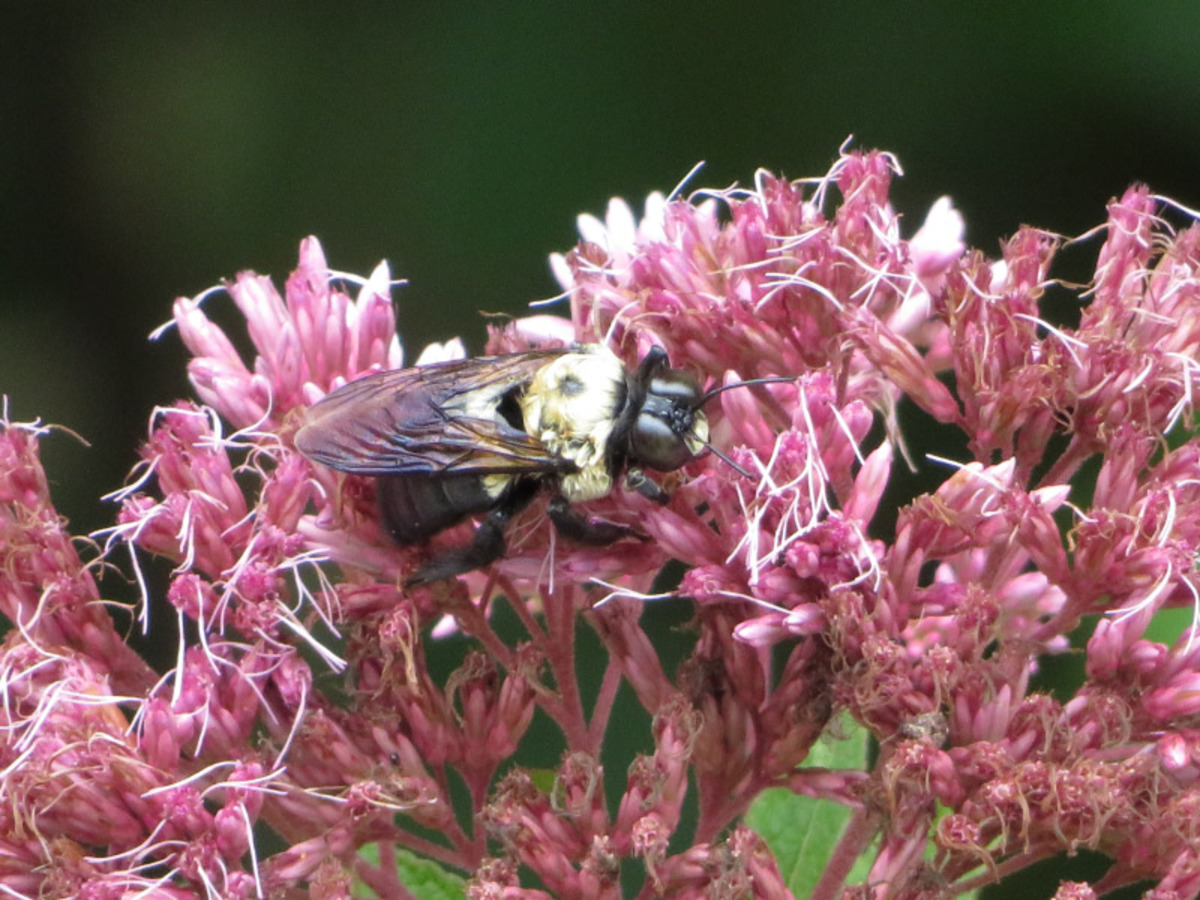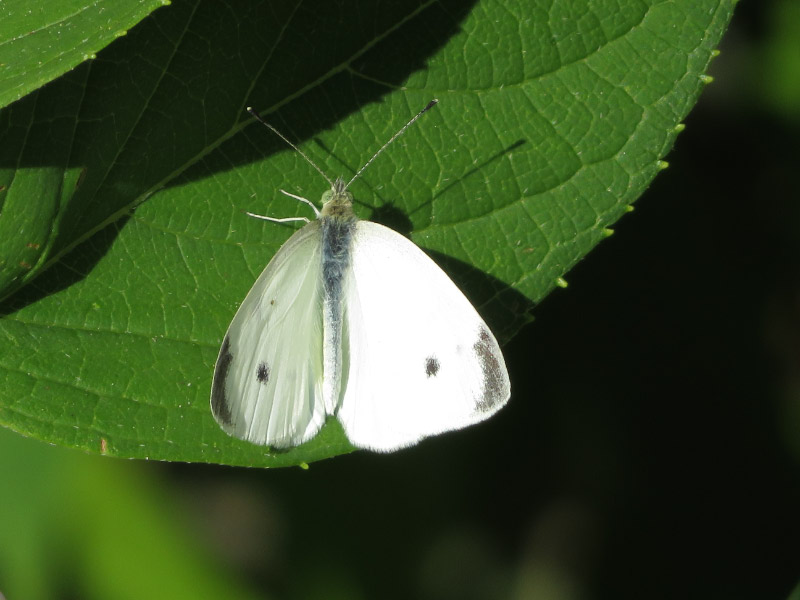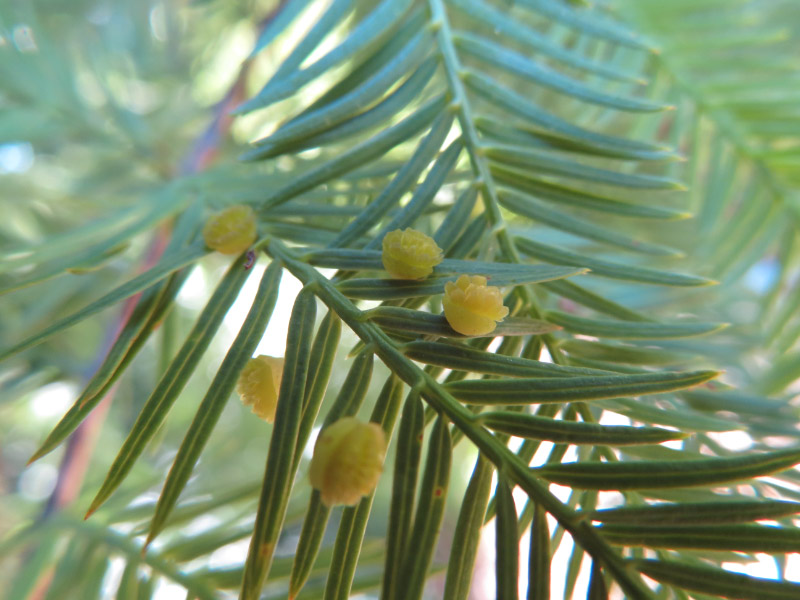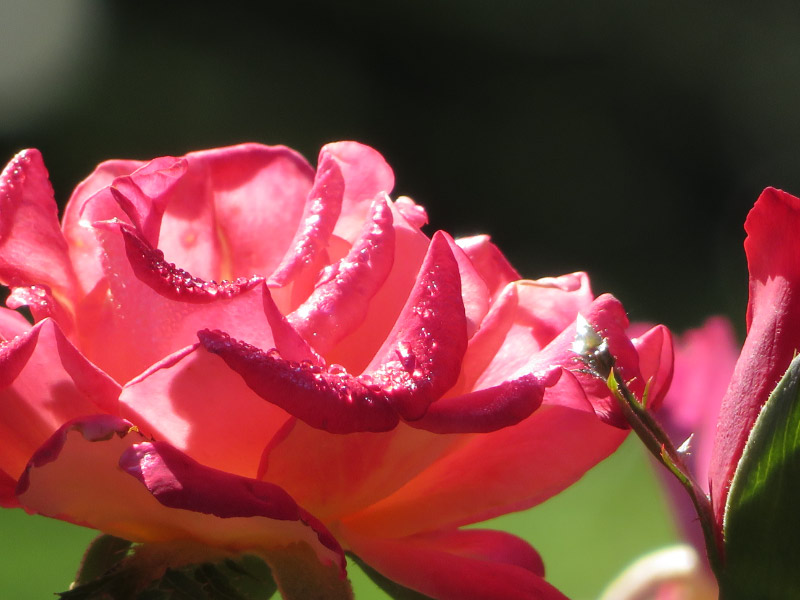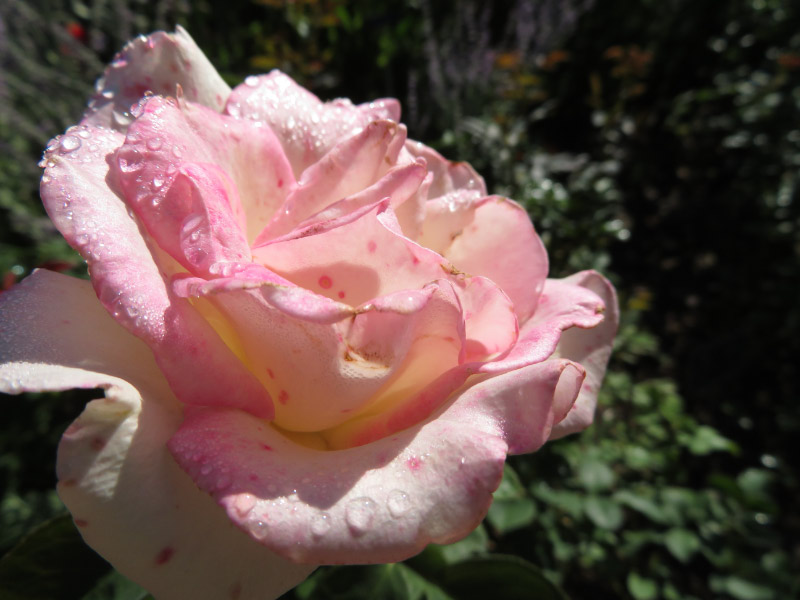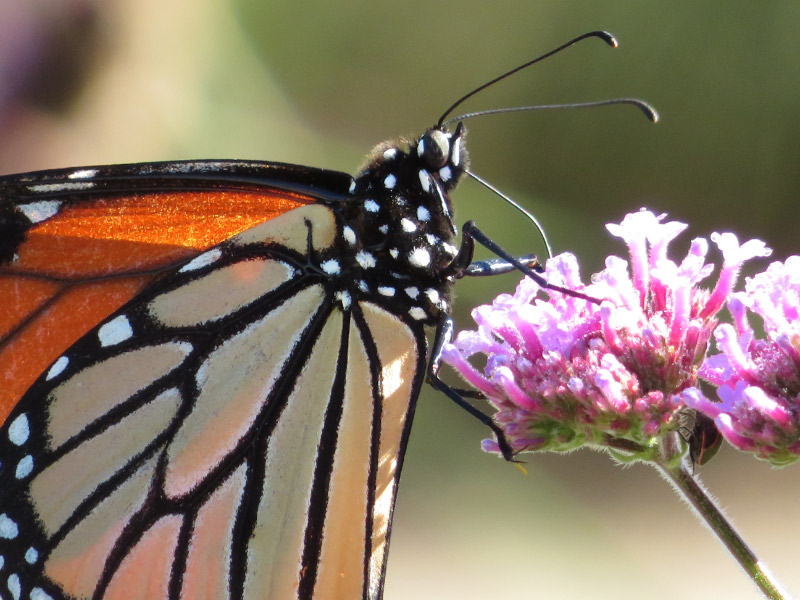We retraced our road trip to get home from Nebraska – taking two days (again) to make the drive.
I took some last pictures around the hotel the afternoon before we left: the art in front of the gas station when we were filling the tank, the sunny parking lot, and the curtains in the room (they are a good prompt for a Zentangle!). This trip was the first time I had ever been in Nebraska and I was surprised that it was hilly; somehow, I expected it to be very flat like the panhandle of Texas. As we headed east the next morning we made one stop while still in Nebraska. There were a few people that were making an early start like we were – but not the crowd at the rest stop on eclipse day! The rest stop included some signage about the Native American use of the area.
We crossed the Missouri River, leaving Nebraska and entering Iowa. The rest stop at Council Bluffs has good signage about the history of the place and the fossil record; artistic ‘bluffs’ near the entrance, a floral mosaic inside, and low dividers around some of the picnicking areas; and a reddish colored walkway that might have been patterned after the river we’d just crossed.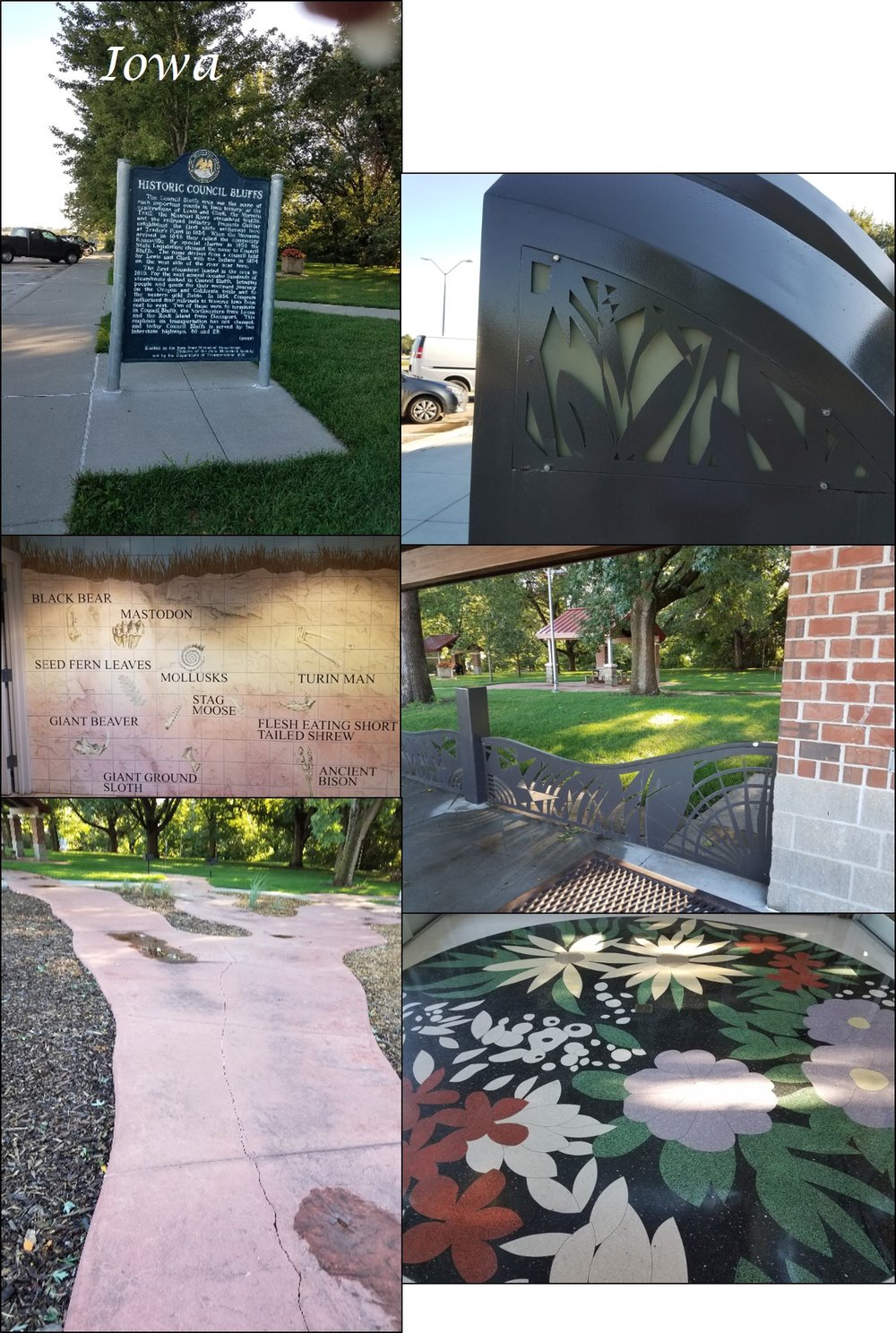
We stopped at mid-morning to eat watermelon another Iowa rest stop. There were plenty of tables in the shade but it was cool enough that we picked one in the sunshine. There was a cicada that was very slow moving – too cold to make noise or fly away when I got close to take a picture! We stopped in Iowa City for lunch at a McDonalds and part of the decoration had physics and chemistry formulas! Right before we entered Illinois, we made one last stop and I took pictures of sun flowers. I like to see plants that are good for pollinators and birds in the rest stop gardens.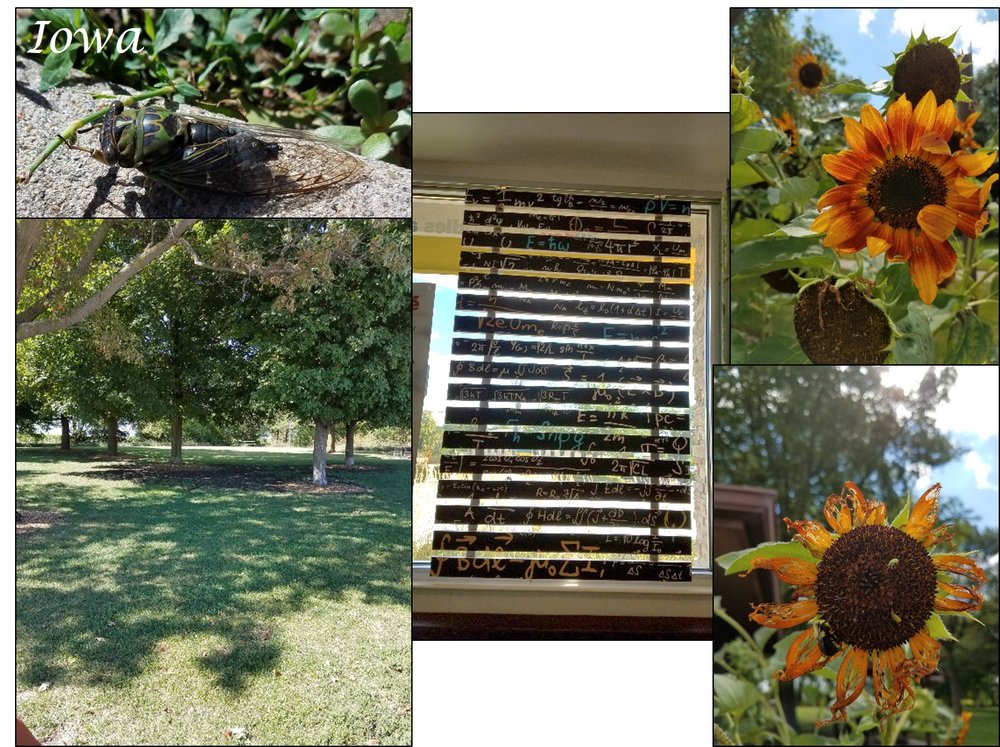
The Mississippi River is the boundary between Iowa and Illinois and I took a picture as we drove over the bridge. This is before the river joins with the Missouri…so it’s not as muddy looking. The only rest stop we used in Illinois had planted their formal beds with things good for last summer and fall insects and birds…good for them! It seems to be the trend in rest stop maintenance!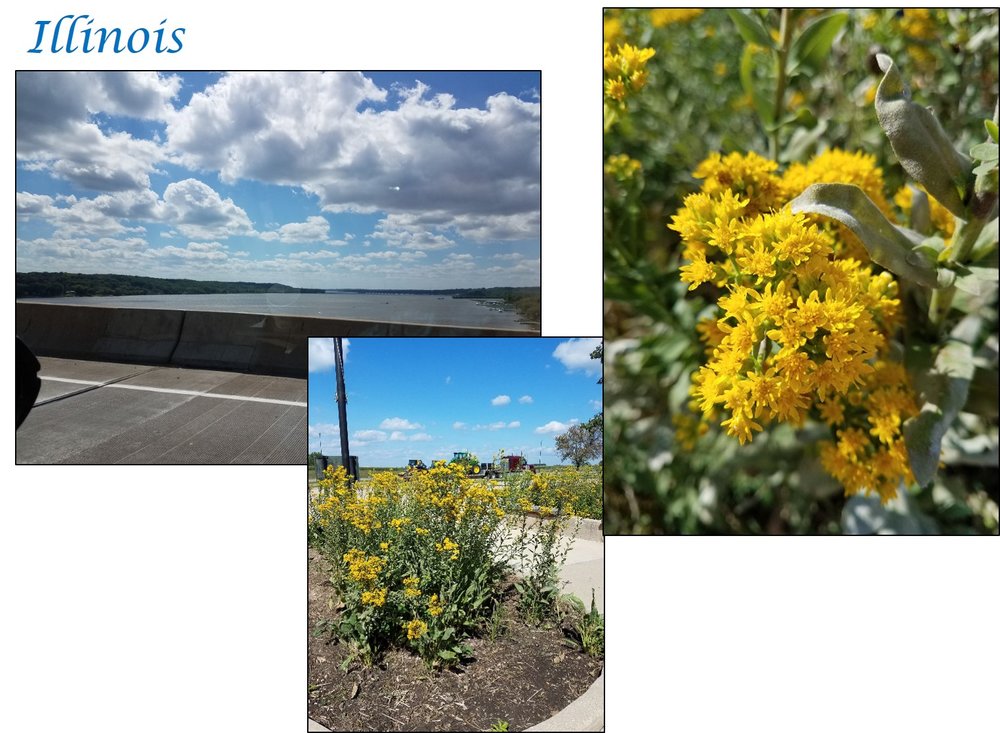
 We hit a lot of traffic as we drove to the south of Chicago and into Indiana. I took a picture as we entered the state. We made a stop at a gas station before we got to the hotel in Elkhart, Indiana….tired after a long drive. There was a restaurant within walking distance from our hotel and it felt good to get the exercise after sitting for so much of the day.
We hit a lot of traffic as we drove to the south of Chicago and into Indiana. I took a picture as we entered the state. We made a stop at a gas station before we got to the hotel in Elkhart, Indiana….tired after a long drive. There was a restaurant within walking distance from our hotel and it felt good to get the exercise after sitting for so much of the day.
The second day we had a shorter drive. The Ohio rest stops are more formal grass and trimmed bushes. There are some margins that might provide plants for insects. There are lots of travel brochures and I picked up several – thinking that north east Ohio could be a good destination for a fall or spring road trip. The rest stops have either barrel or dome sections over their food courts. I realized in the last one we stopped at that there was a Ohio map on the floor!
I took picture through the car window as we went into Pennsylvania. The Alleghenies make for a lot more elevation change and winding in the highway. The clouds were fluffy that day too. The skyline of Pittsburgh…the Heinz sign…the Squirrel Hill tunnel (my son-in-law’s apartment is on top of the tunnel!). After we left my daughter in Pittsburgh, we made a stop at one of the service plazas on the Pennsylvania Turnpike…and then it was through the Allegheny Mountain tunnel.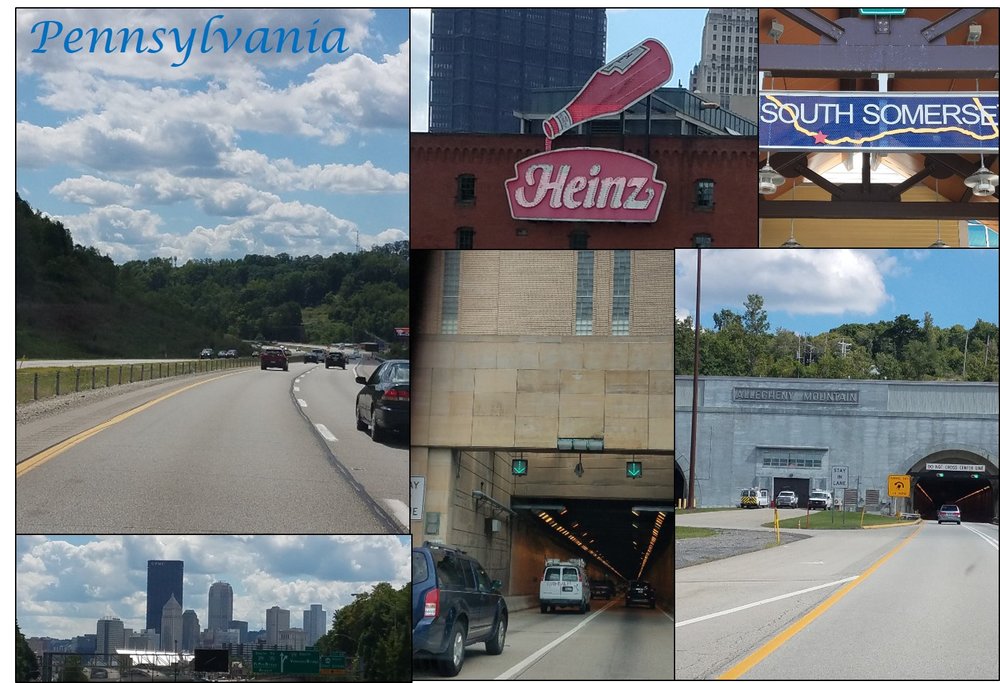
Our only stop in Maryland before we got home was at the South Mountain rest stop. By that time the fluffy clouds were mostly gone. The stop has mowed grass around the picnic tables…but the beds are planted with meadow type grasses and small flowers rather than exotic flowers. Those plants probably are easier to maintain and give the butterflies/bees a boost!
An hour later – it was good to get home.
Previous posts about our Solar Eclipse trek: Road Trip to Nebraska for the Eclipse, Indiana Dunes National Lakeshore, Solar Eclipse – August 2017, Nebraska Sunrise.




